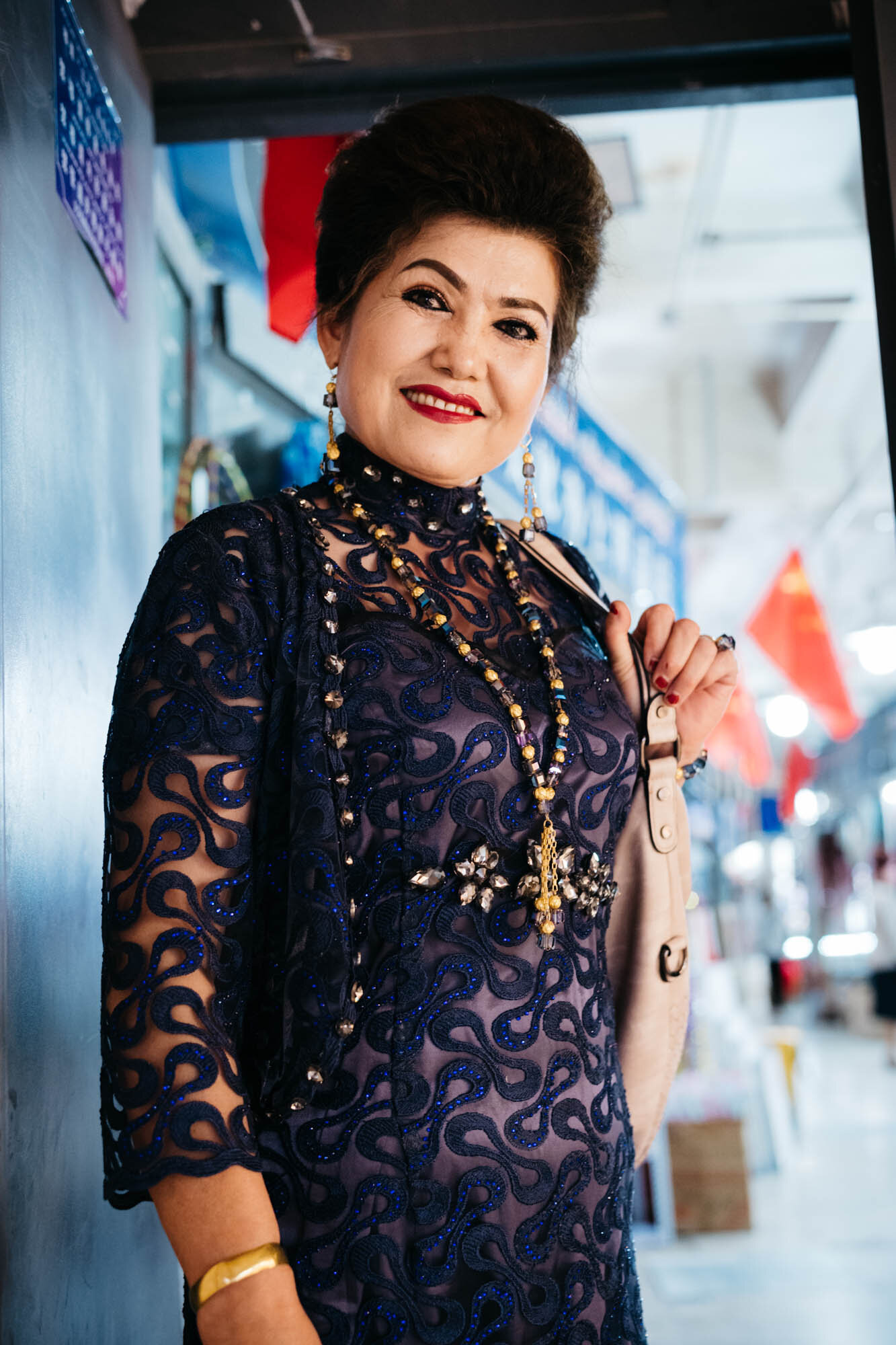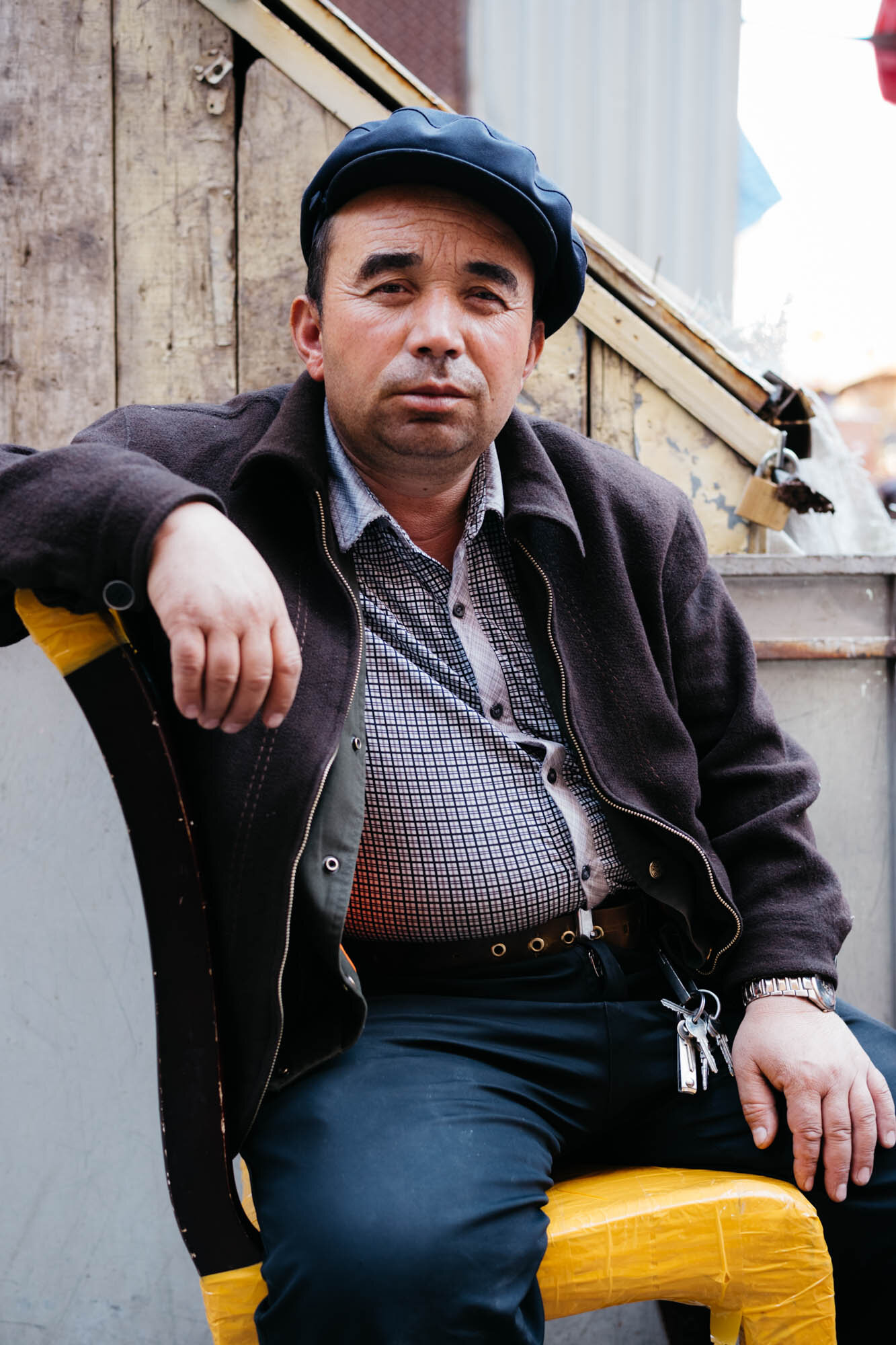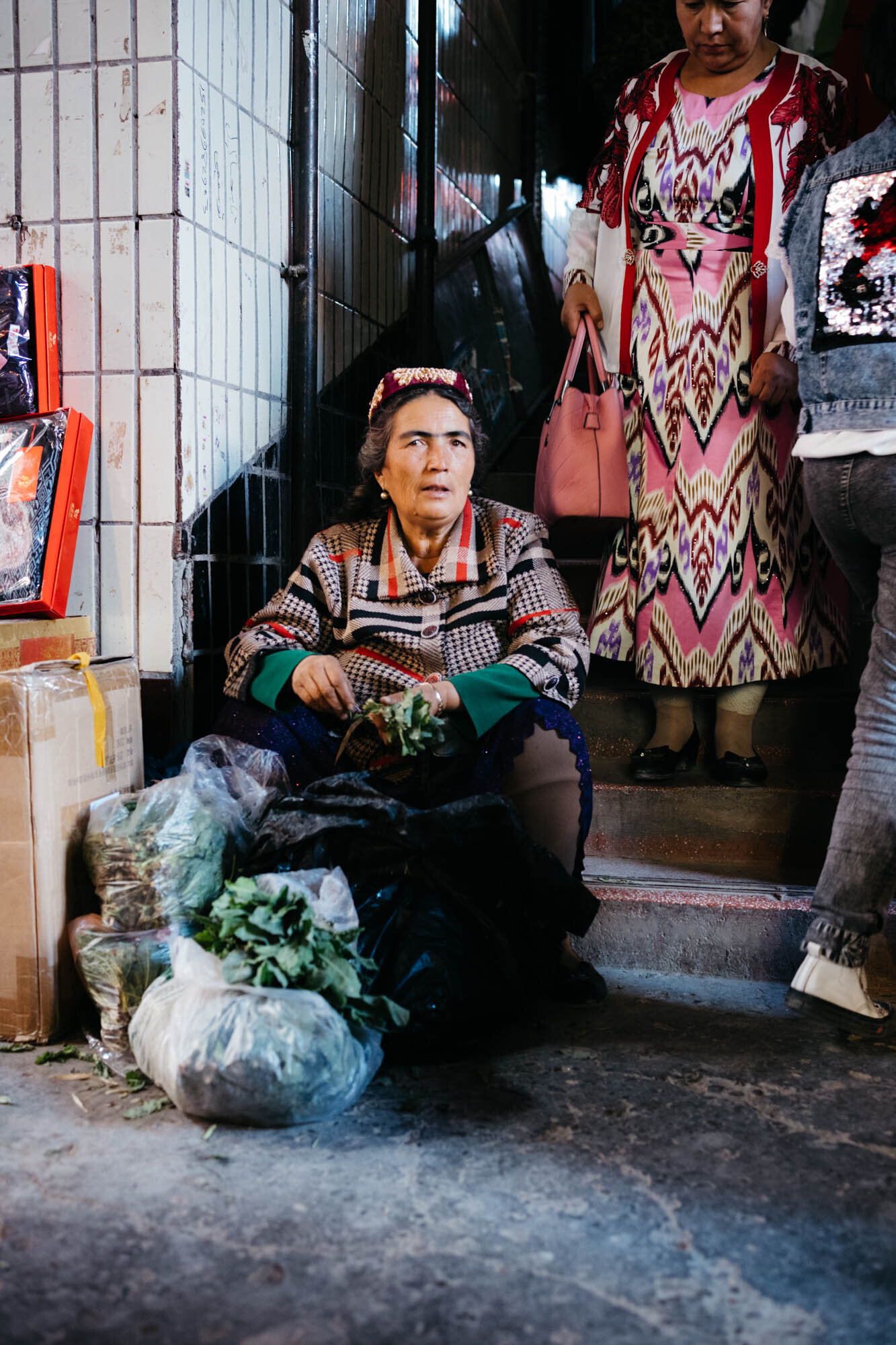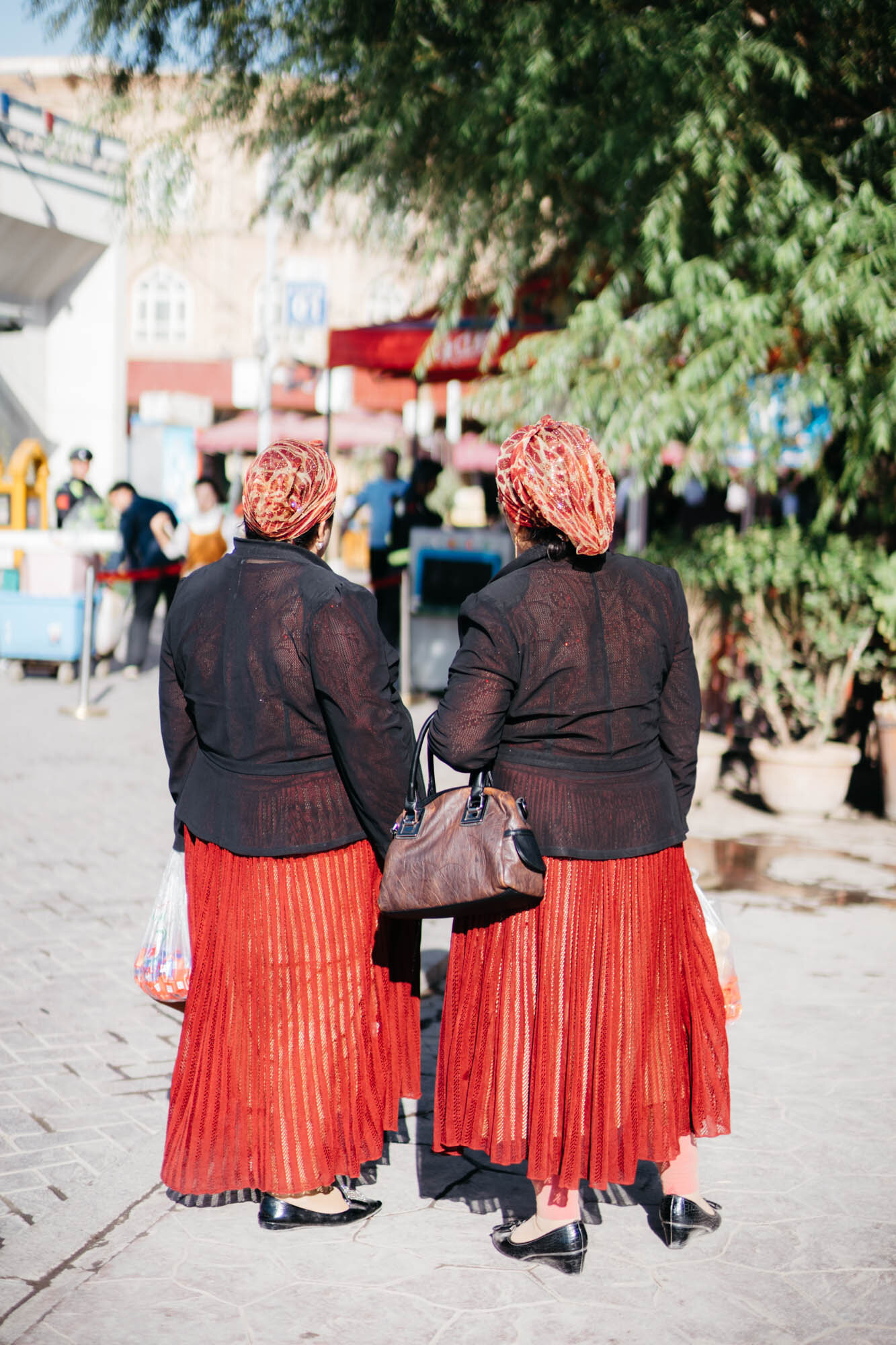Kashgar, ancient Silk Road trading hub
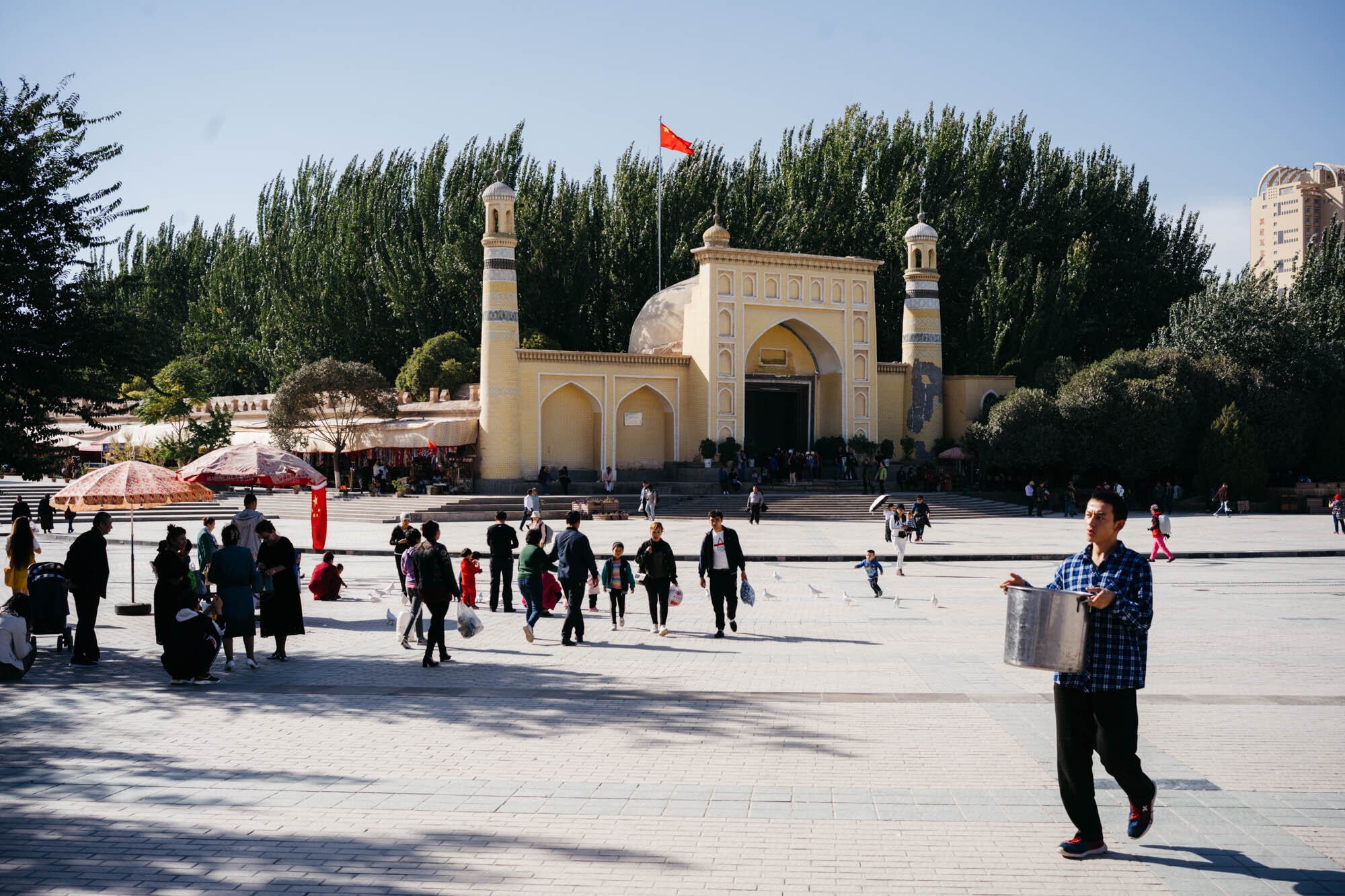
The Id Kah Mosque in central Kashgar
A selection of photographs from China’s ancient Silk Road trading hub in the westernmost corner of Xinjiang Province known to the Uyghur community who live there as the Republic of East Turkestan.
_________________________
I arrived in Kashgar after a six hour minibus ride from an even more remote town in Xinjiang called Tashkurgan; the first town one encounters after crossing the border from northern Pakistan through the Khunjerab pass - the highest paved border crossing in the world.
Kashgar is located in the far west of China, in Xinjiang Province, near the borders of Kyrgyzstan, Tajikistan, Afghanistan and Pakistan.
There are over 31 nationalities residing in the Kashgar area, including Uyghur, Han, Hui, Tajik, Khalkhas, Uzbek, Kazak, Russ, Mongol, Manchu and Tatar. The majority of people are Muslim.
Having dreamt for years about visiting Kashgar - a place of myth, mystery and legend in my mind - it was a wonderful moment to finally reach it. The three days I spend there were amongst the most enjoyable I have spent anywhere. Much of the city is very walkable and the people were extremely welcoming. I took more portraits here than anywhere else I visited on my journey across Eurasia.
Whilst much of Kashgar’s old town has been destroyed in recent years - deemed unfit for habitation and unsanitary by the authorities - and replaced by a new ‘old town’, the streets are remarkably full of life. Traders, cooks, musicians, and a variety of artisans can be found all about the centre of town.
The loss of the old ‘old town’ is a source of deep pain for the local Muslim (primarily Uyghur) population who have suffered so much in recent years. I wish I could have seen it myself and hope very much that these photos capture some of the spirit of that old place.
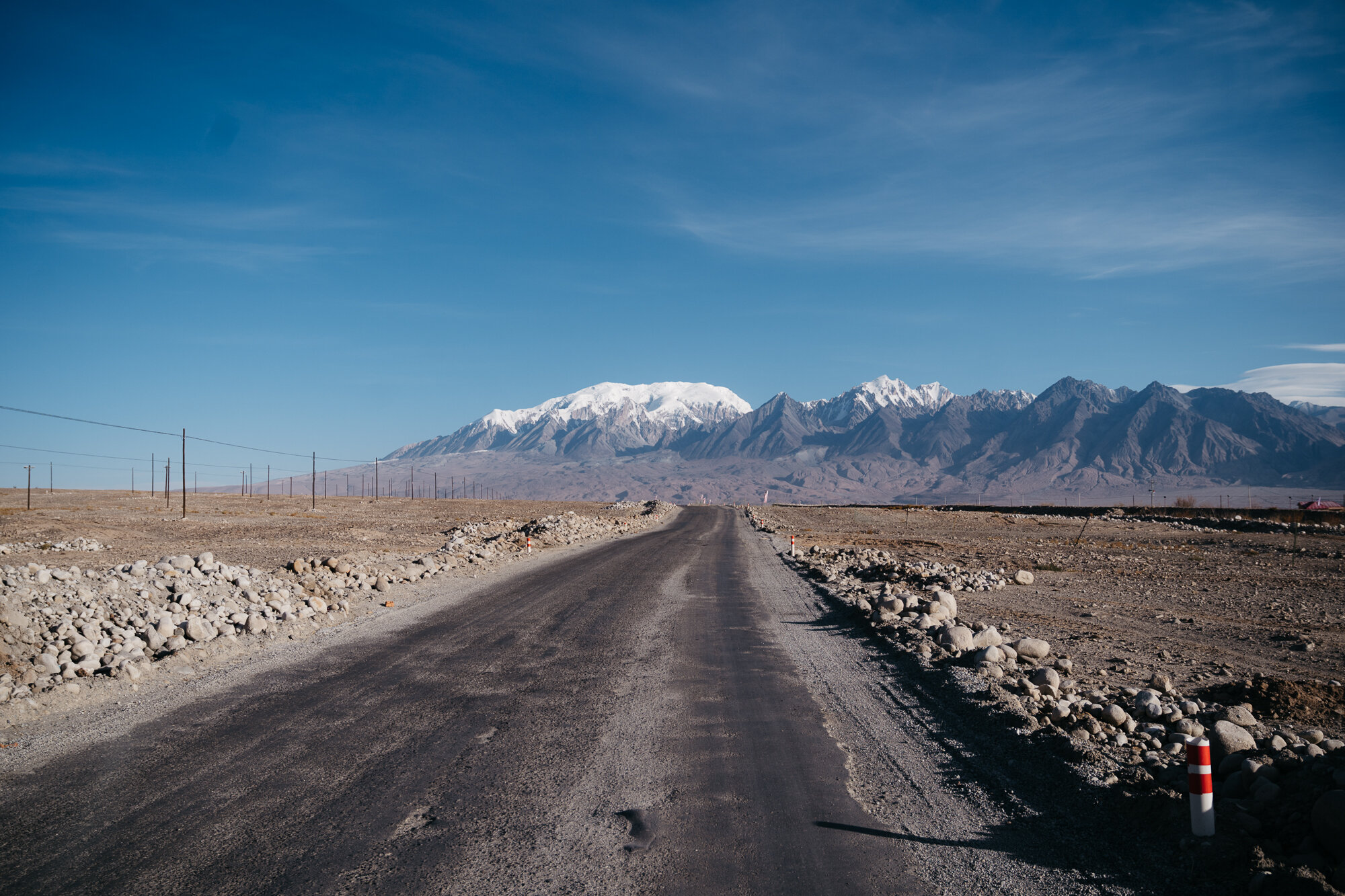
Leaving Tashkurgan, the first Chinese town after crossing the border from Pakistan, on route to Kashgar.
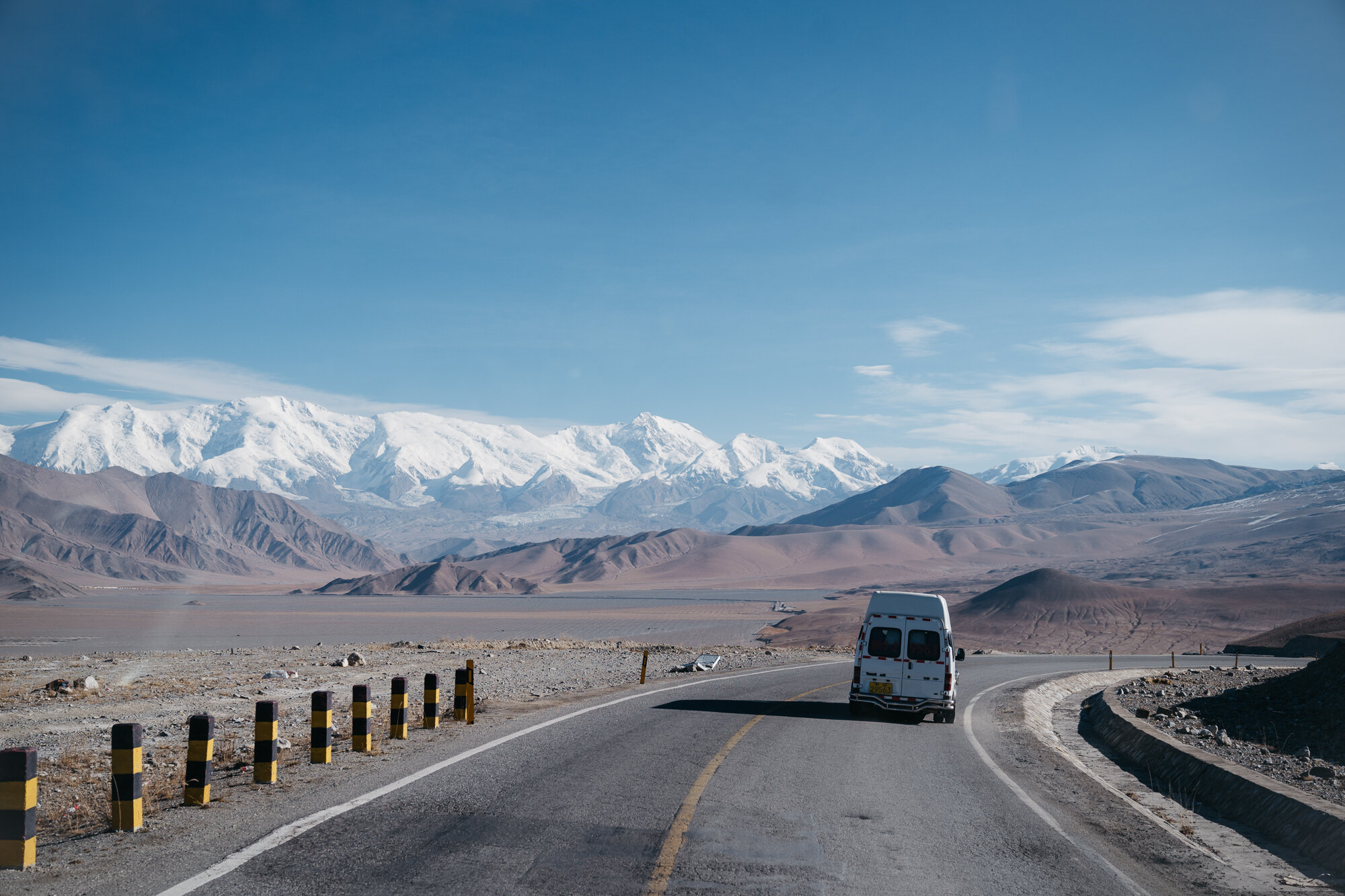
The road from Tashkurgan to Kashgar. These mountains are part of the Pamir mountain range.
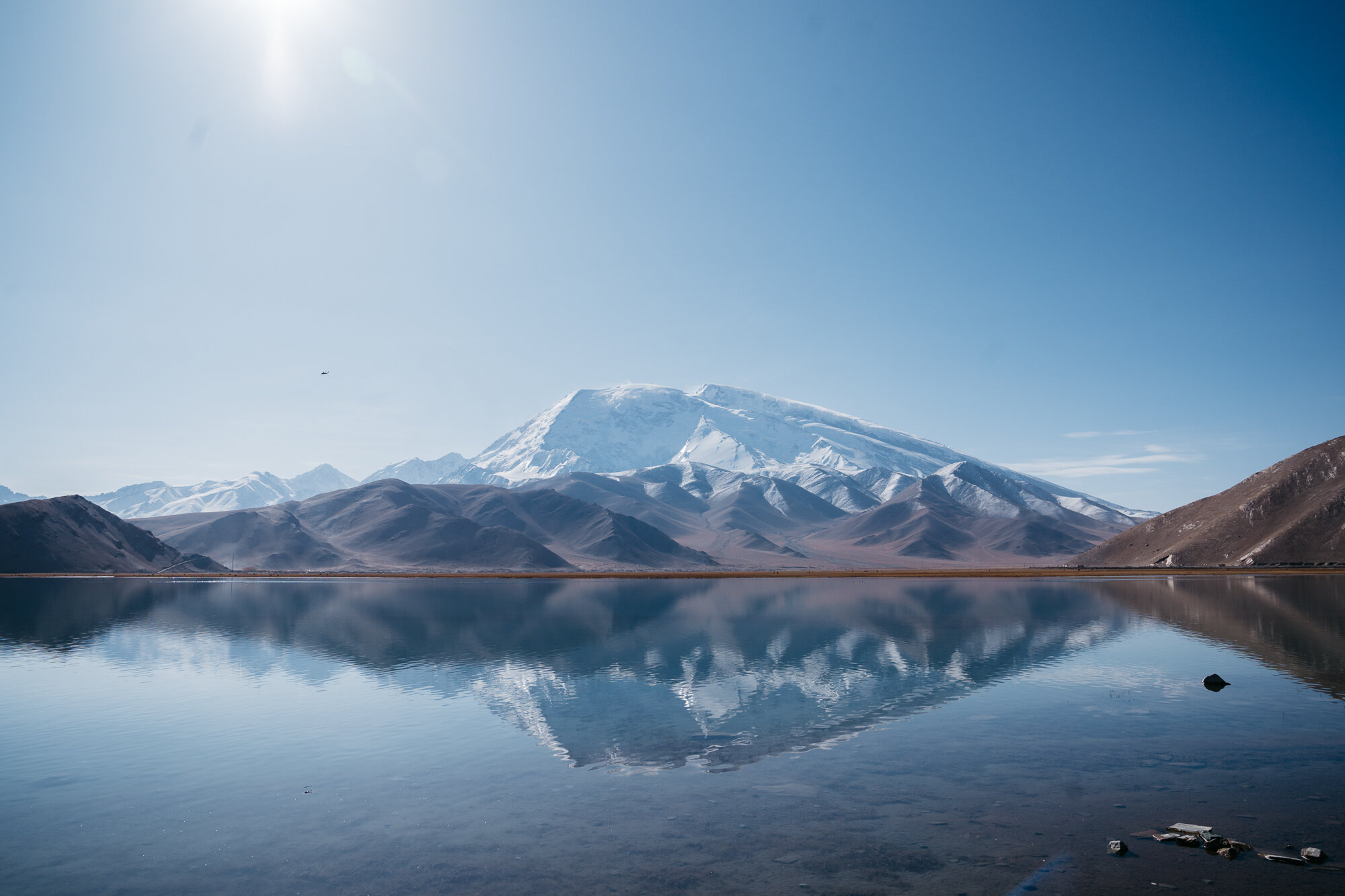
A military helicopter can be seen on the left. Chinese military presence was felt keenly on this road.
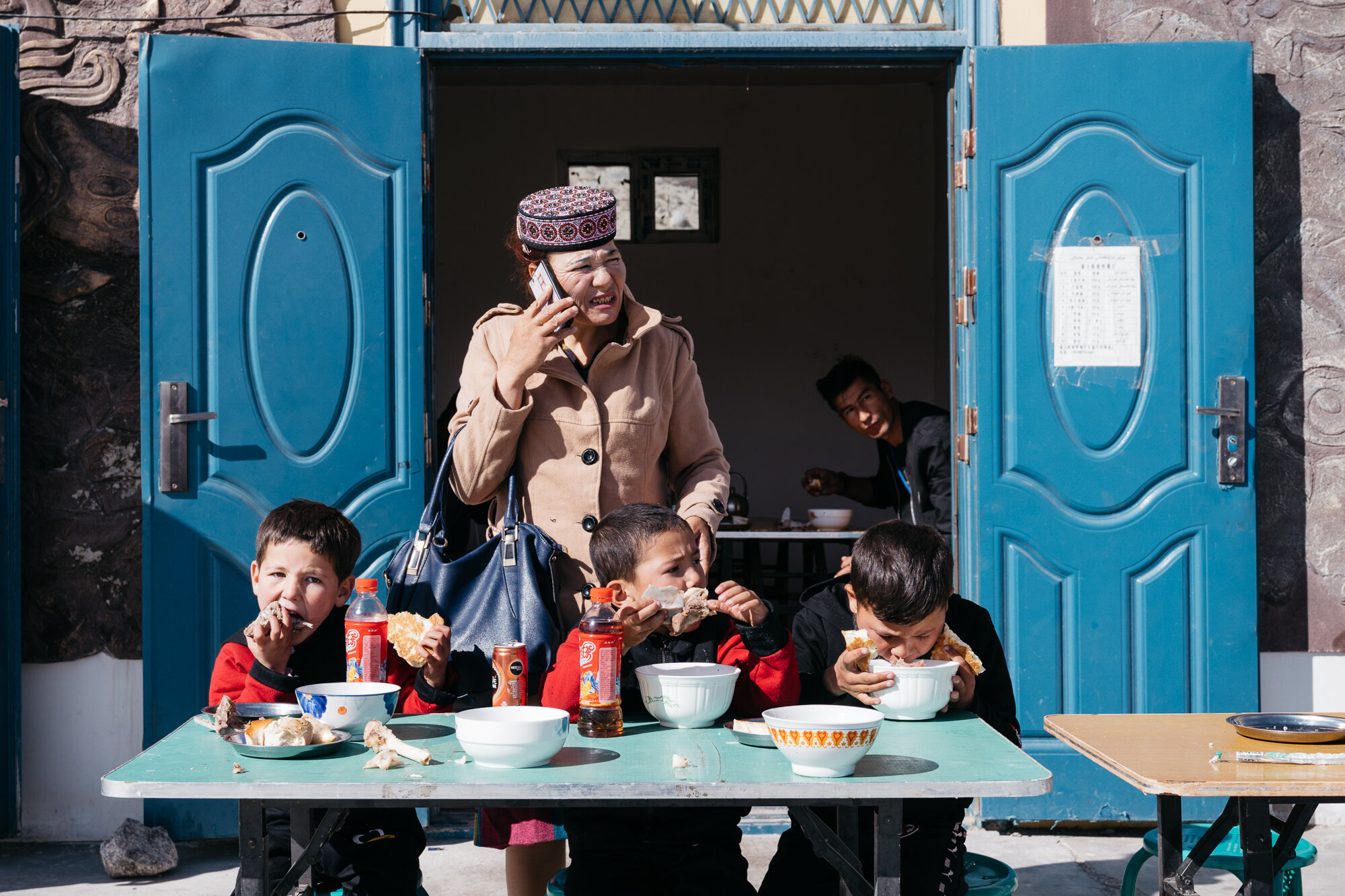
Pit-stop on the road to Kashgar. Most of the inhabitants of western Xinjiang province part of an Turkic minority ethnic group originating from and culturally affiliated with the general region of Central and East Asia. This lady is wearing a traditional Tajik hat.
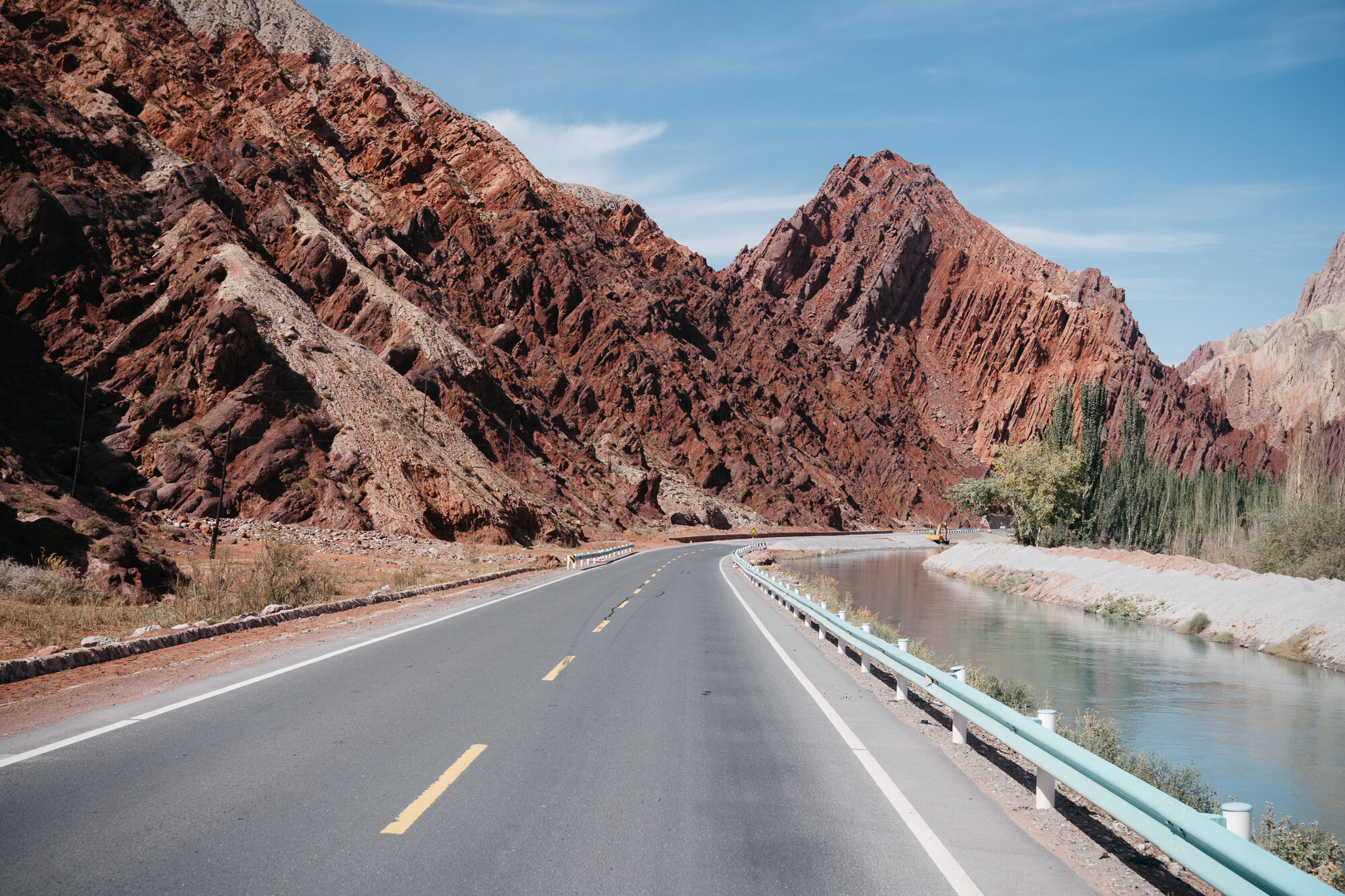
Unusual rock formations on the road to Kashgar

Kashgar's new 'old town'. Much of Kashgar’s original old town has been demolished in recent years in part due to poor sanitary conditions and been replaced by an ‘old style’ new old town. My visit was soon after the 70th anniversary of the People’s Republic of China hence the numerous flags everywhere.
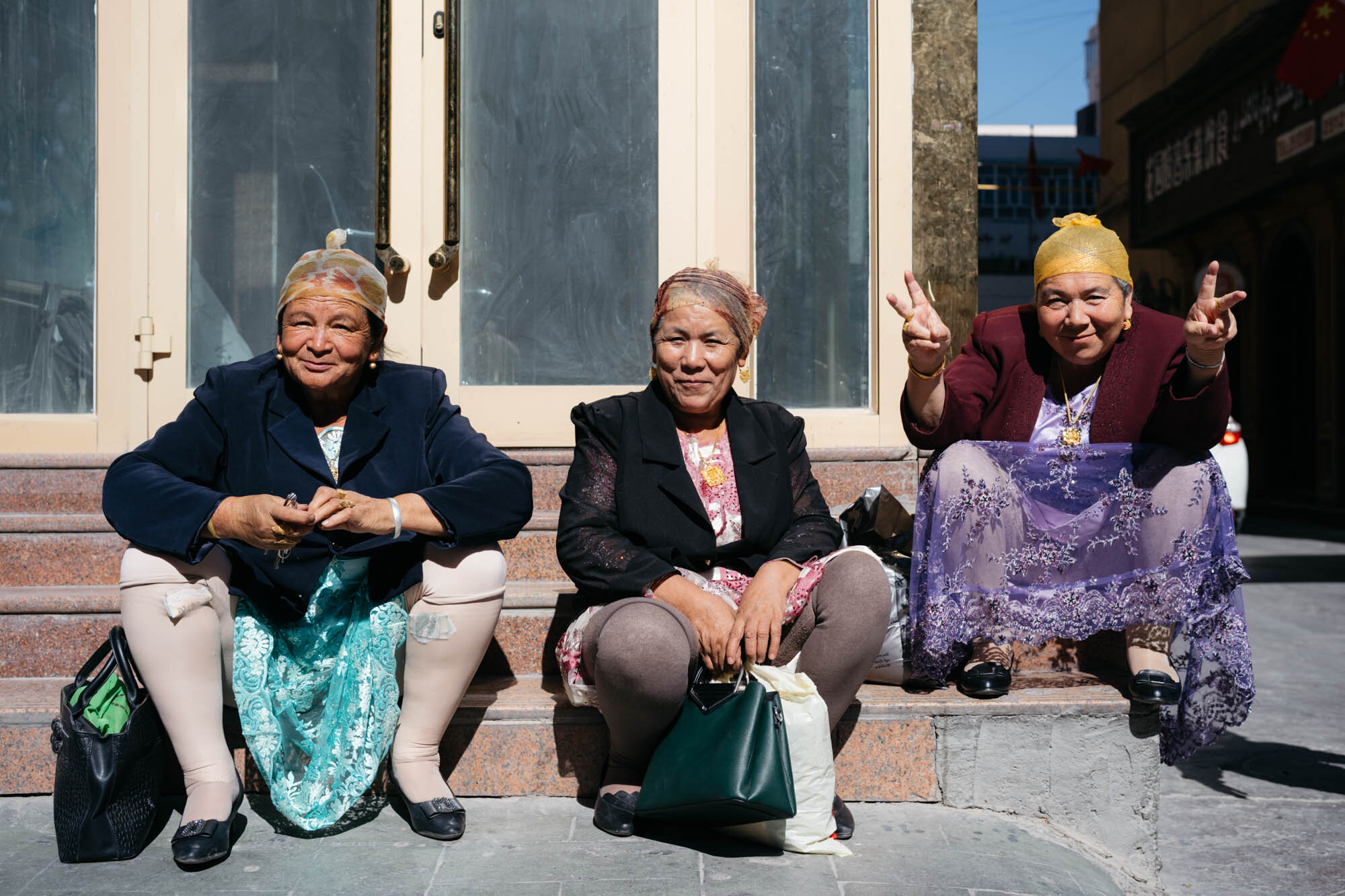
Three Uyghur ladies. The Uyghurs are a Turkic minority ethnic group originating from and culturally affiliated with the general region of Central and East Asia. The Uyghurs are recognised as native to the Xinjiang Uyghur Autonomous Region in Northwest China. They are considered to be one of China's 55 officially recognised ethnic minorities
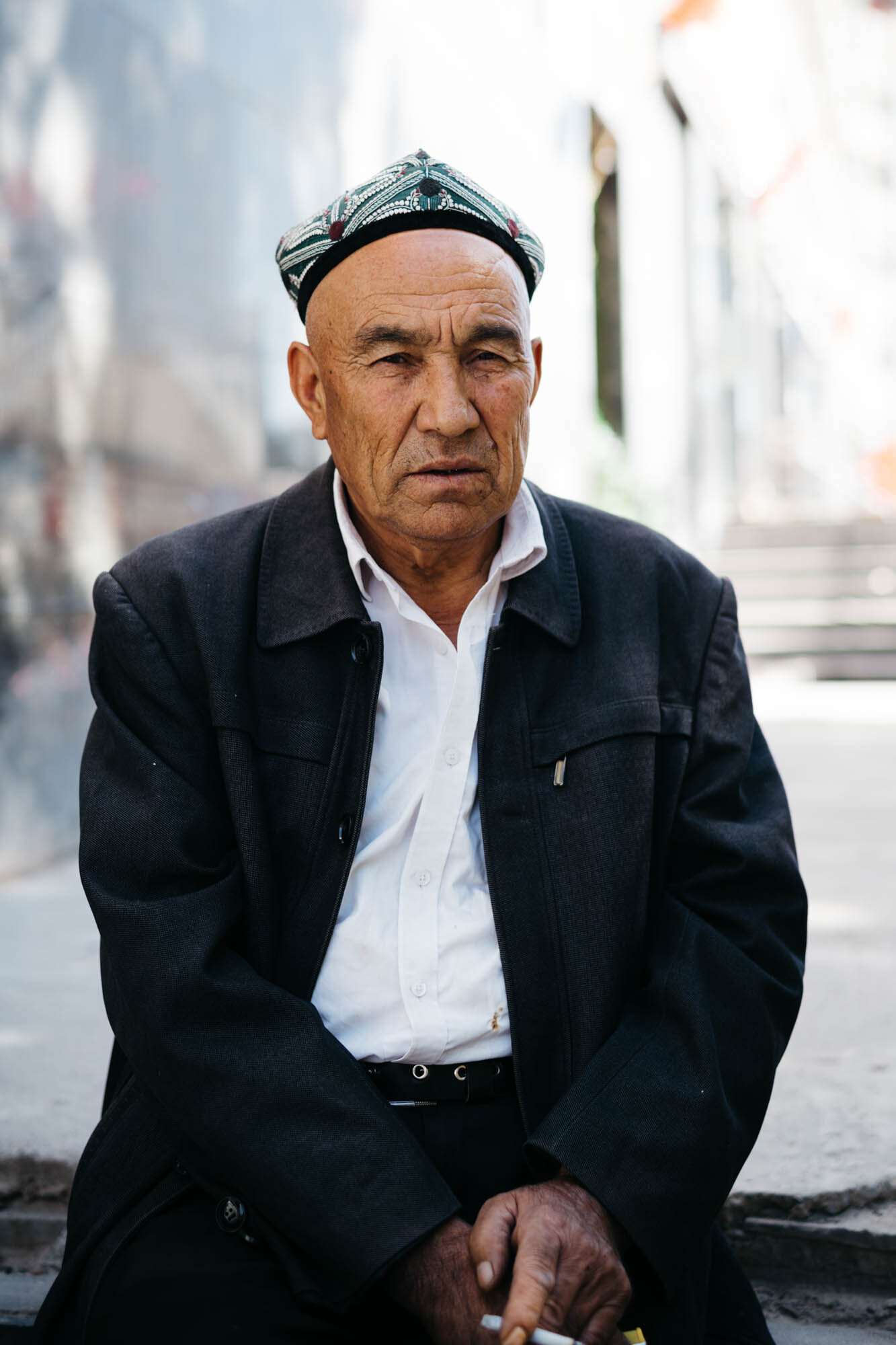
An Uyghur man wearing a traditional hat
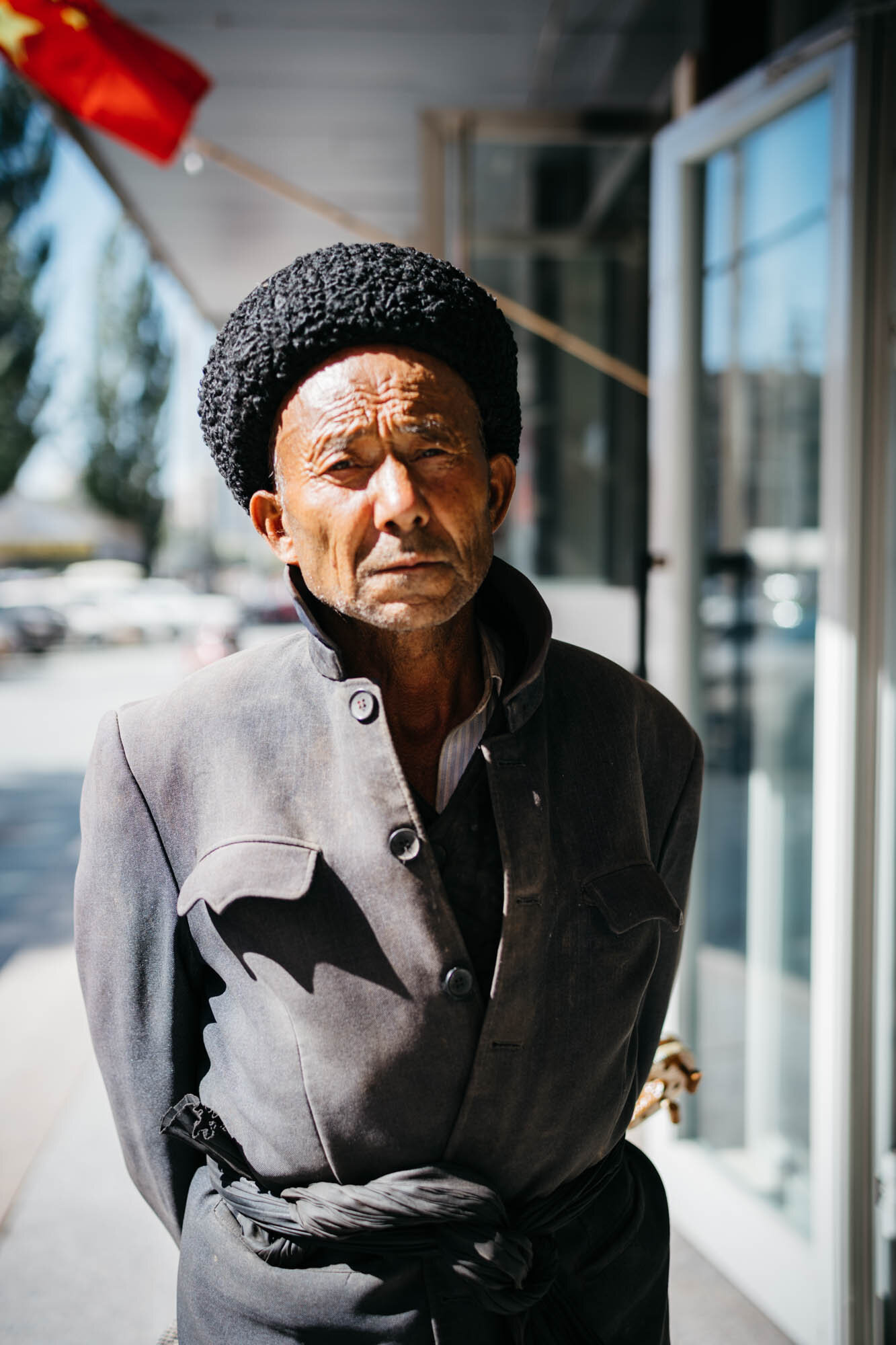
An Uyghur man
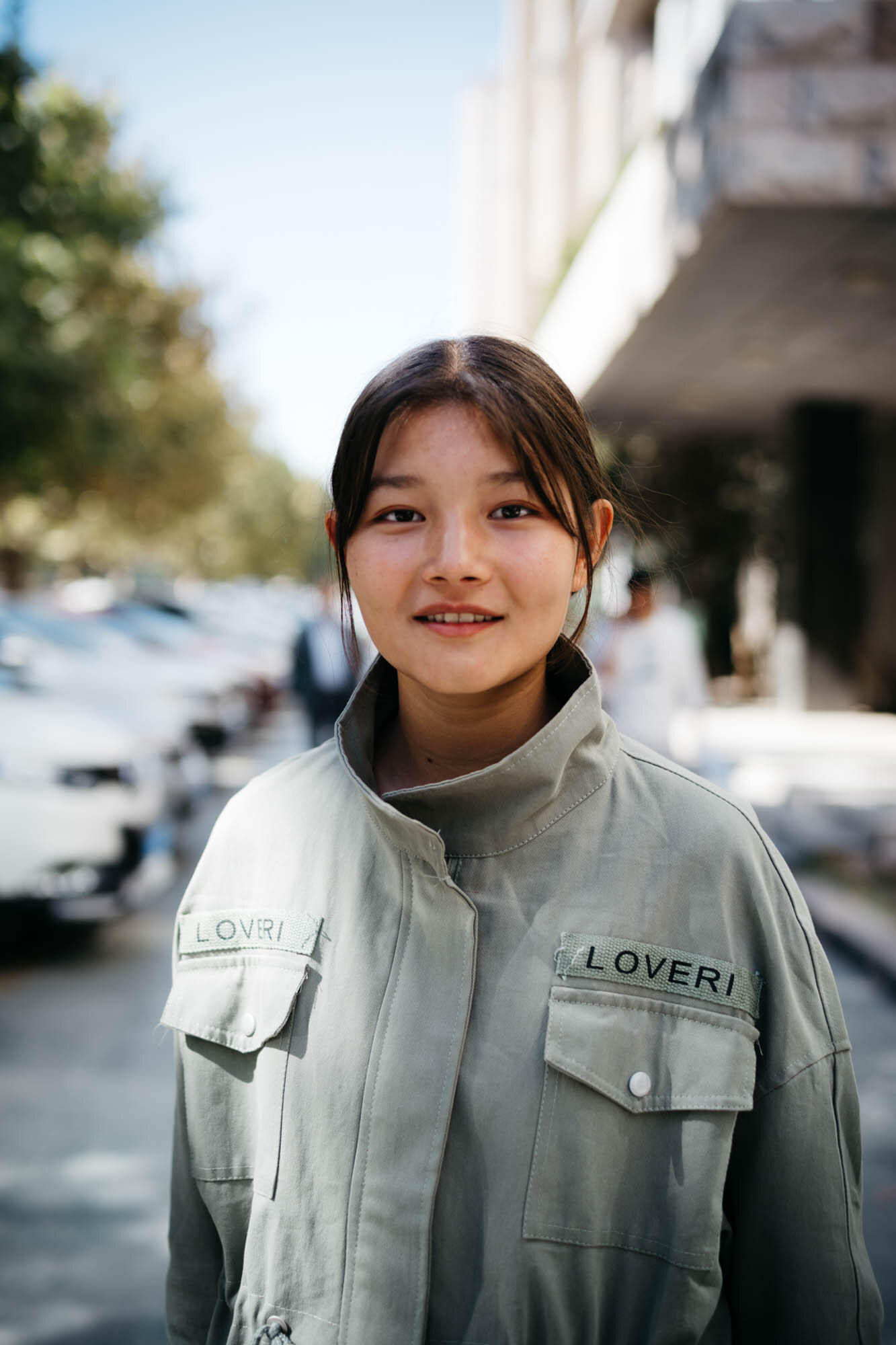
A young woman
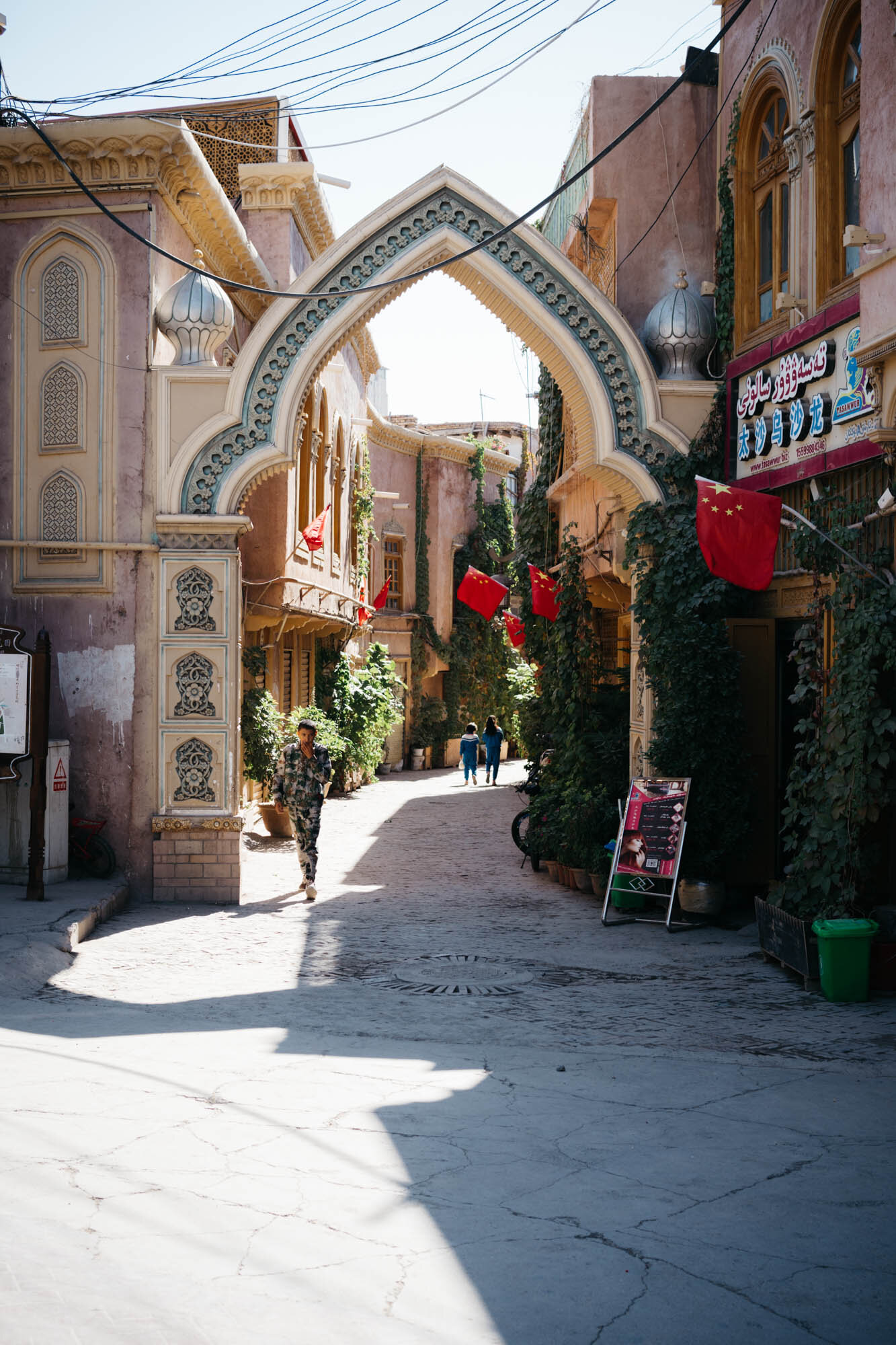
Kashgar’s new ‘old town’
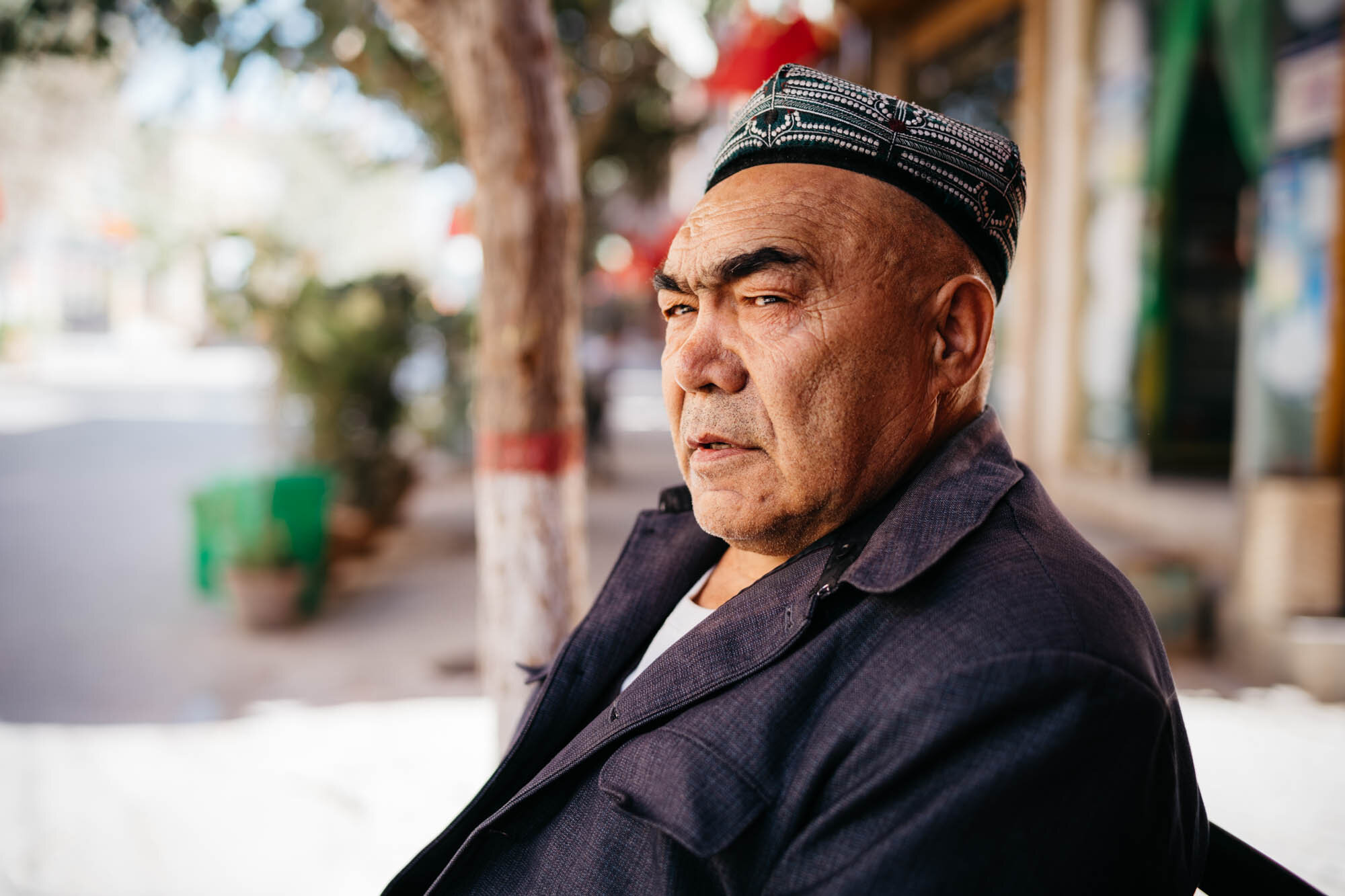
An Uyghur man in a traditional hat
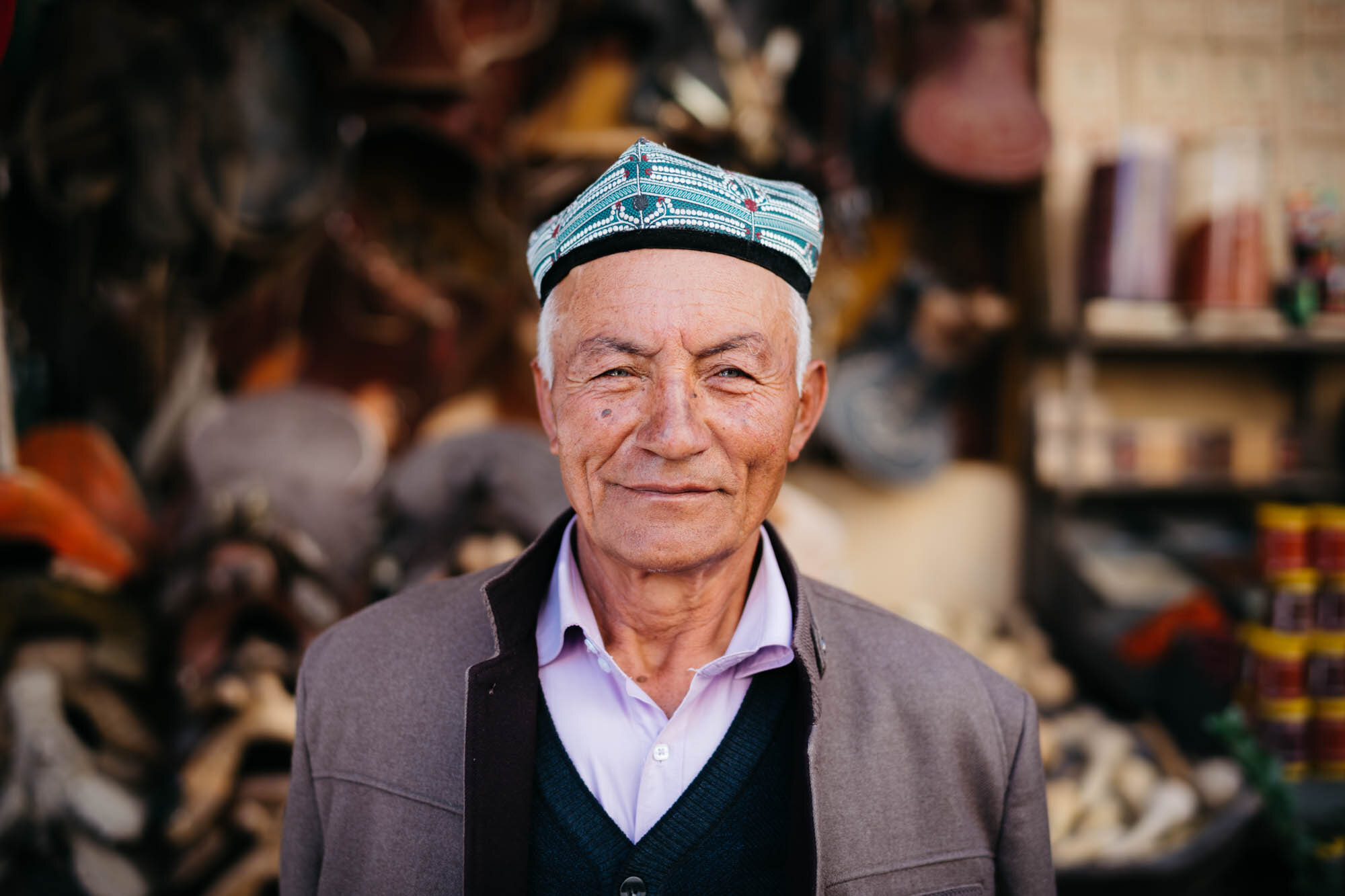
An Uyghur man in a traditional hat
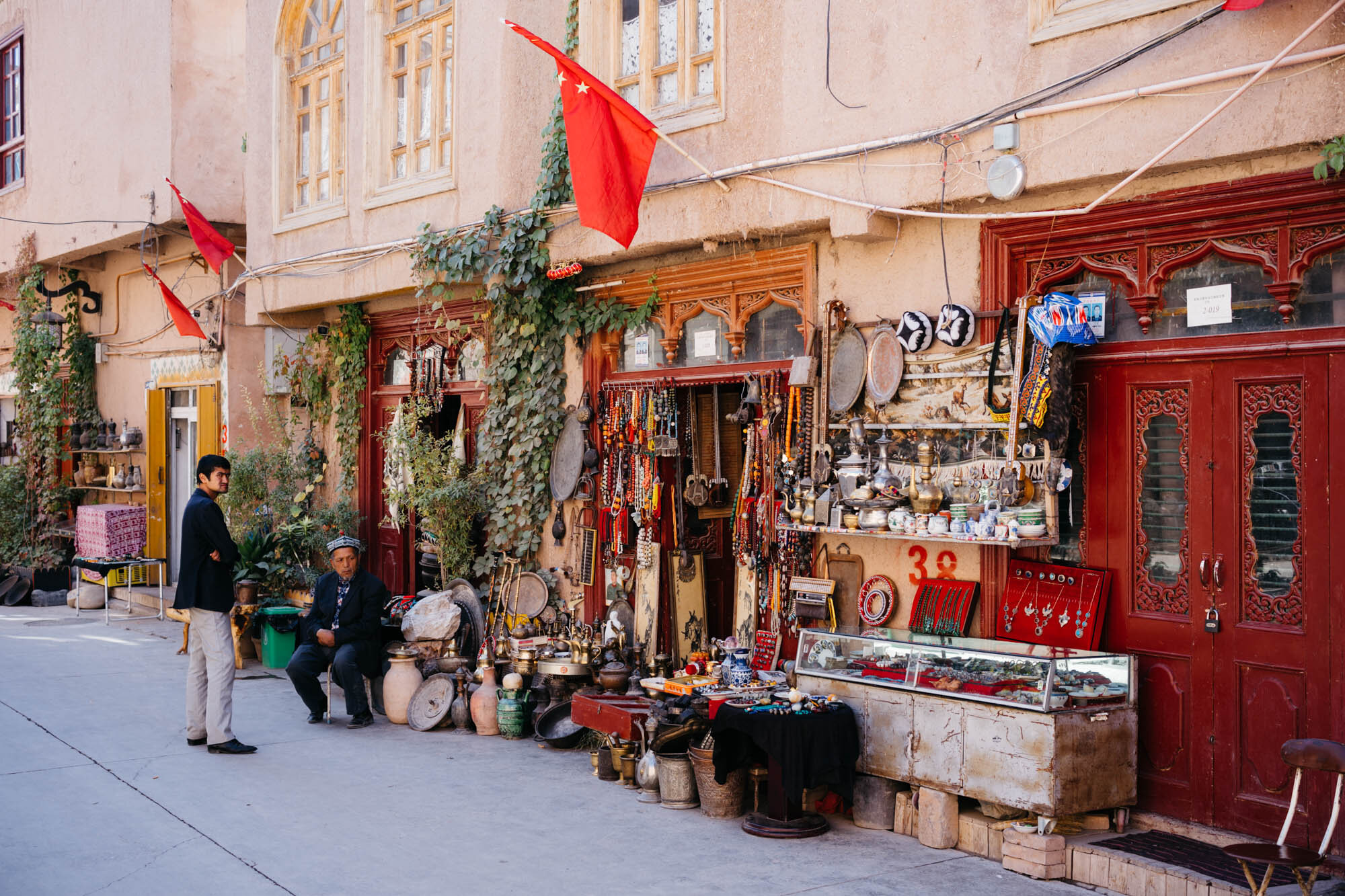
A shop in Kashgar’s new ‘old town’
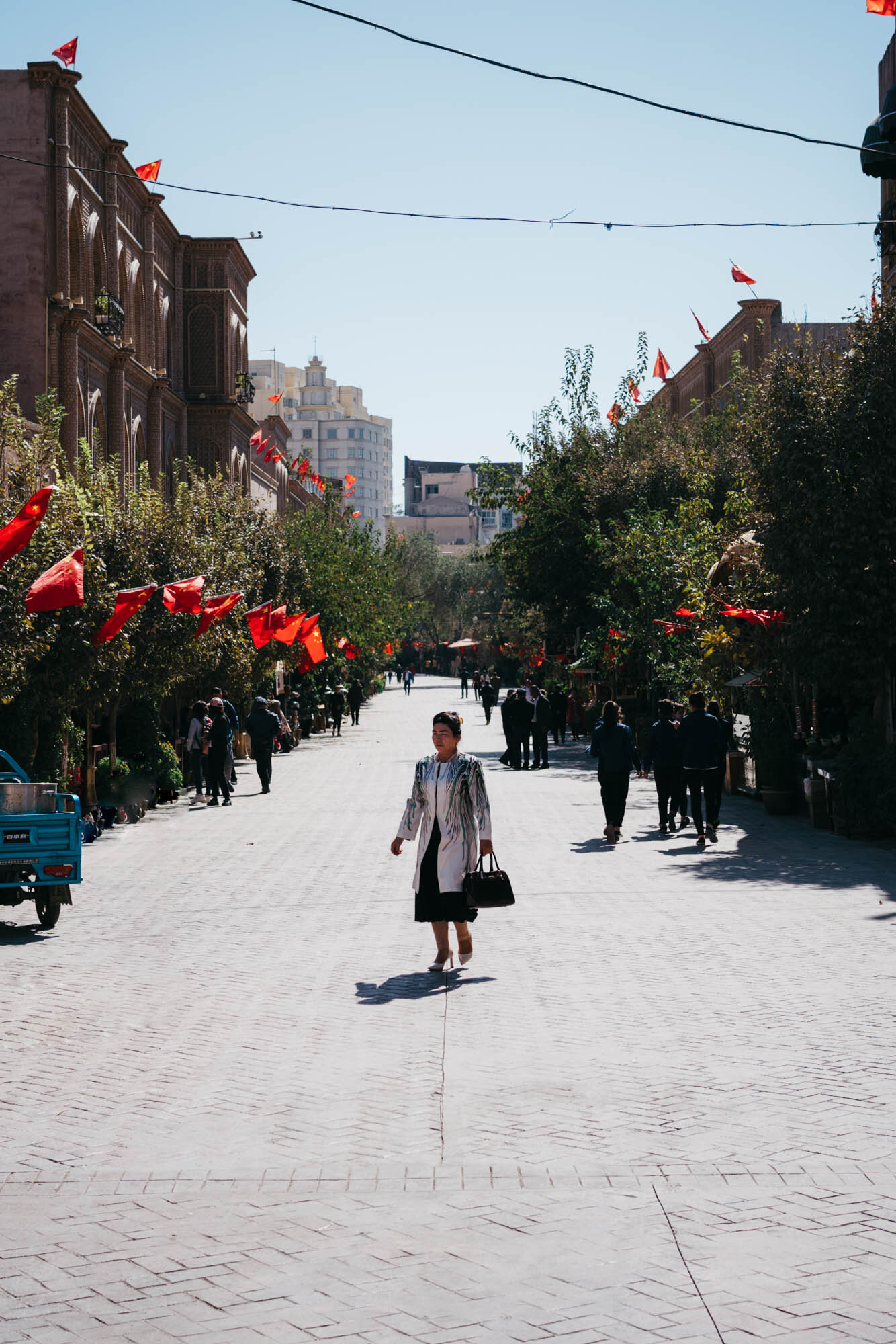
Kashgar’s new ‘old town’
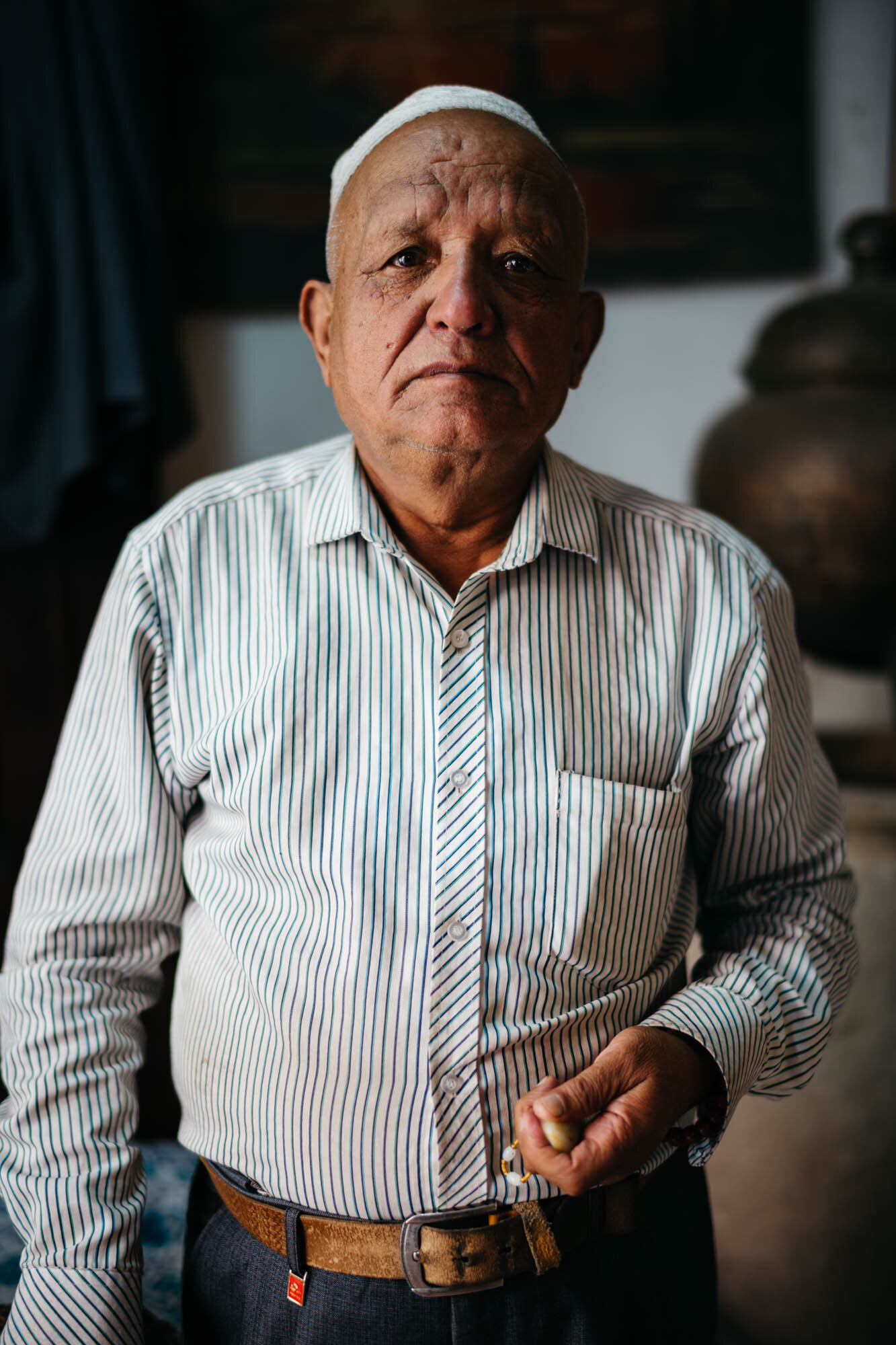
A shopkeeper
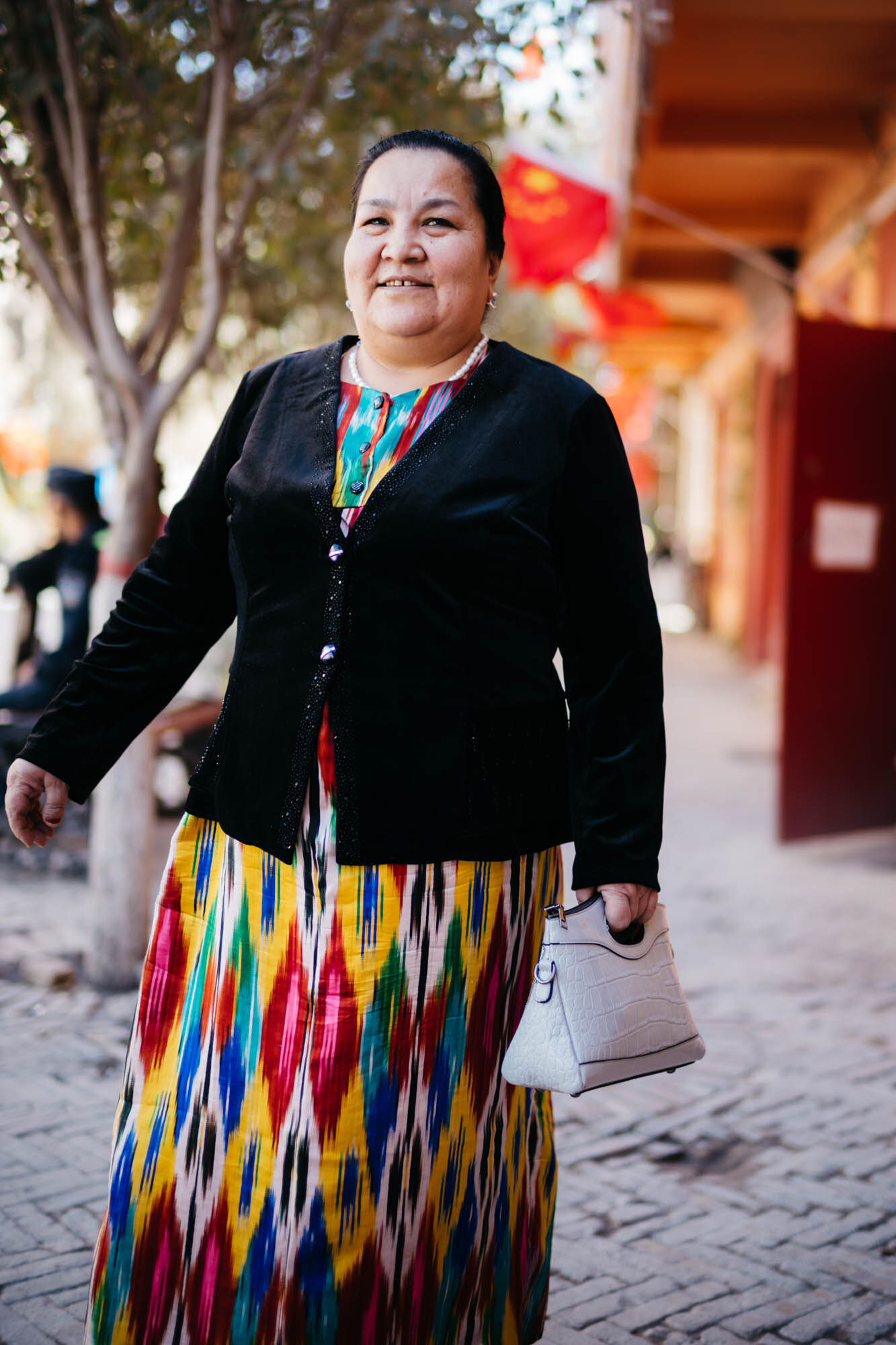
An Uyhgur woman wearing a traditional Central Asian print dress
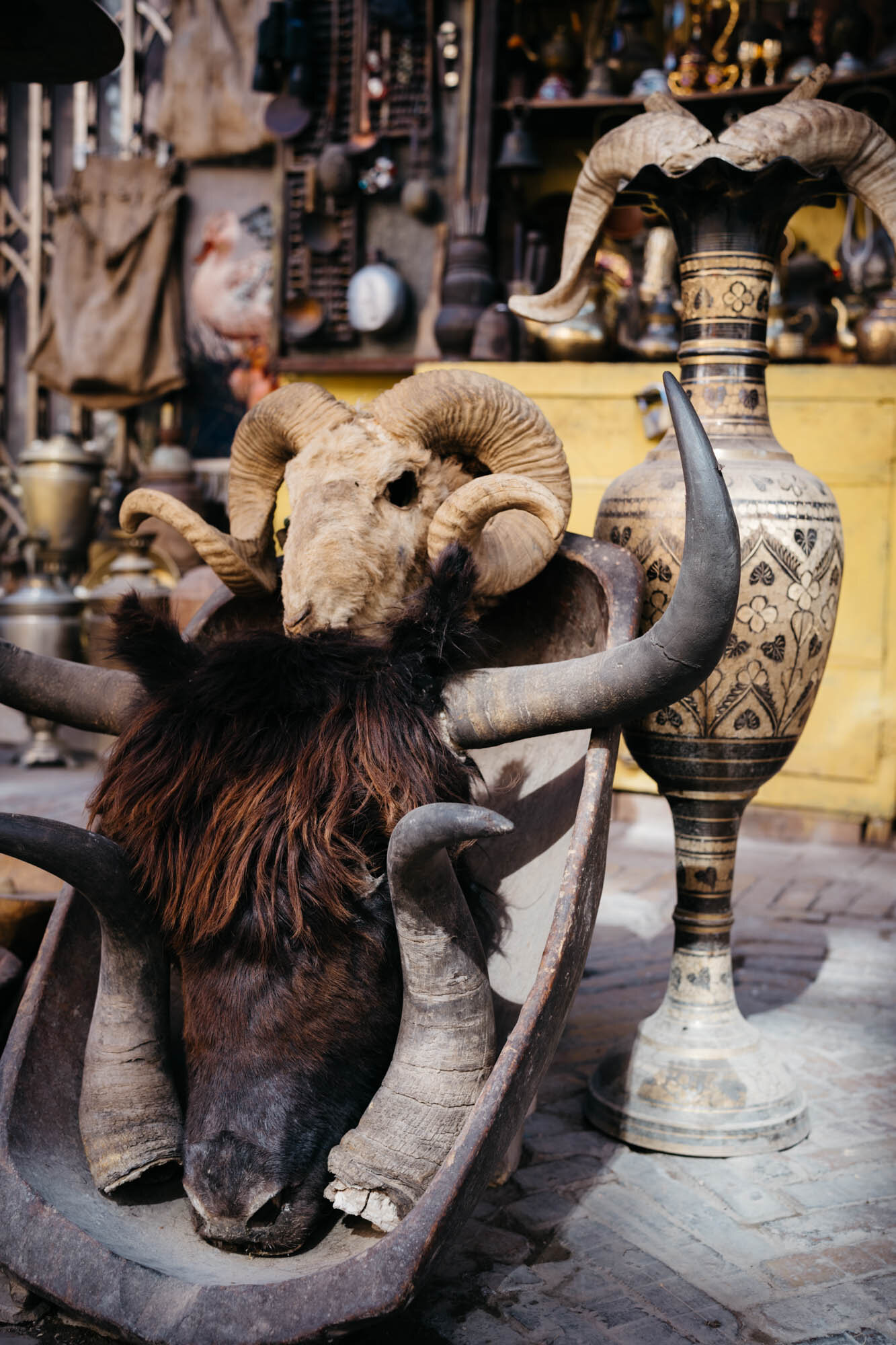
Items for sale
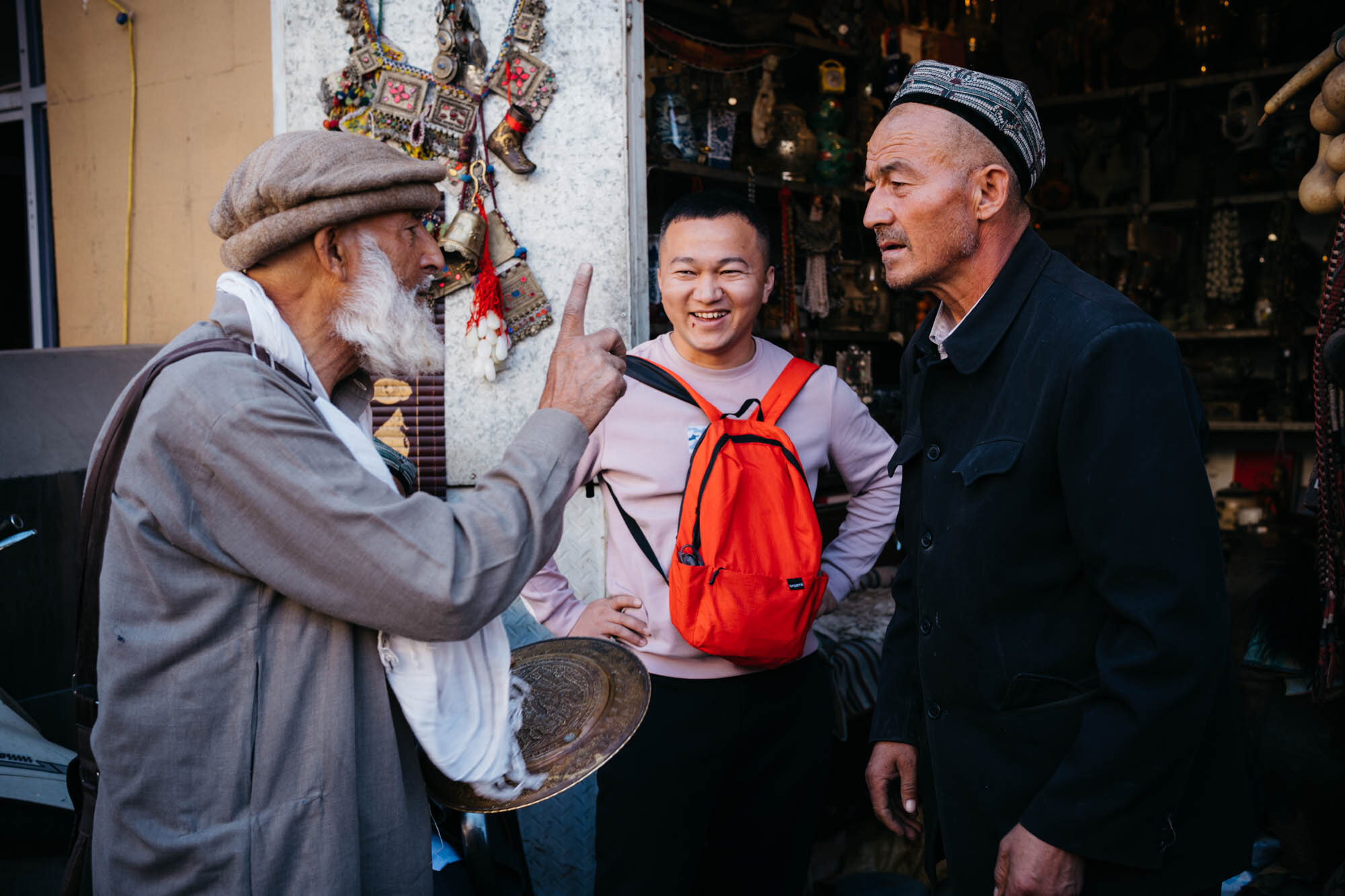
An antiques dealer from Pakistan (left) negotiating with a shopkeeper (right). I travelled with the antiques dealer from Sost in Pakistan. We sat together in the front seat of the mini-bus that took us from Sost in Pakistan to Tashkurgan in China. We bumped into each other by chance in Kashgar.
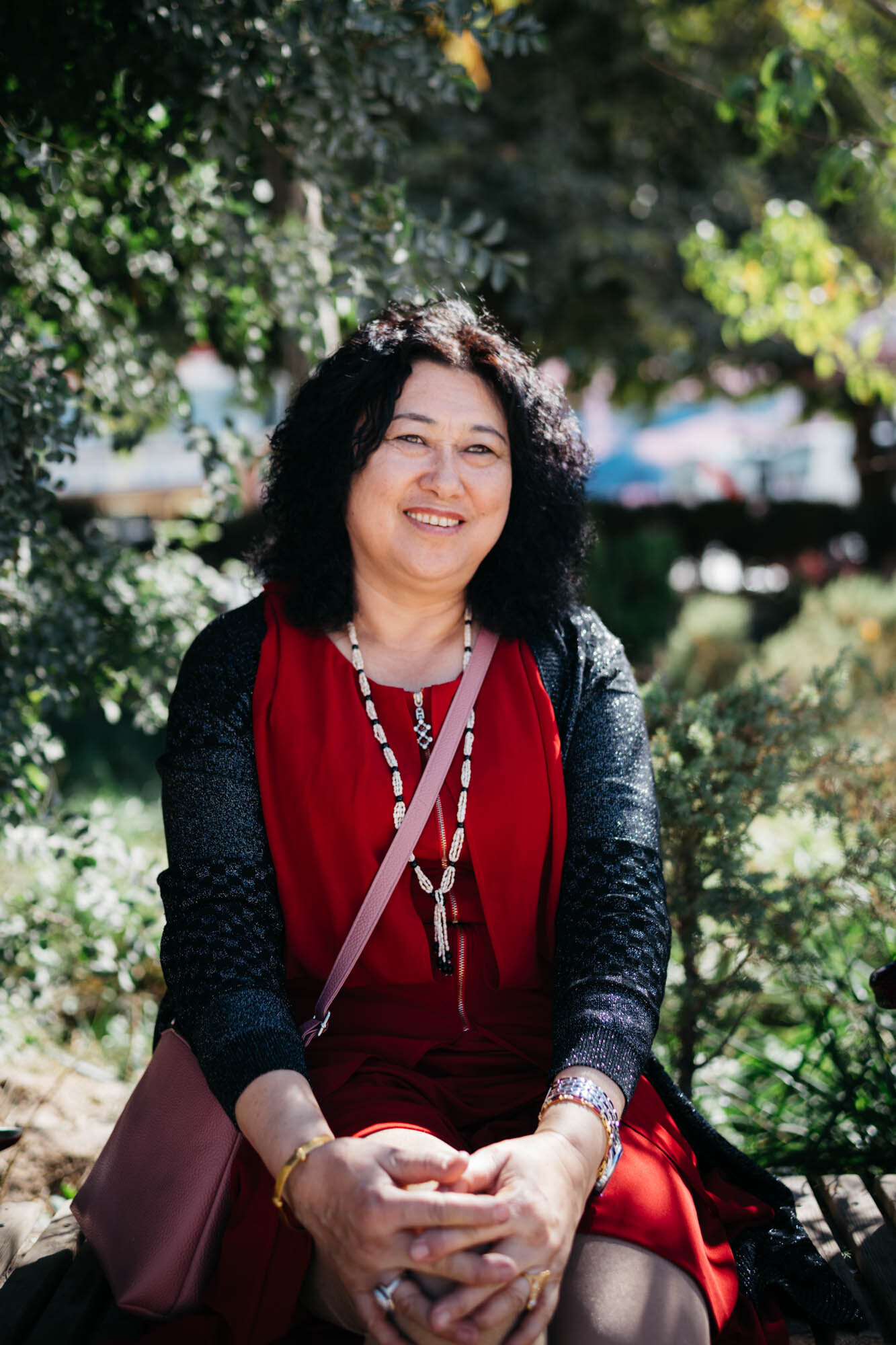
An Uyghur woman
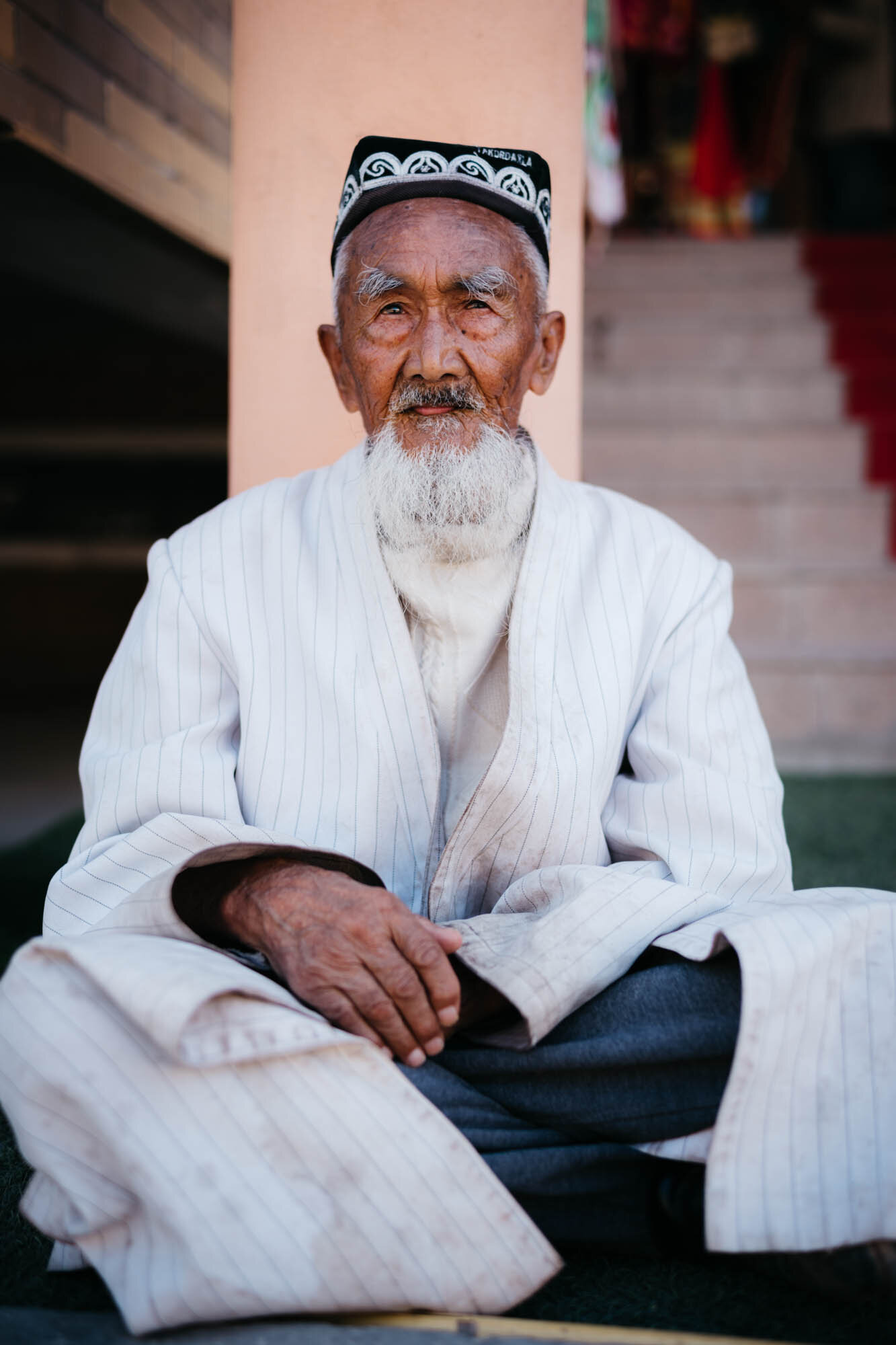
An Uyghur man in a traditional hat
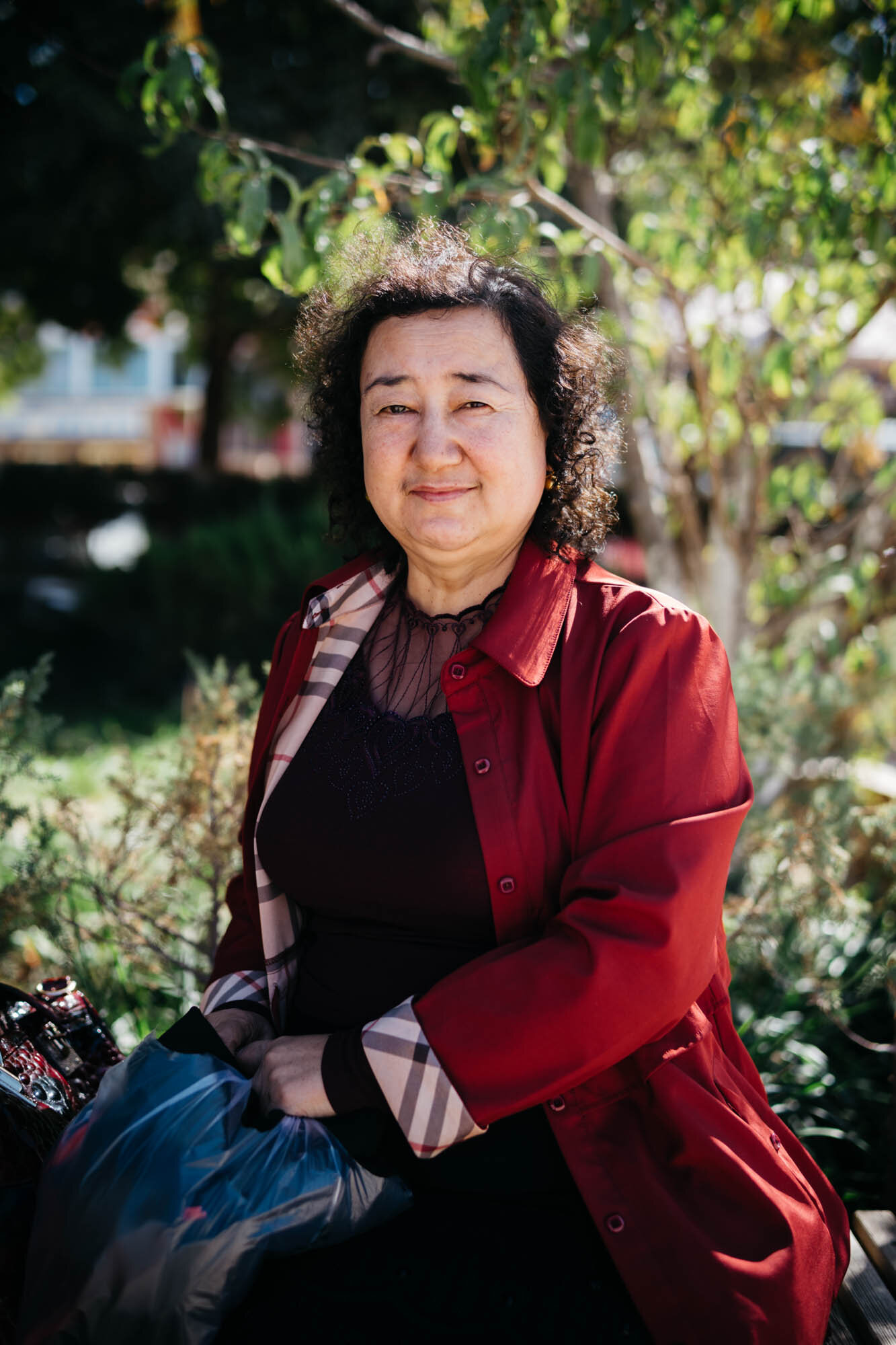
An Uyghur woman
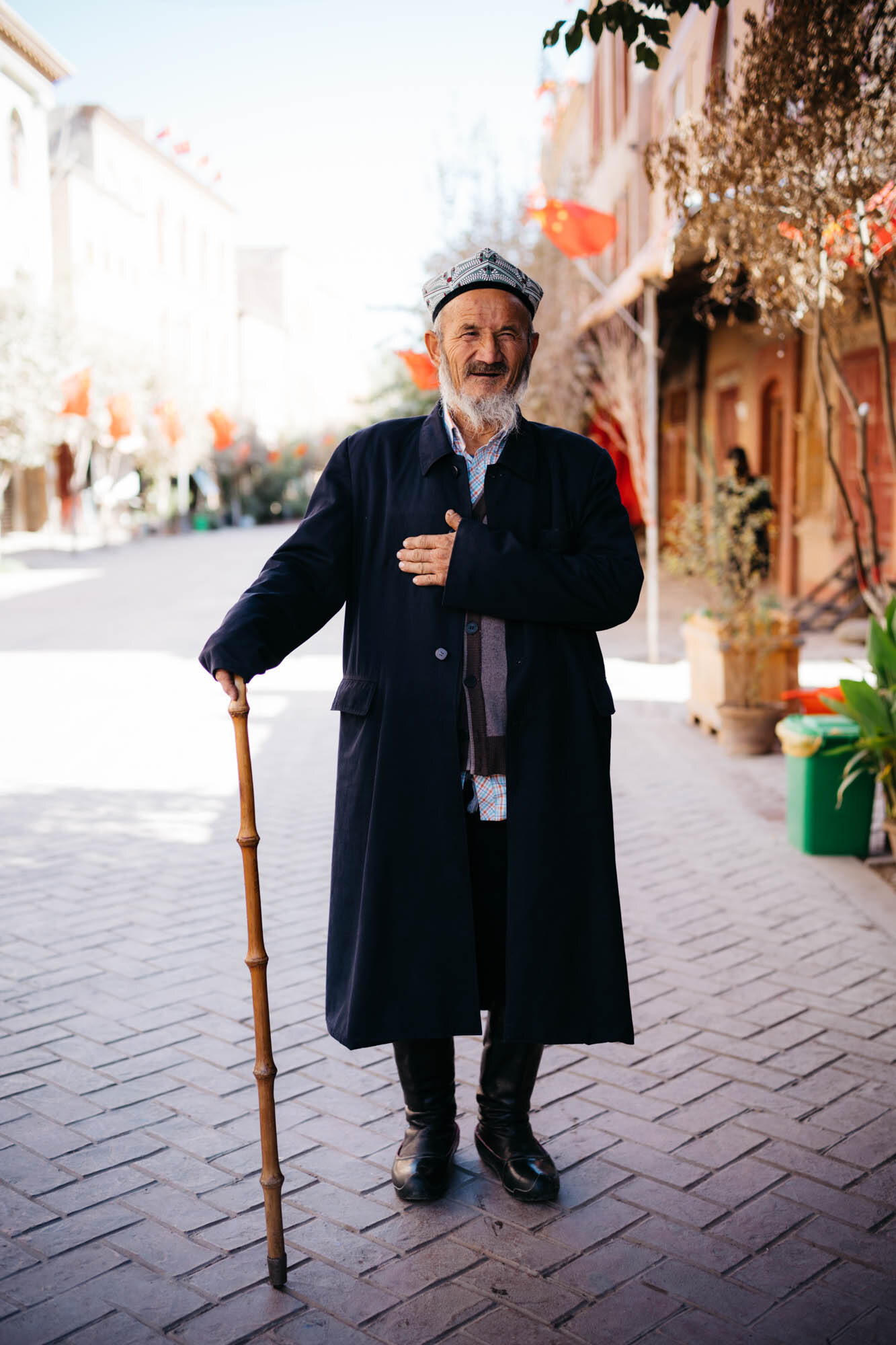
An Uyghur man in a traditional hat
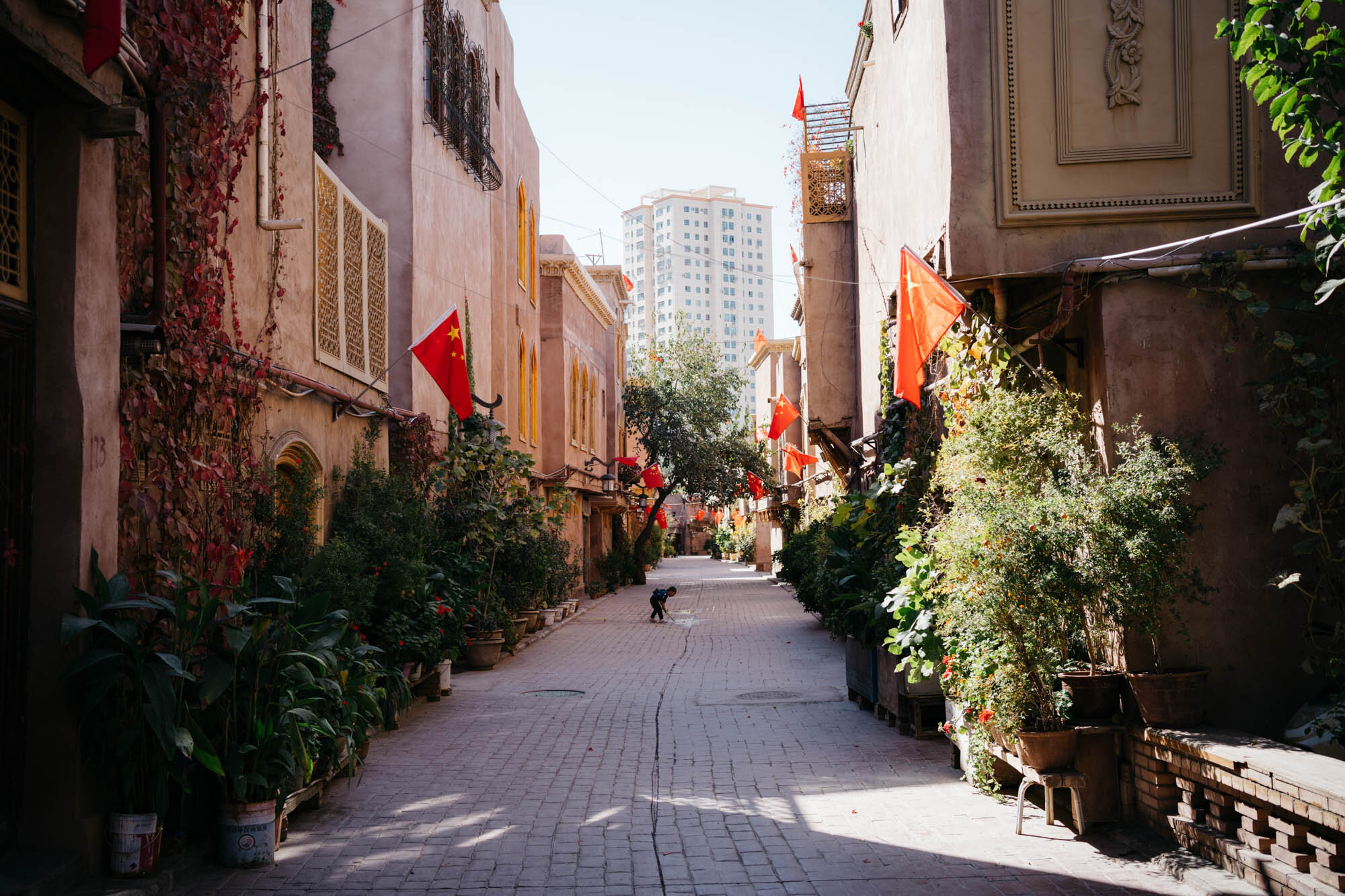
Kashgar’s new ‘old town’
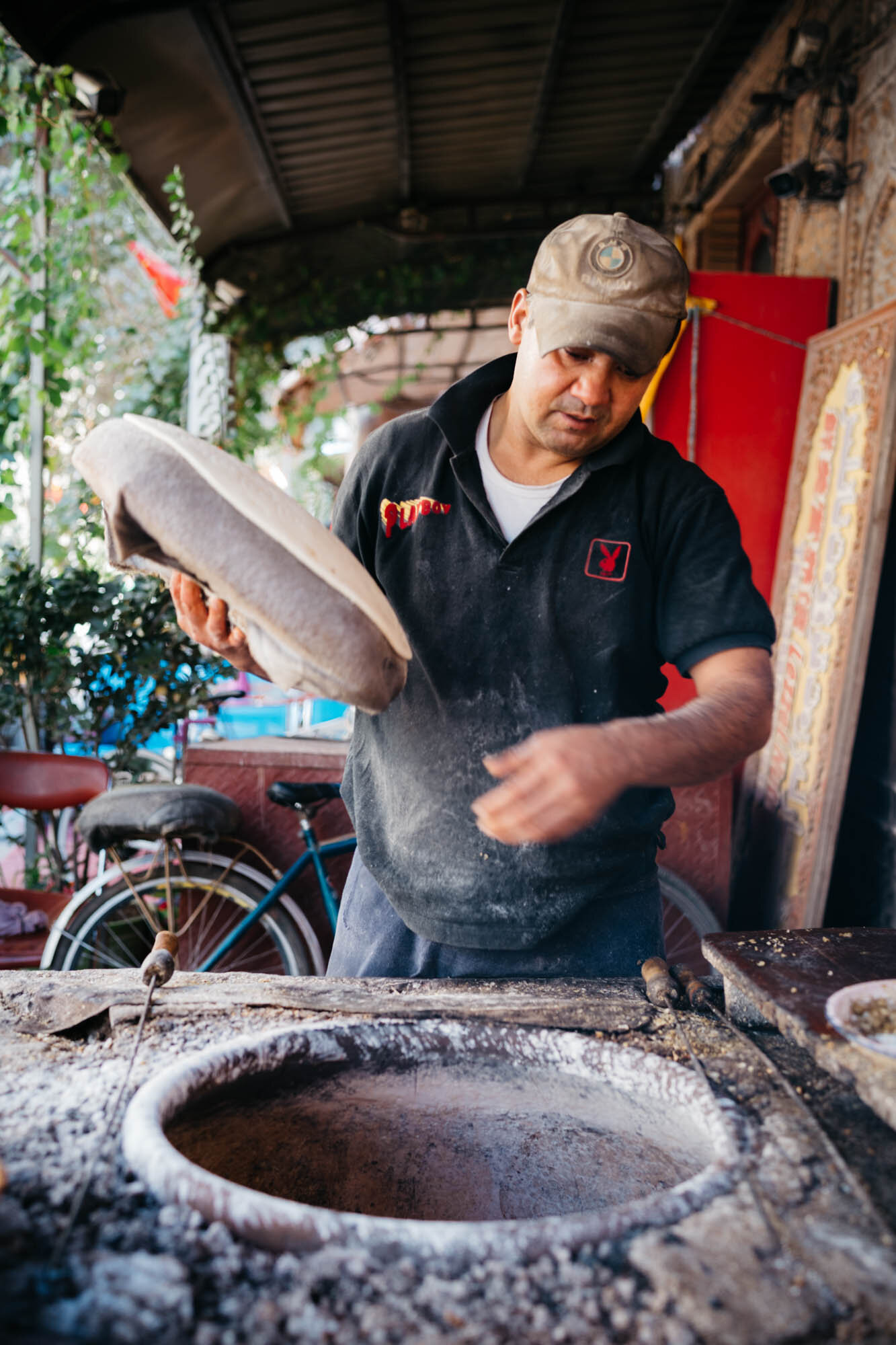
A man making traditional Tajik bread
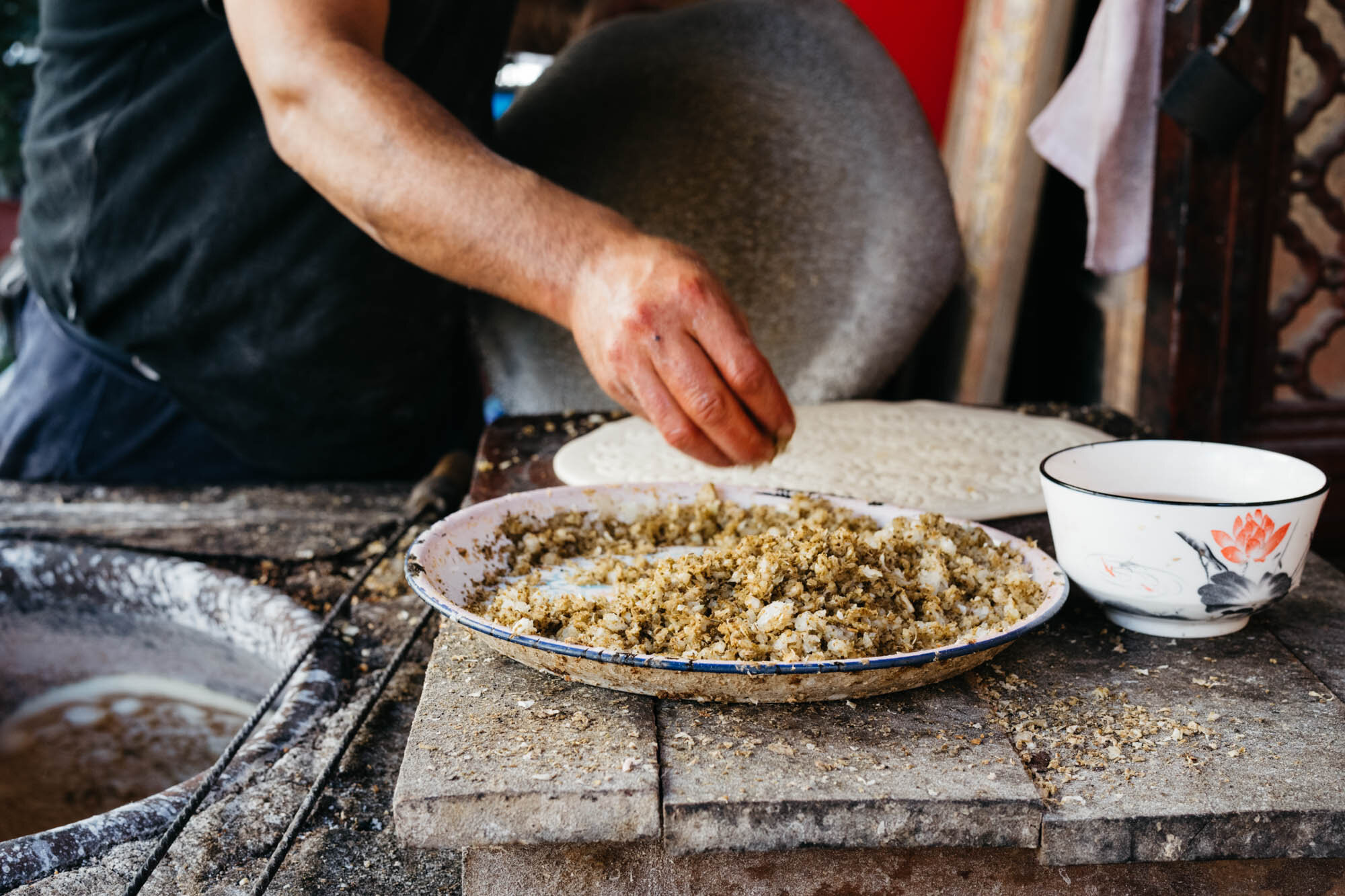
Flavouring the bread with onions and various spices
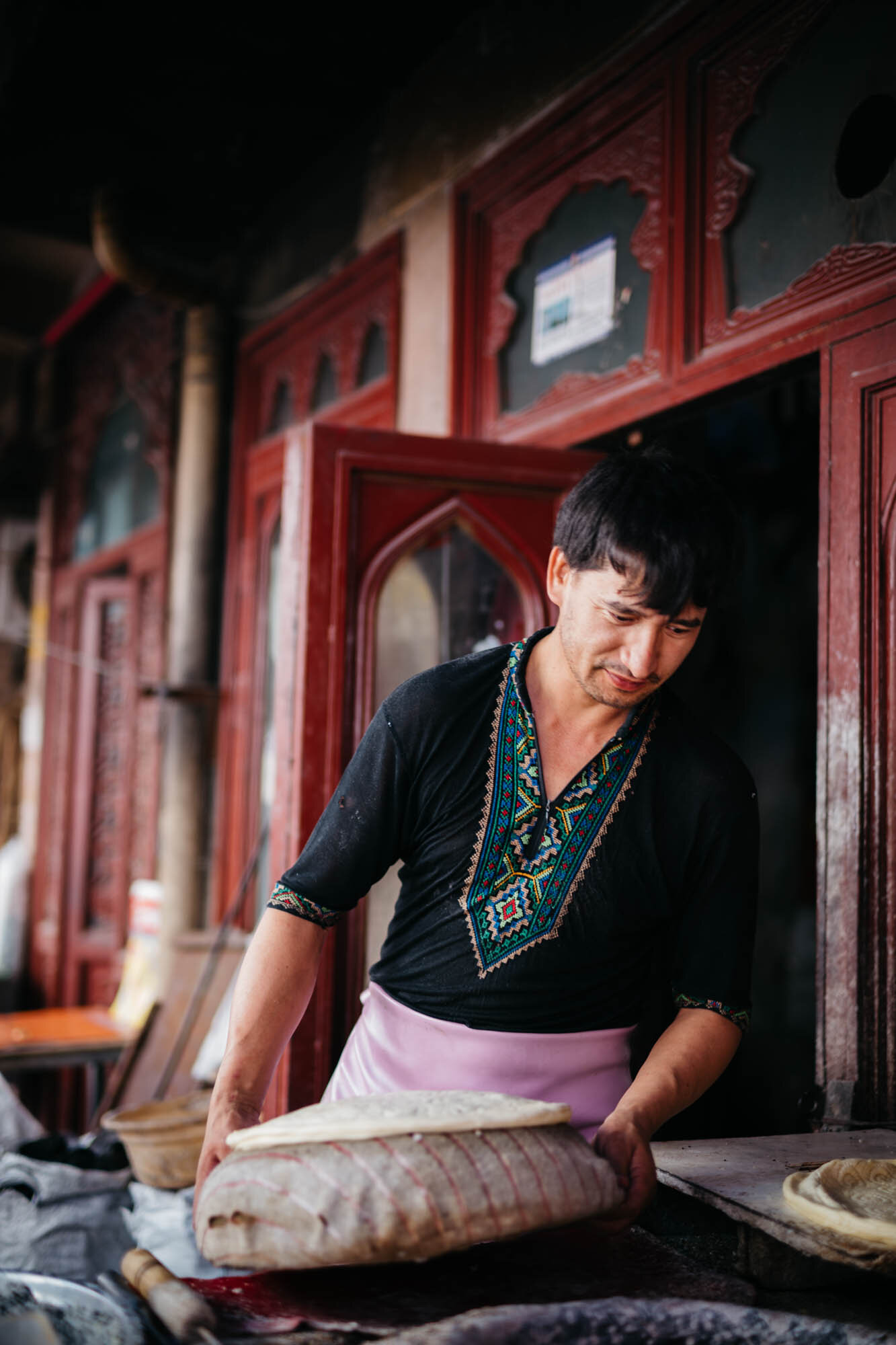
A man making traditional Tajik bread

Baking traditional Tajik bread
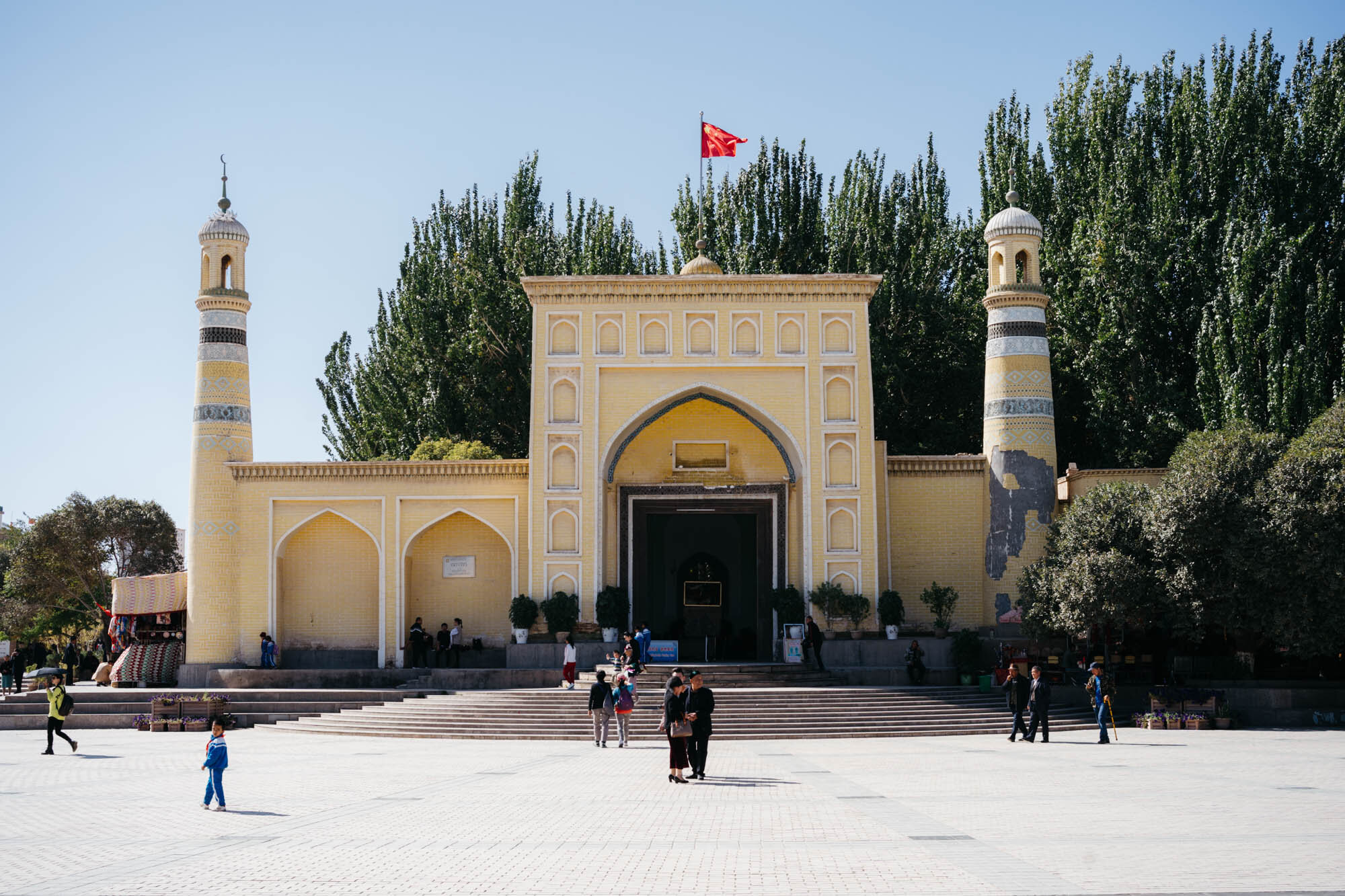
The Id Kah Mosque, the largest mosque in China. Every Friday, it houses nearly 10,000 worshippers and may accommodate up to 20,000.The mosque was built by Saqsiz Mirza in 1442 (although it incorporated older structures dating back to 996) and covers 16,800 square meters.
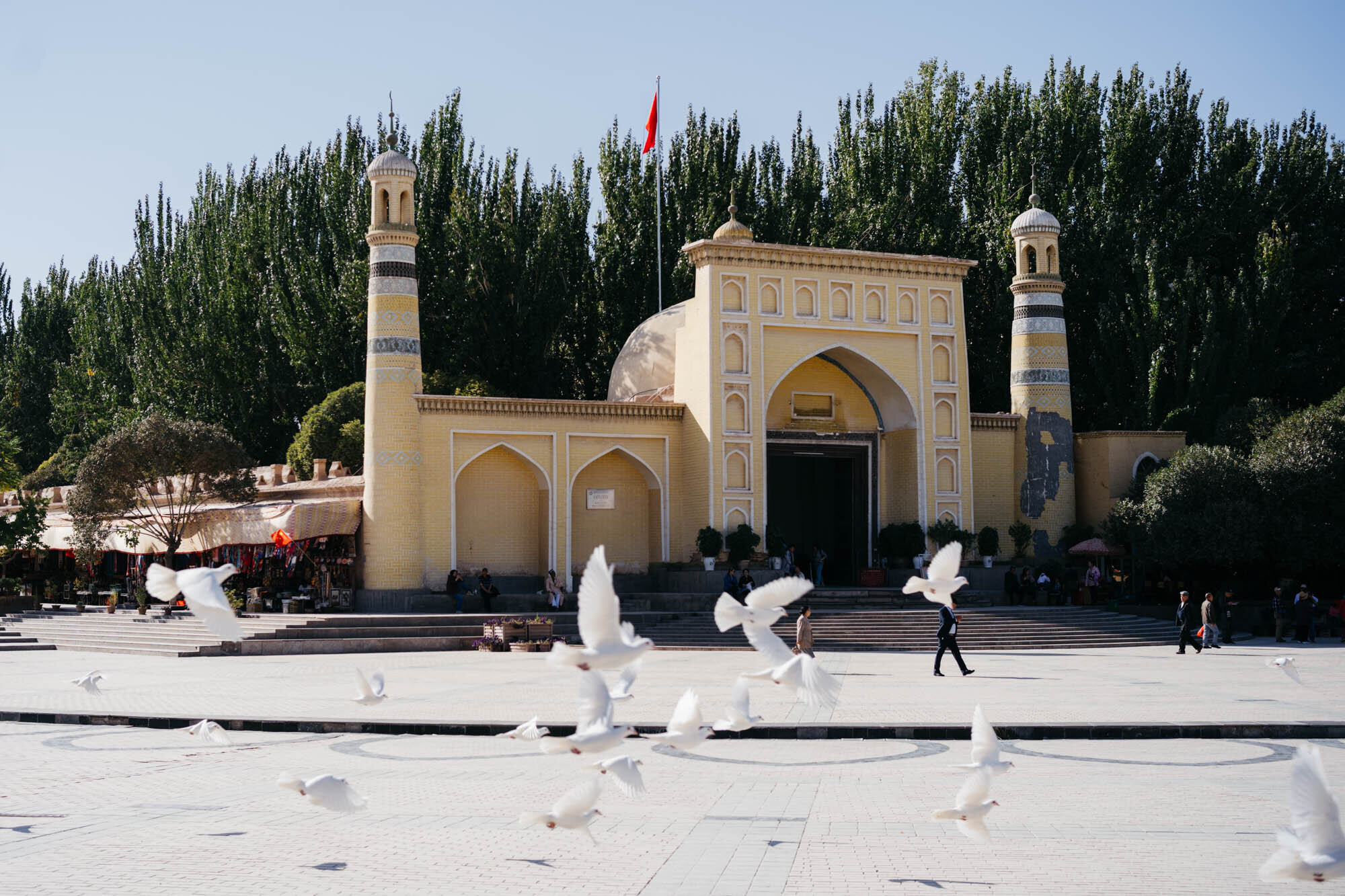
The Id Kah Mosque
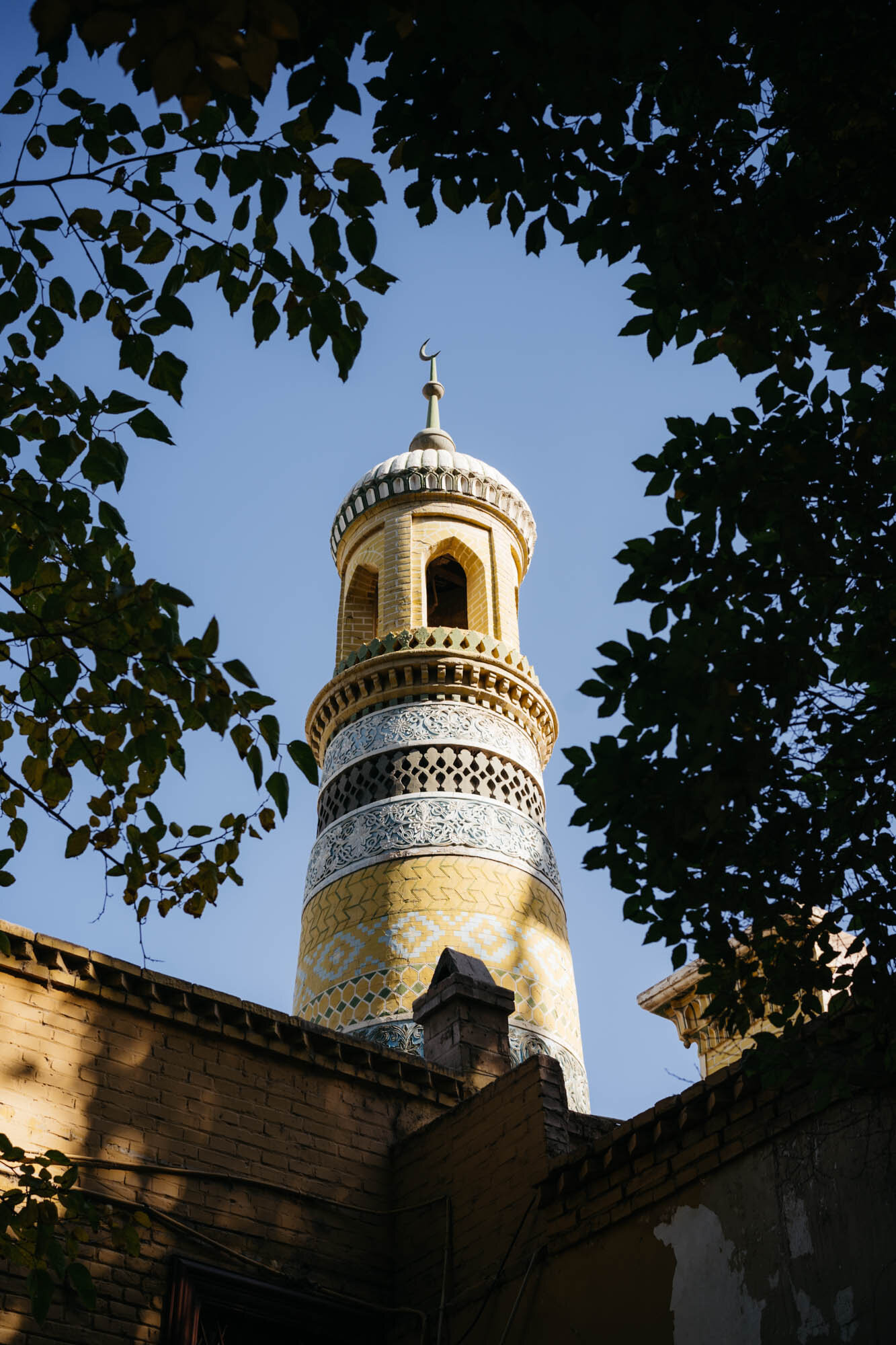
A minaret from the Id Kah Mosque
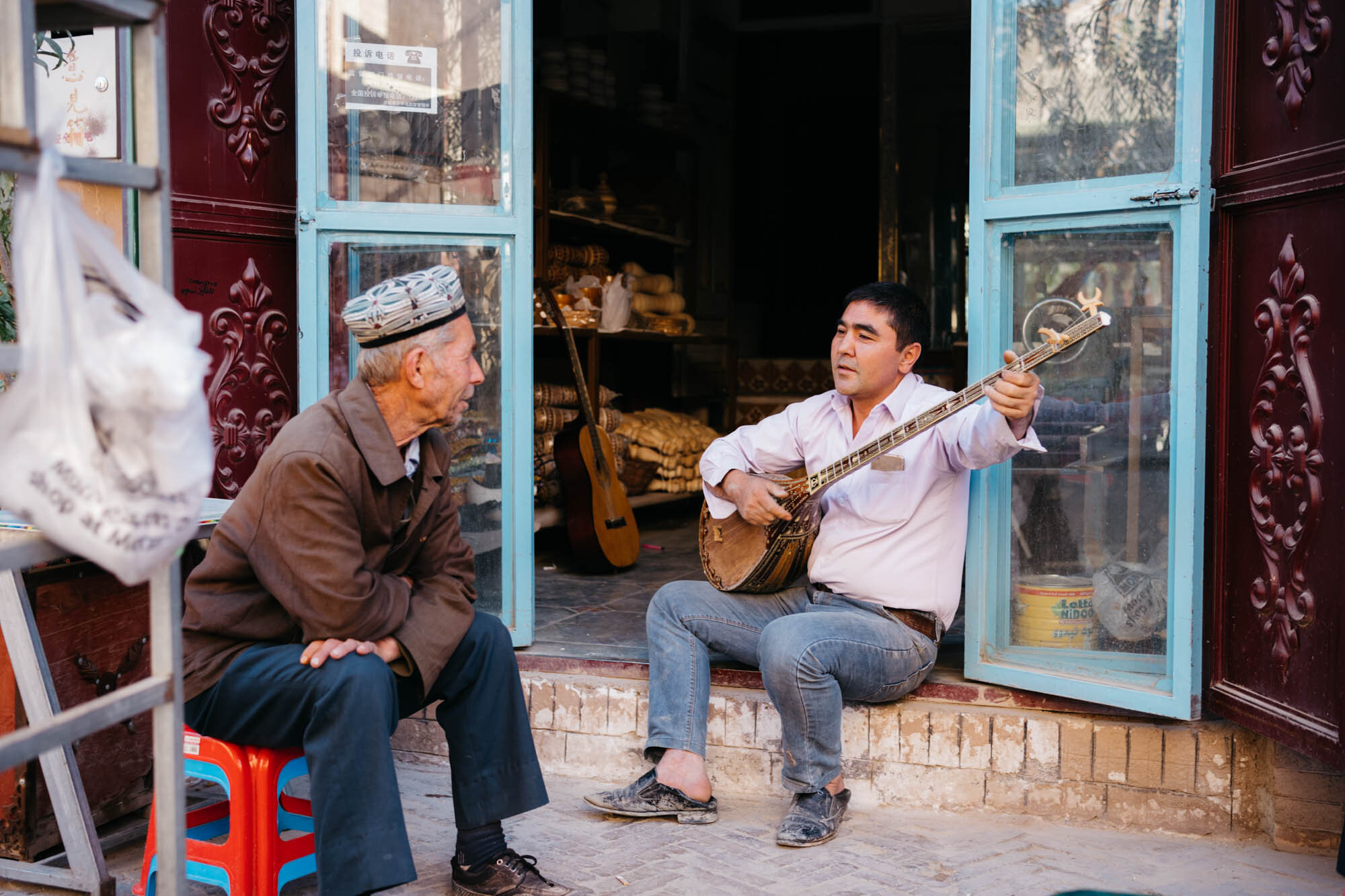
A Uyghur man playing a Dutar. Known as ‘the mother of Uyghur instruments’, the dutar is widely used at family gatherings and celebrations. ‘Dutar’ means ‘two strings’. It is the only Uyghur musical instrument played with the fingers.
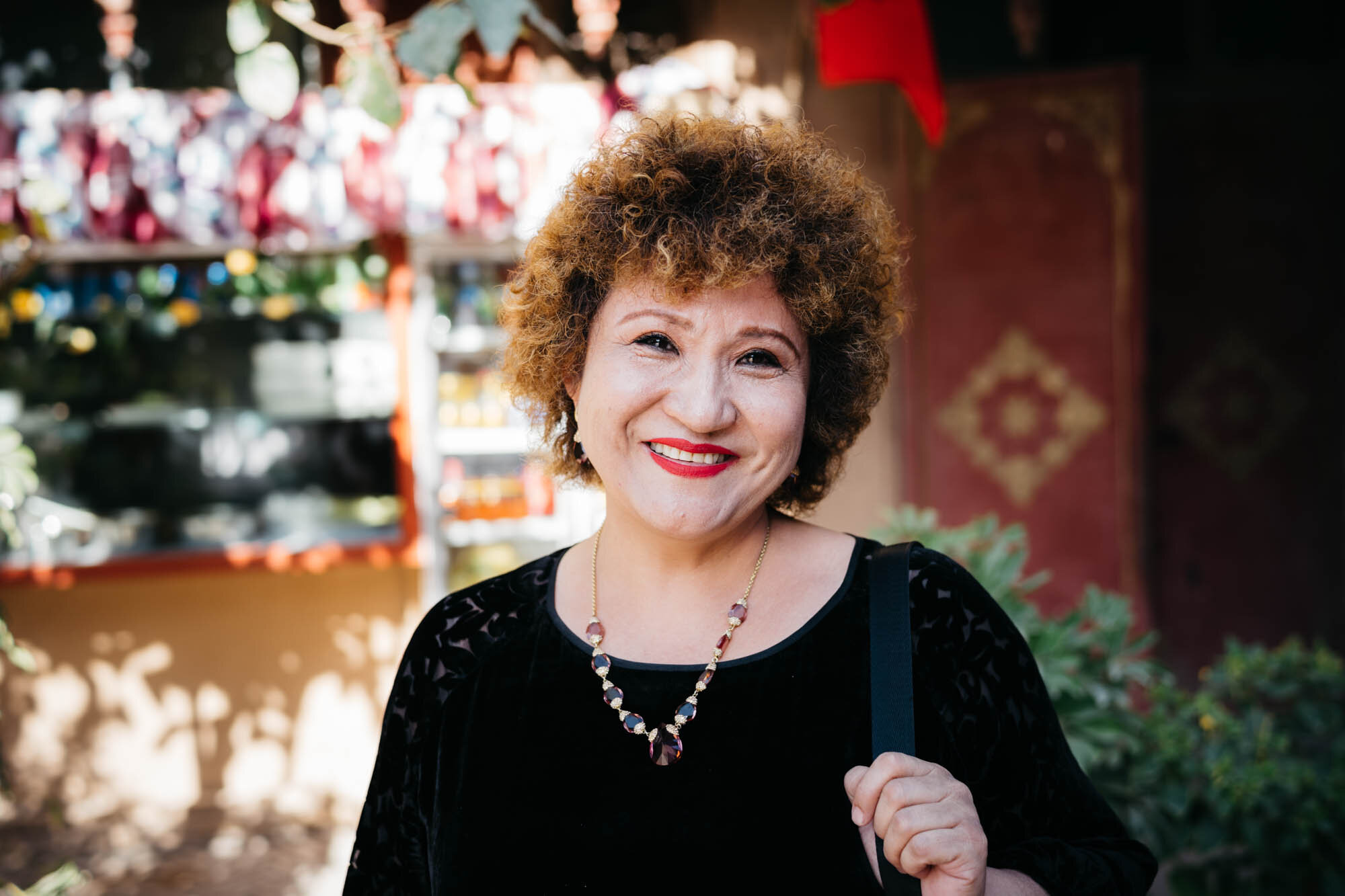
An Uyghur woman
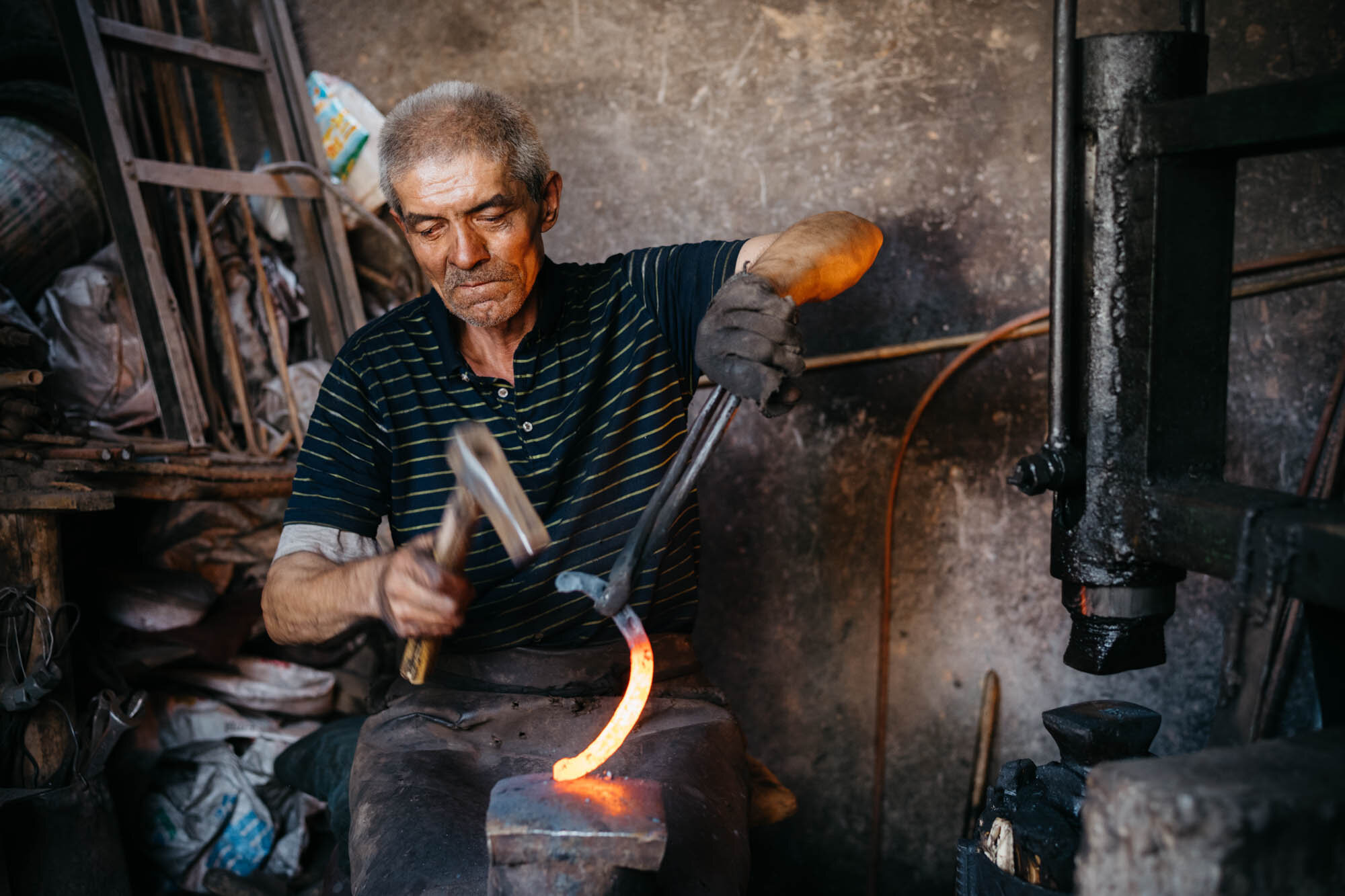
A blacksmith

Two young women wearing identical clothes - are they twins?
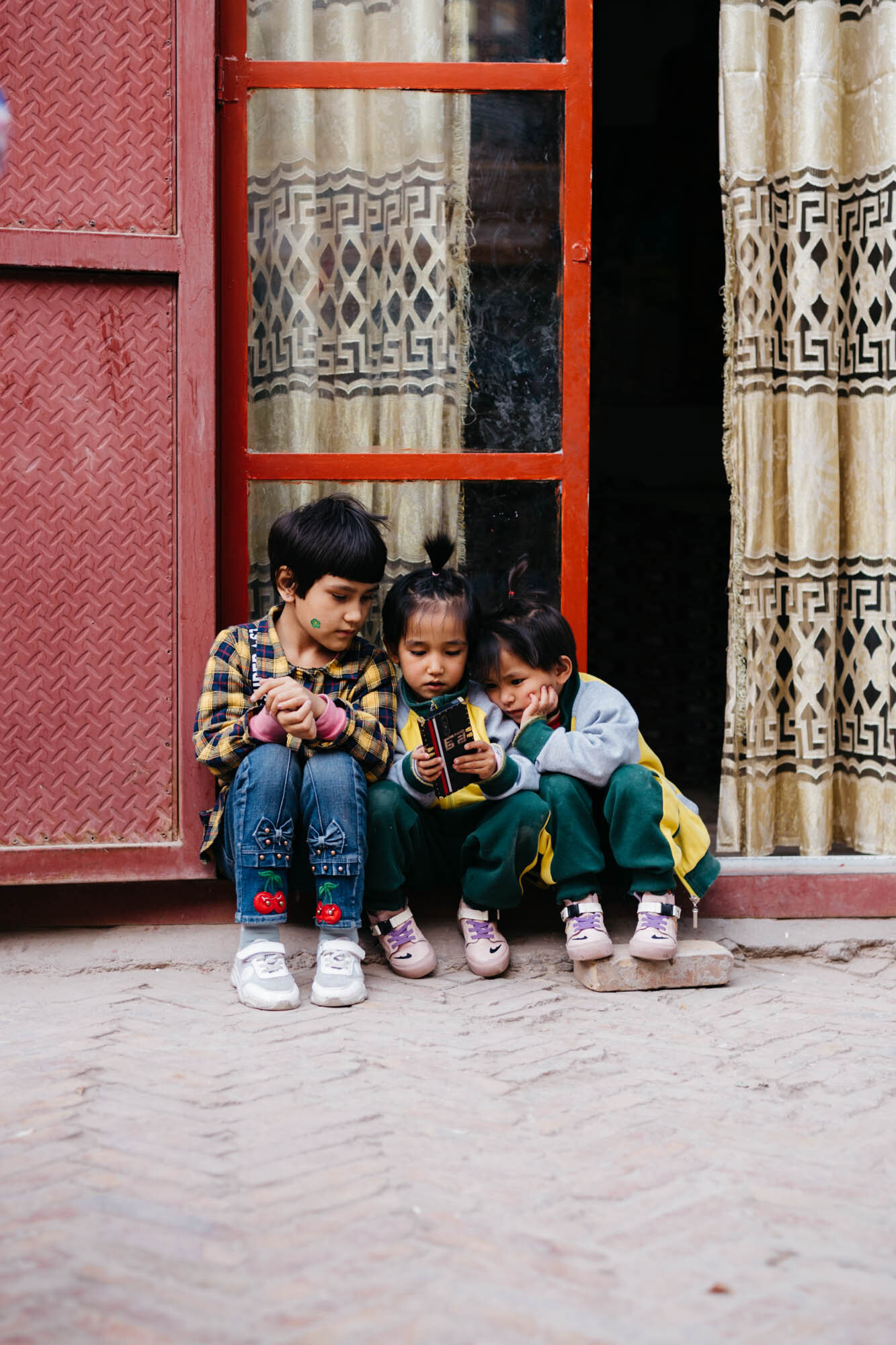
Phone time
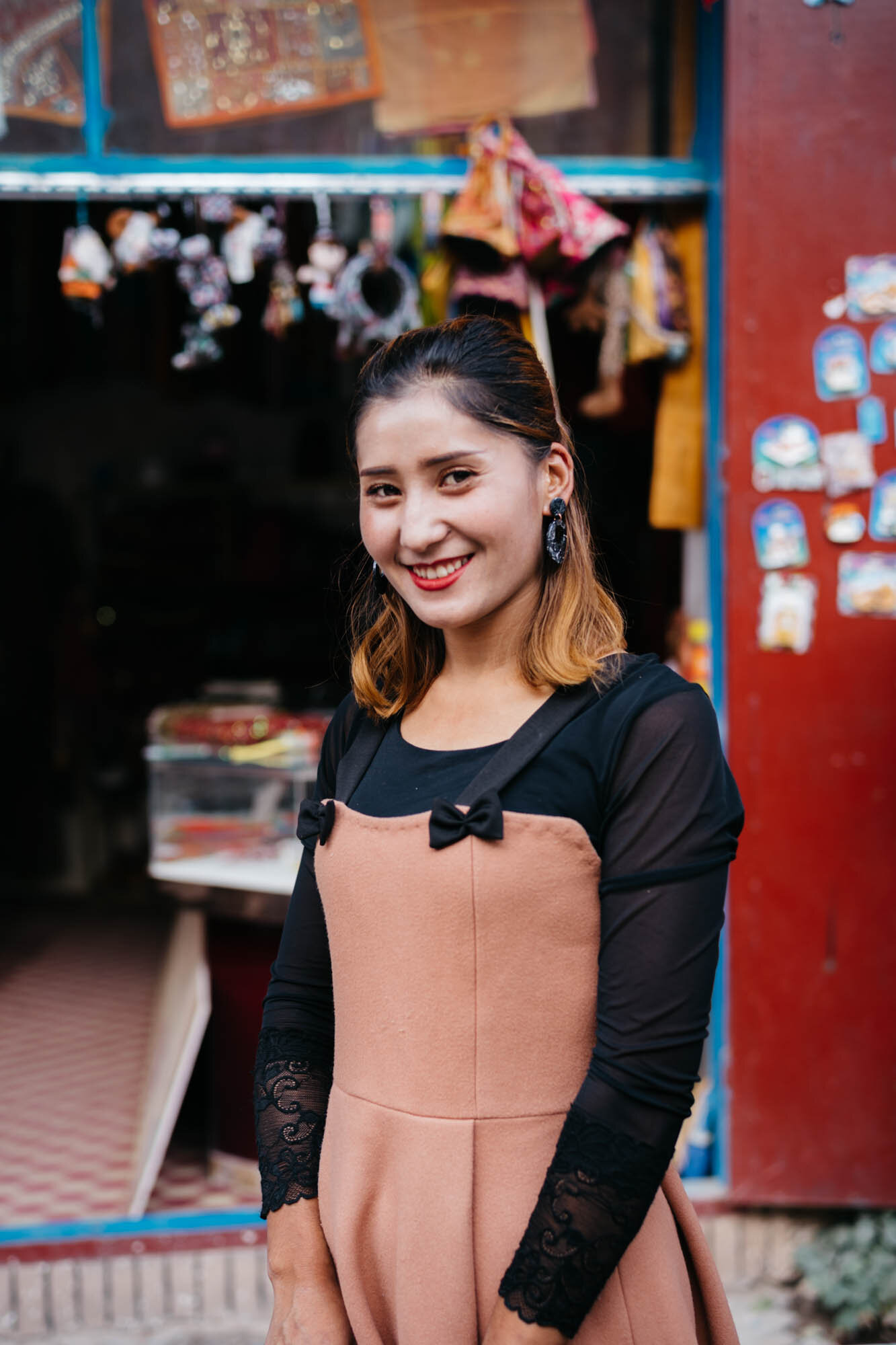
A young Uyghur shopkeeper

Portrait of a young woman

An Uyghur shopkeeper
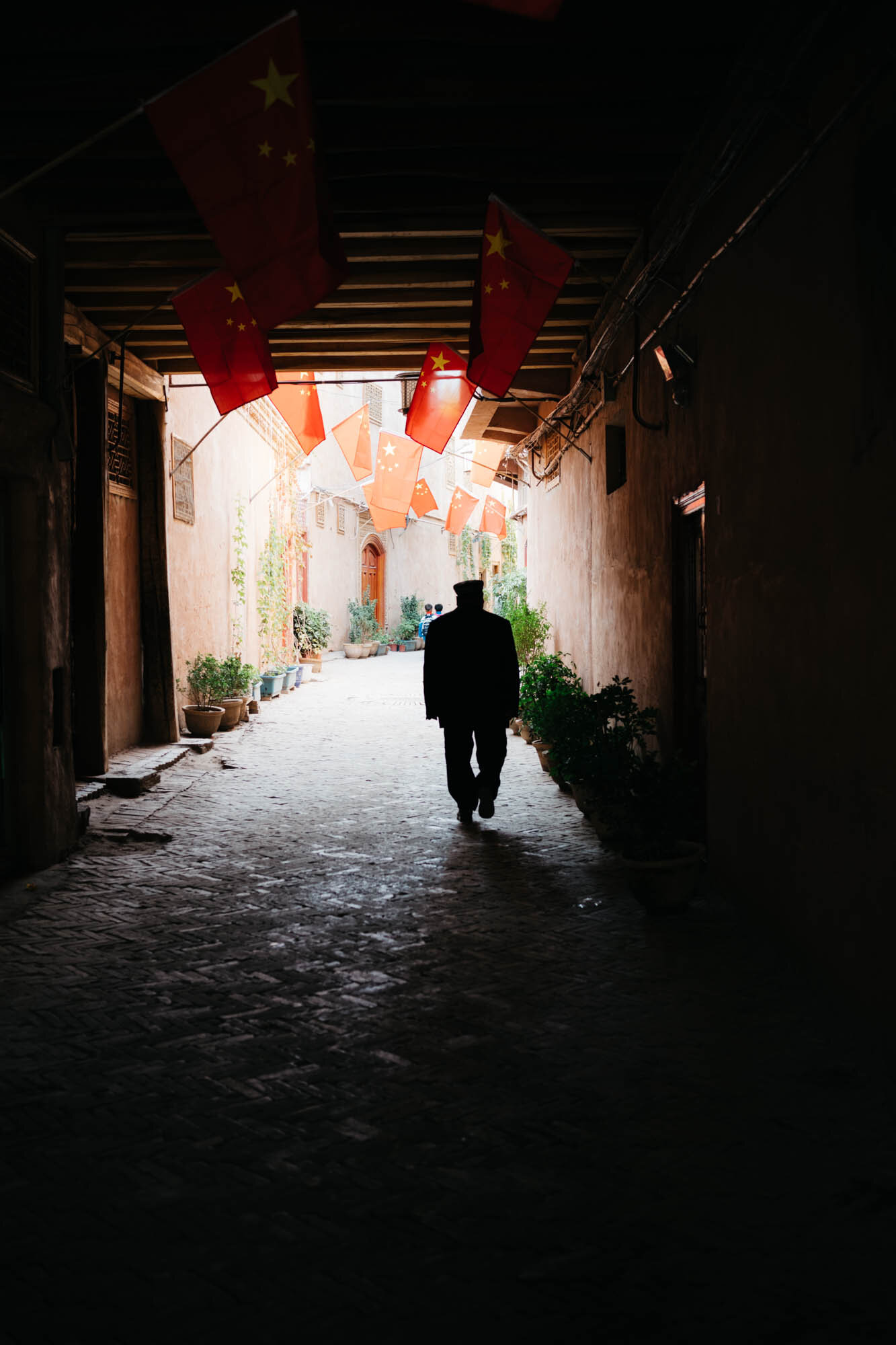
A silhouette in Kashgar’s new ‘old town’

A silhouette in Kashgar’s ‘old town’
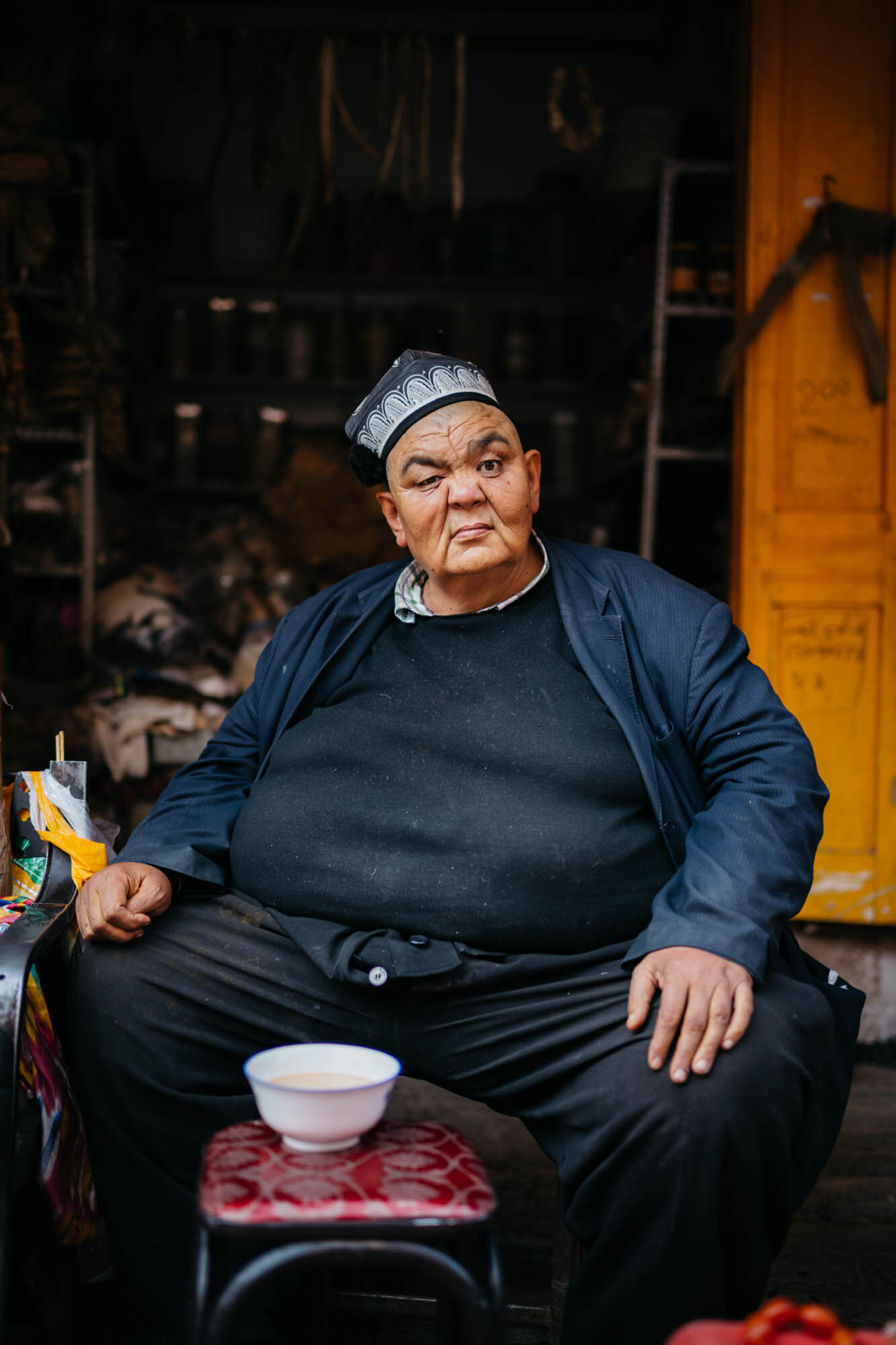
An Uyghur shopkeeper
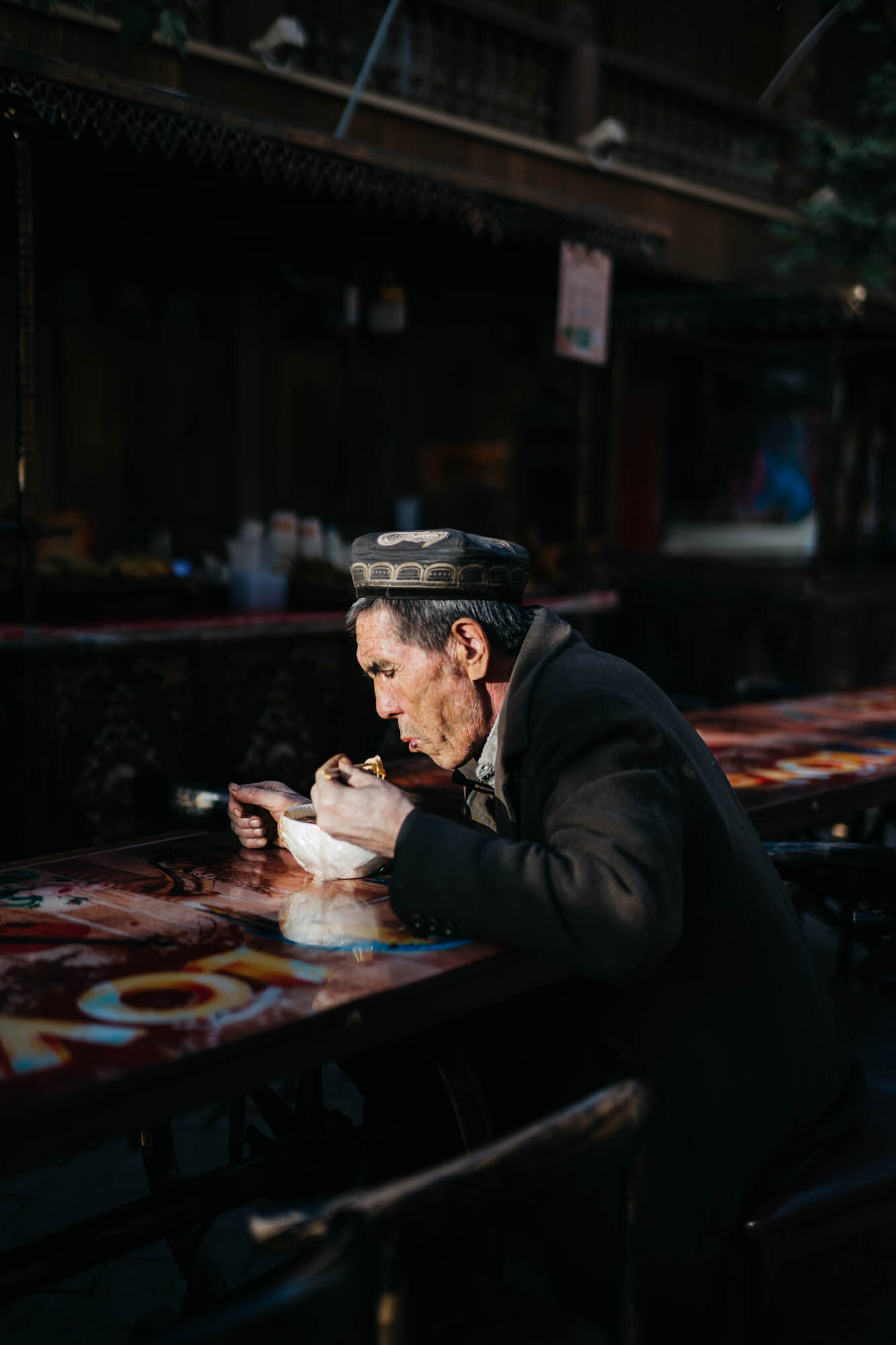
Noodles for lunch
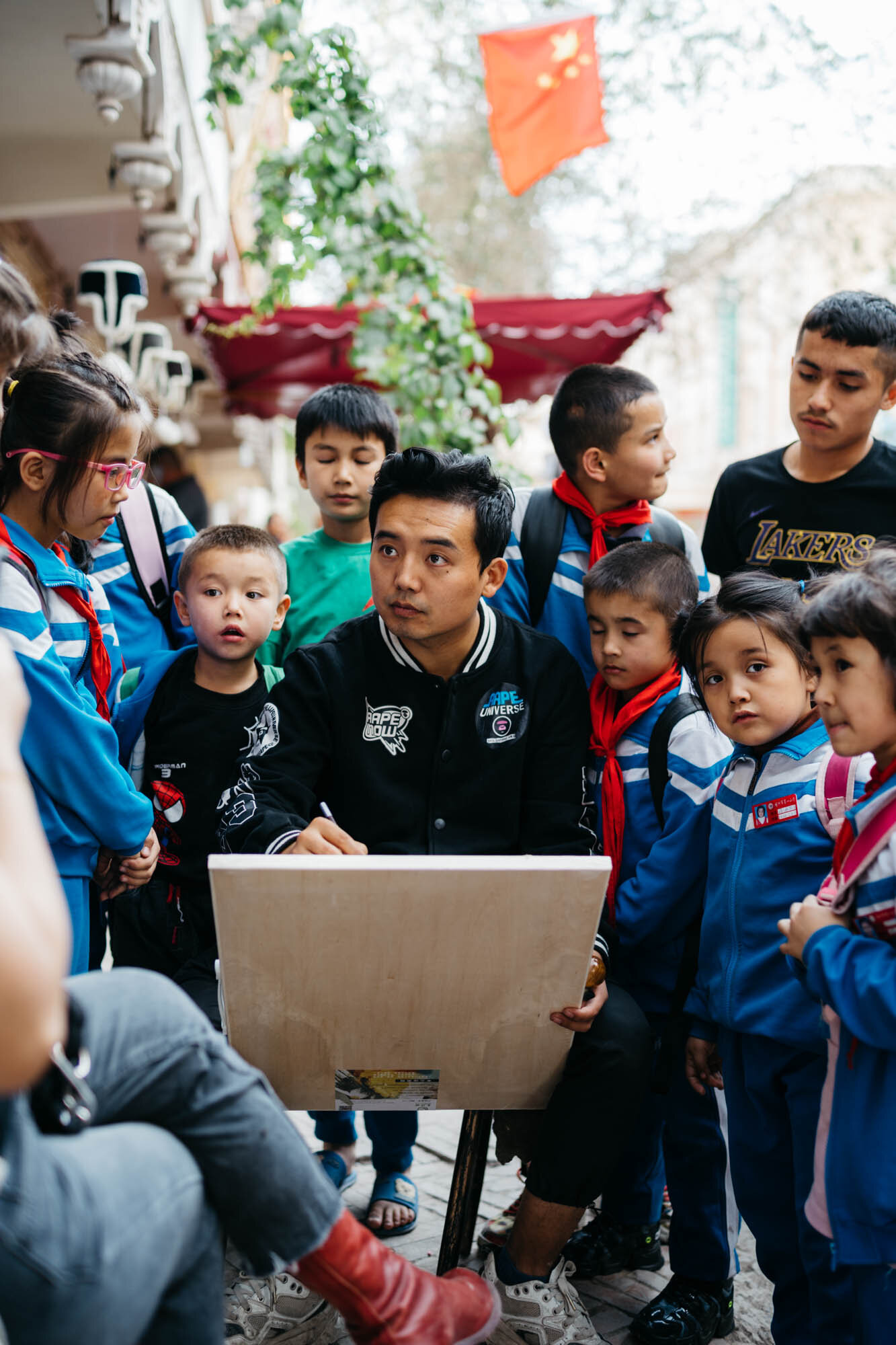
A street artist
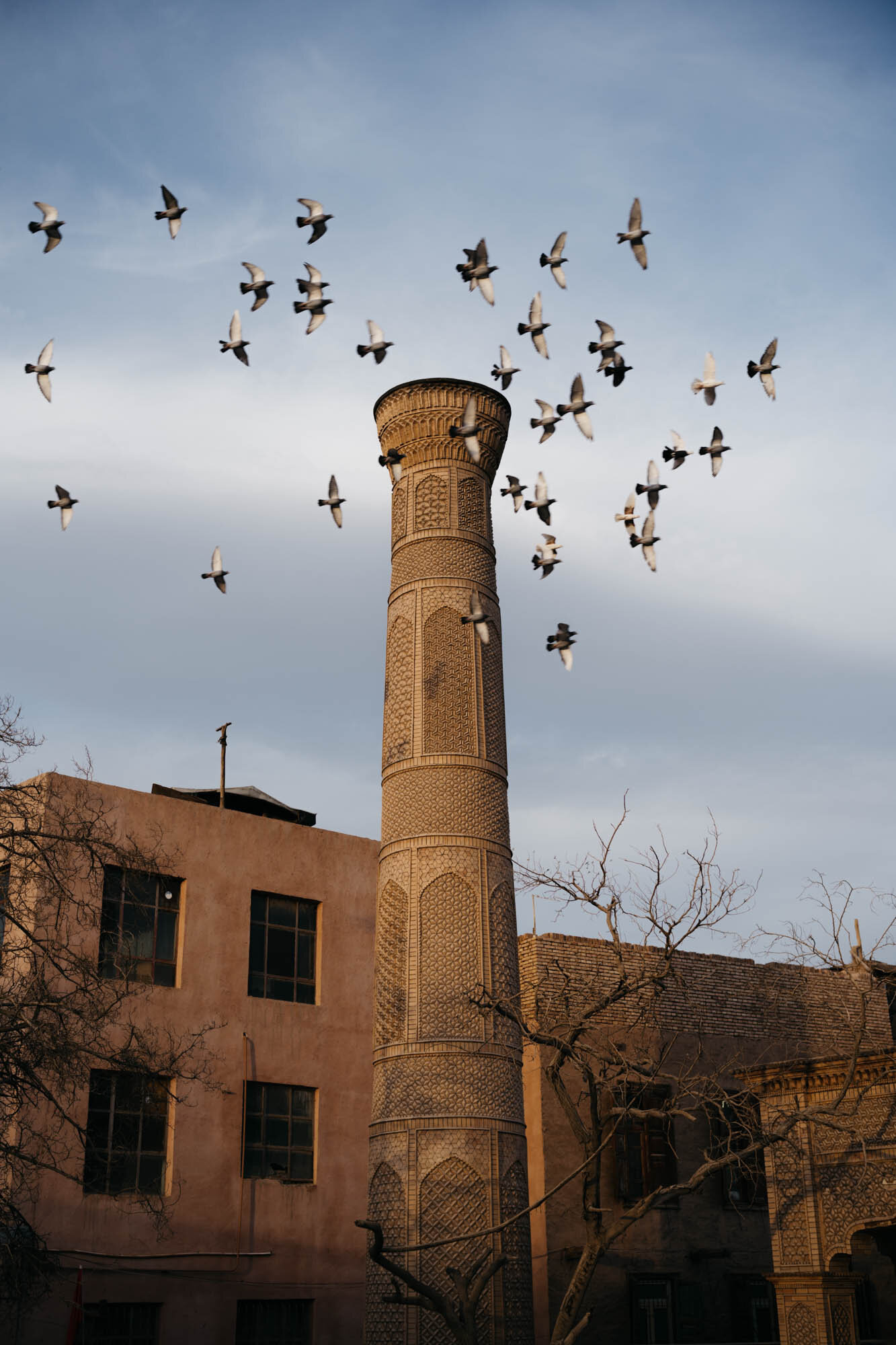
Pigeons fly circles around a minaret
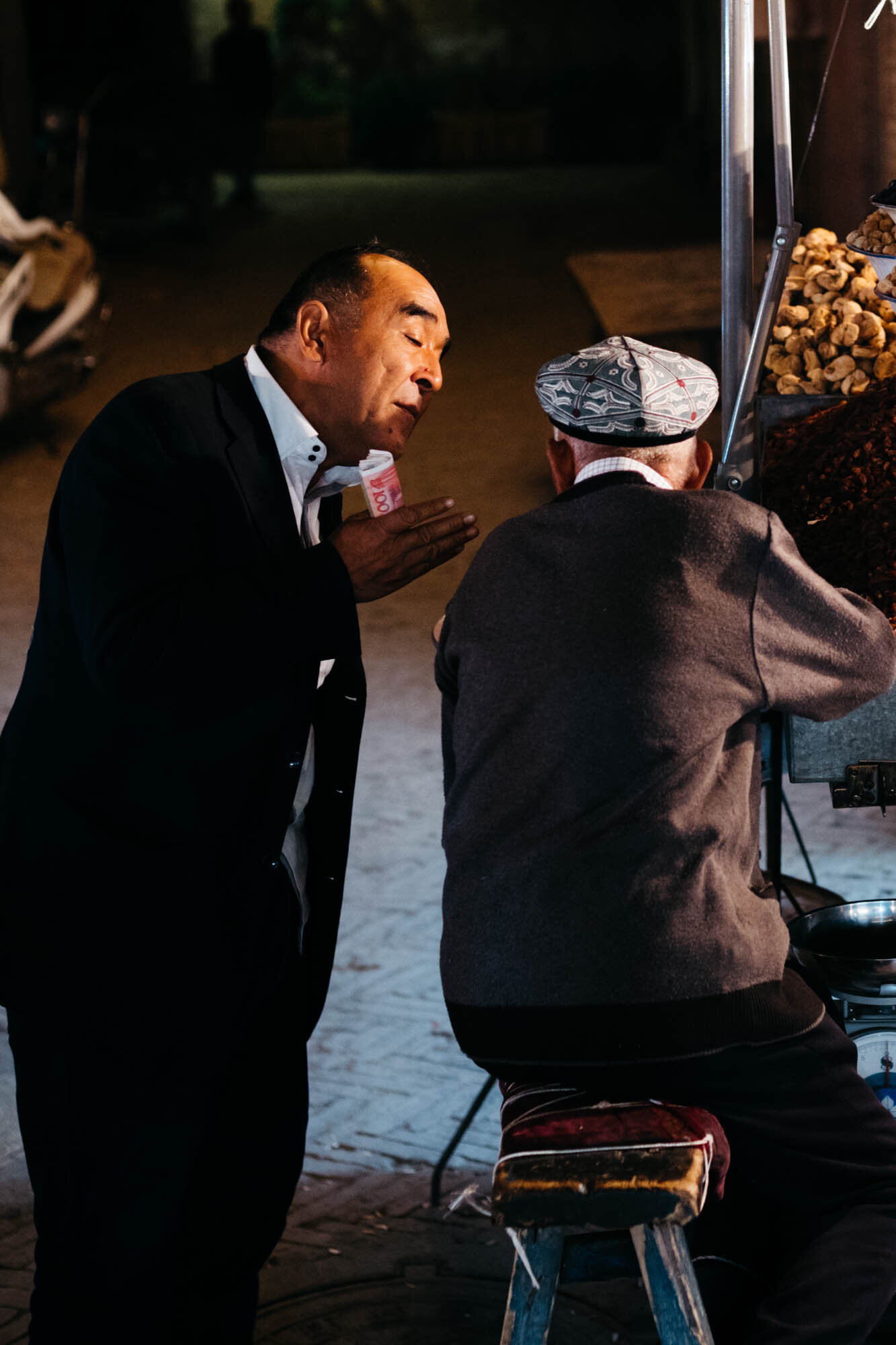
Two shopkeepers in discussion

A metalsmith
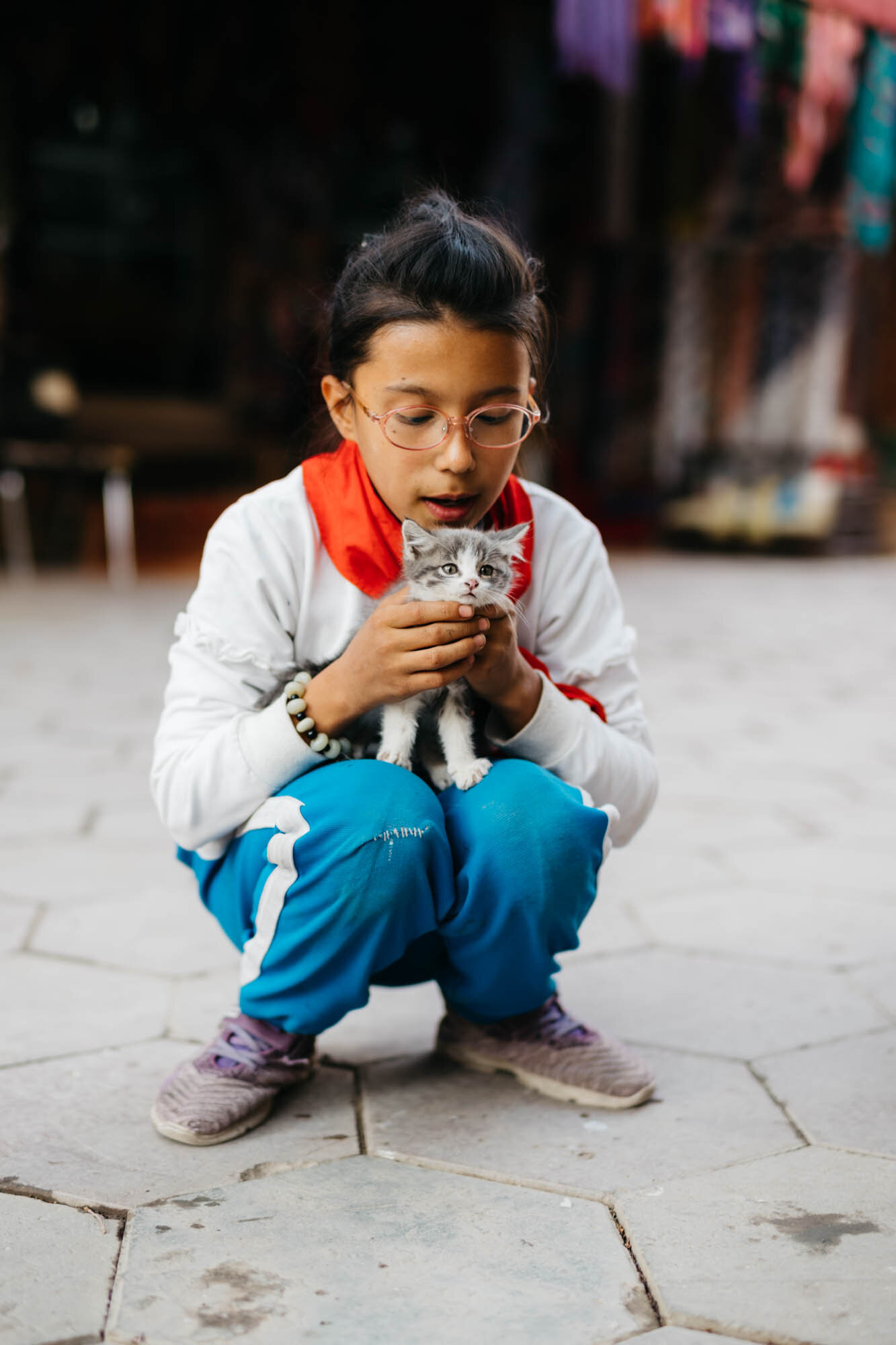
A young woman playing with a kitten
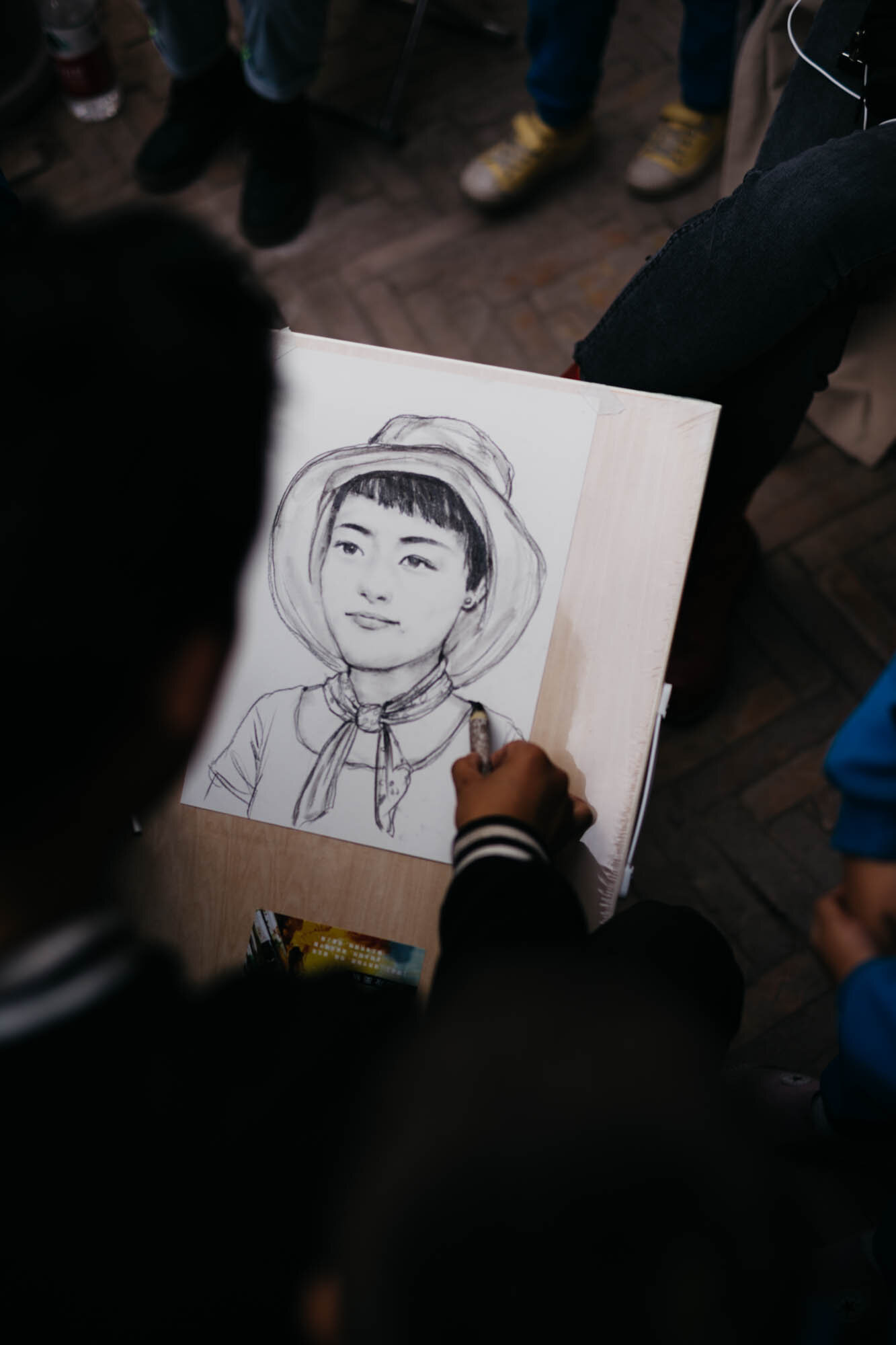
His portrait of her
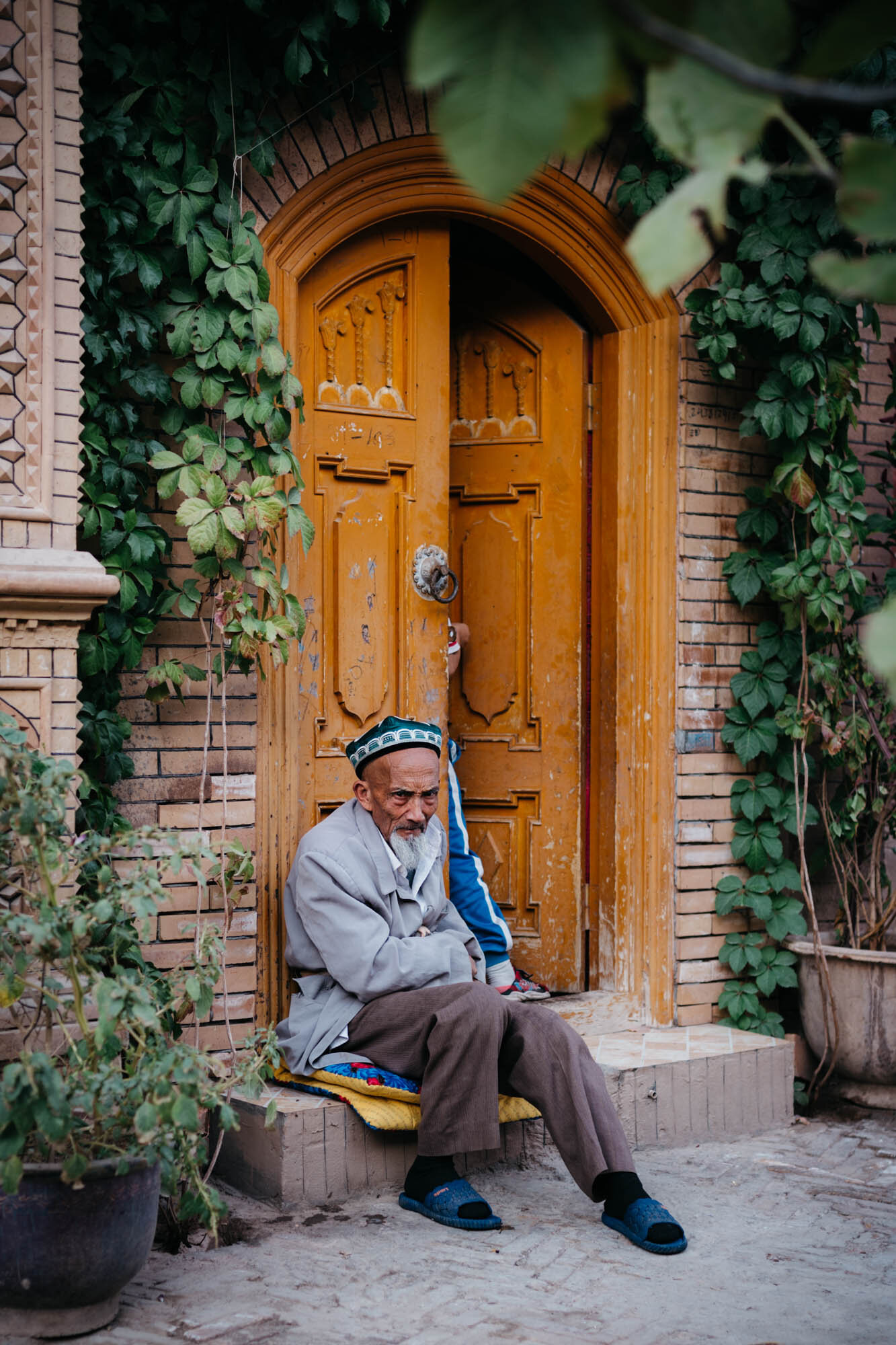
An old Uyghur man
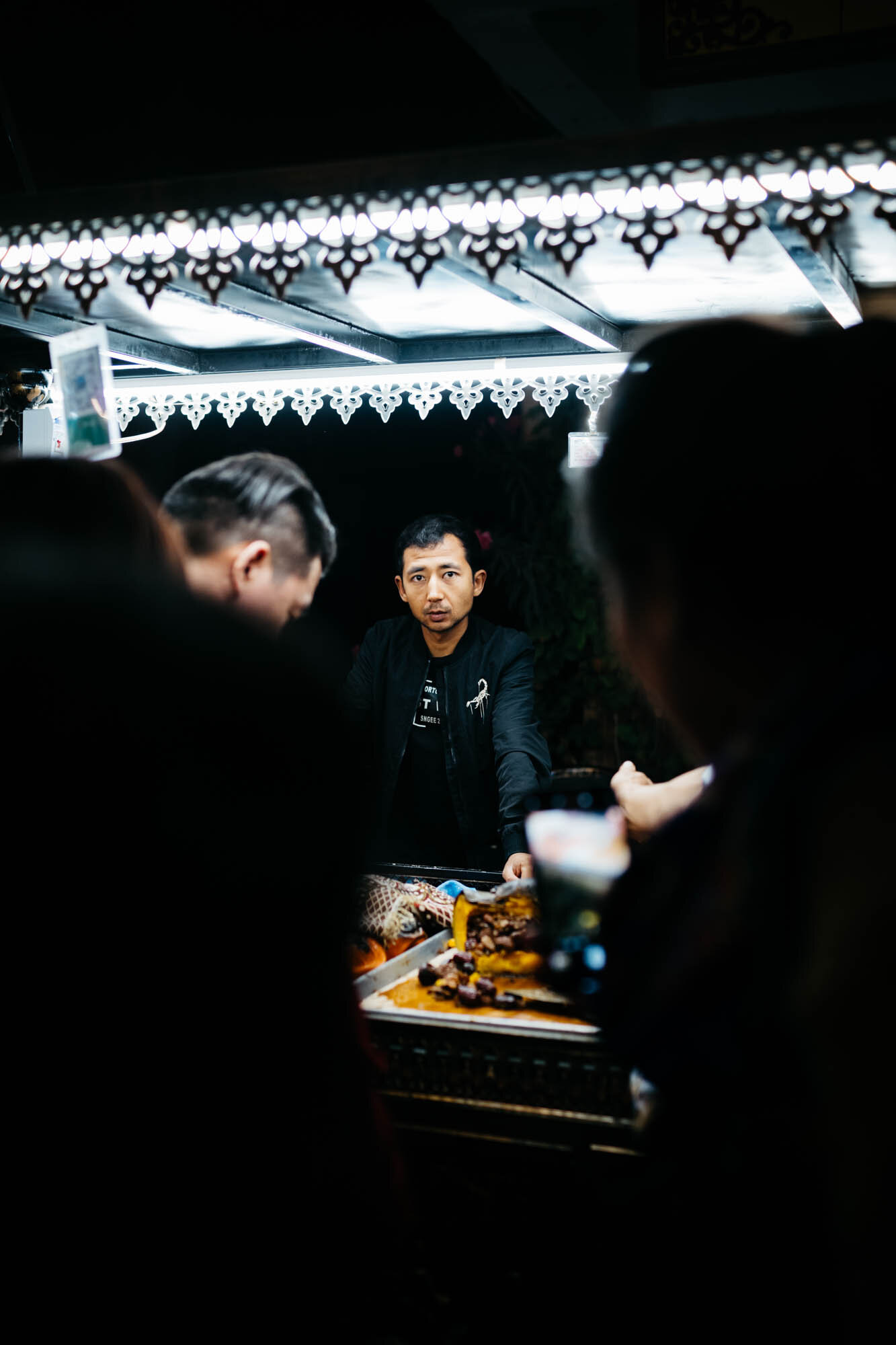
An Uyghur shopkeeper
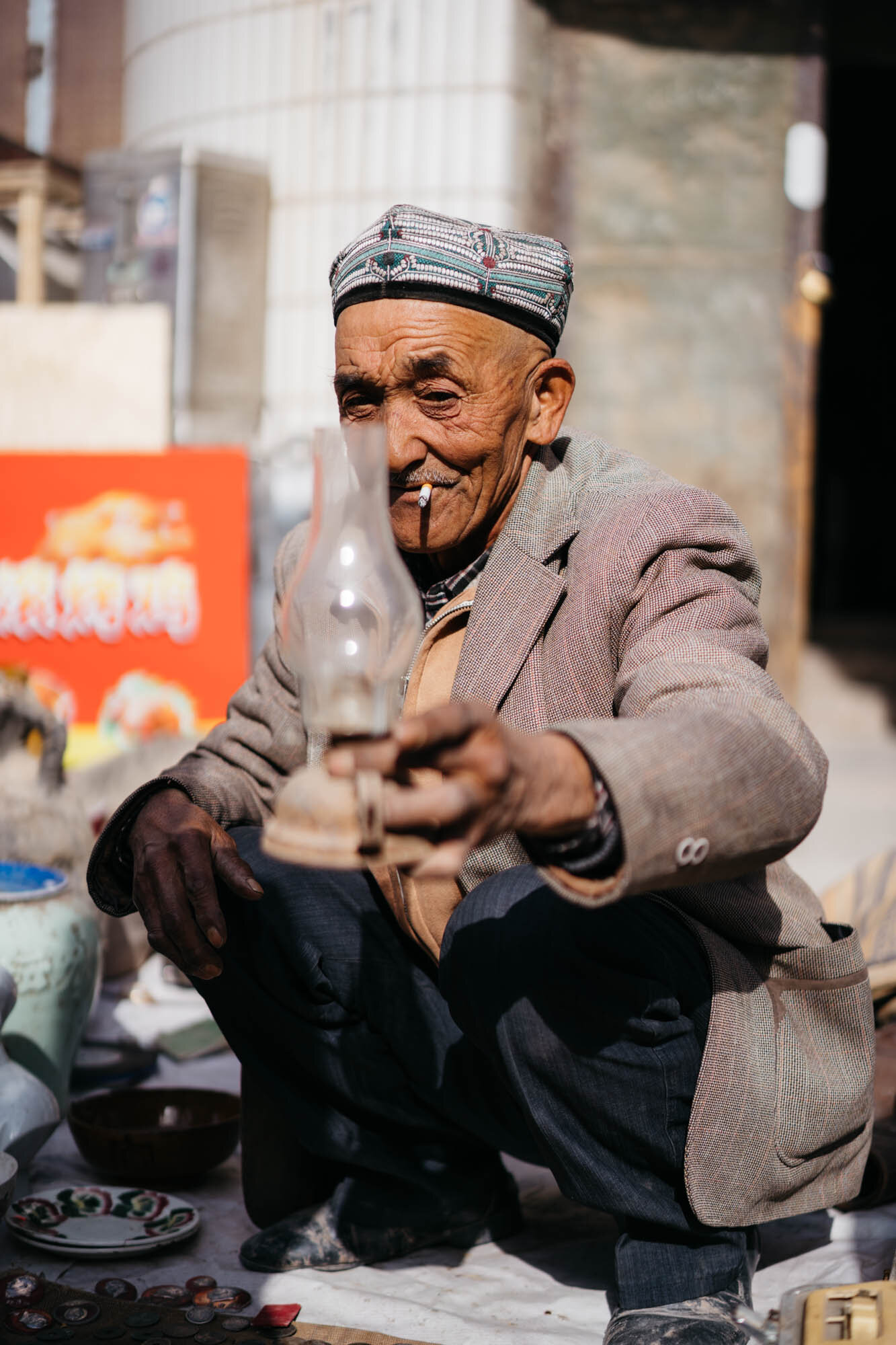
A Uyghur man selling wares at the bazaar
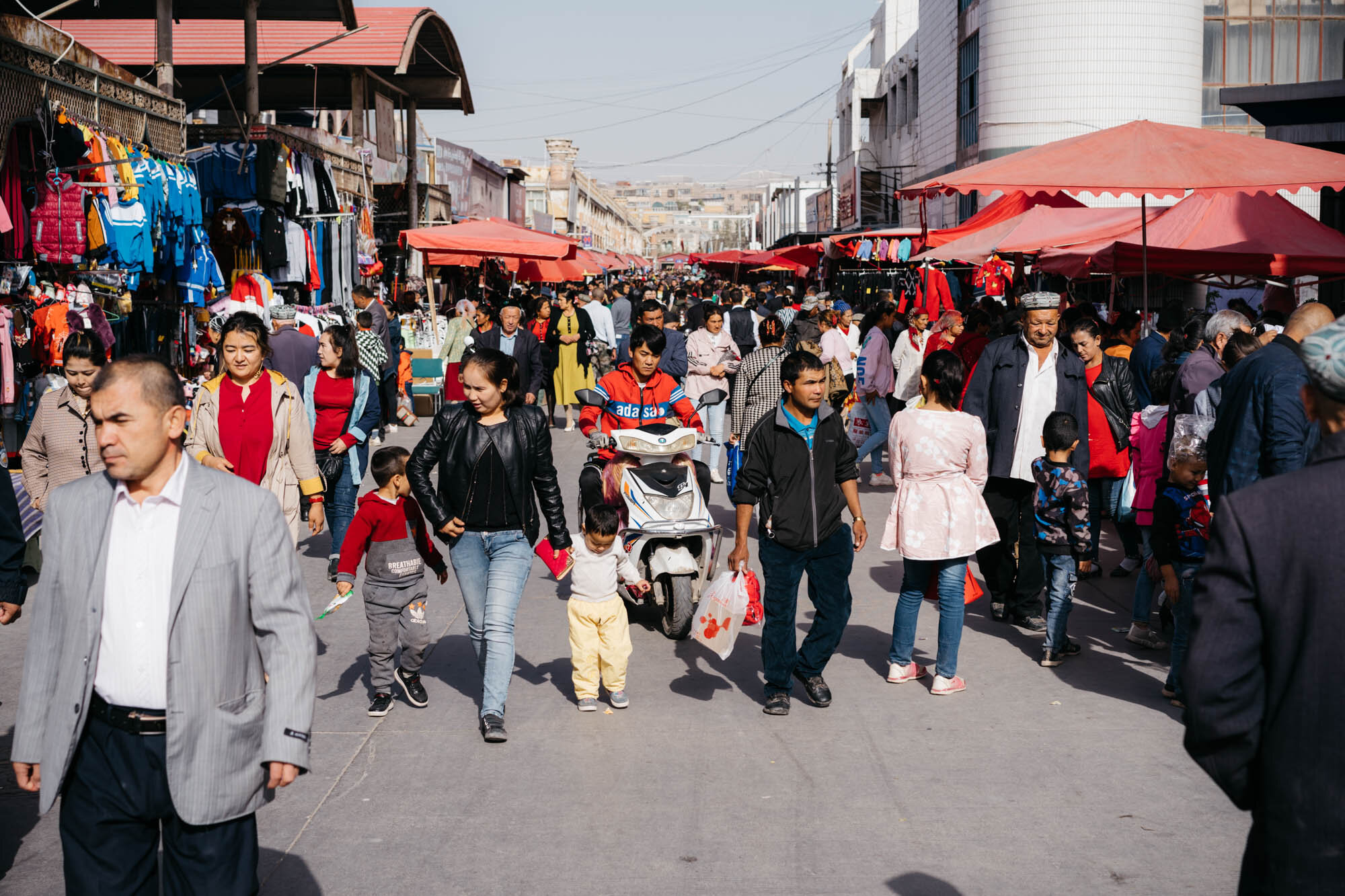
Kashgar’s Grand Bazaar
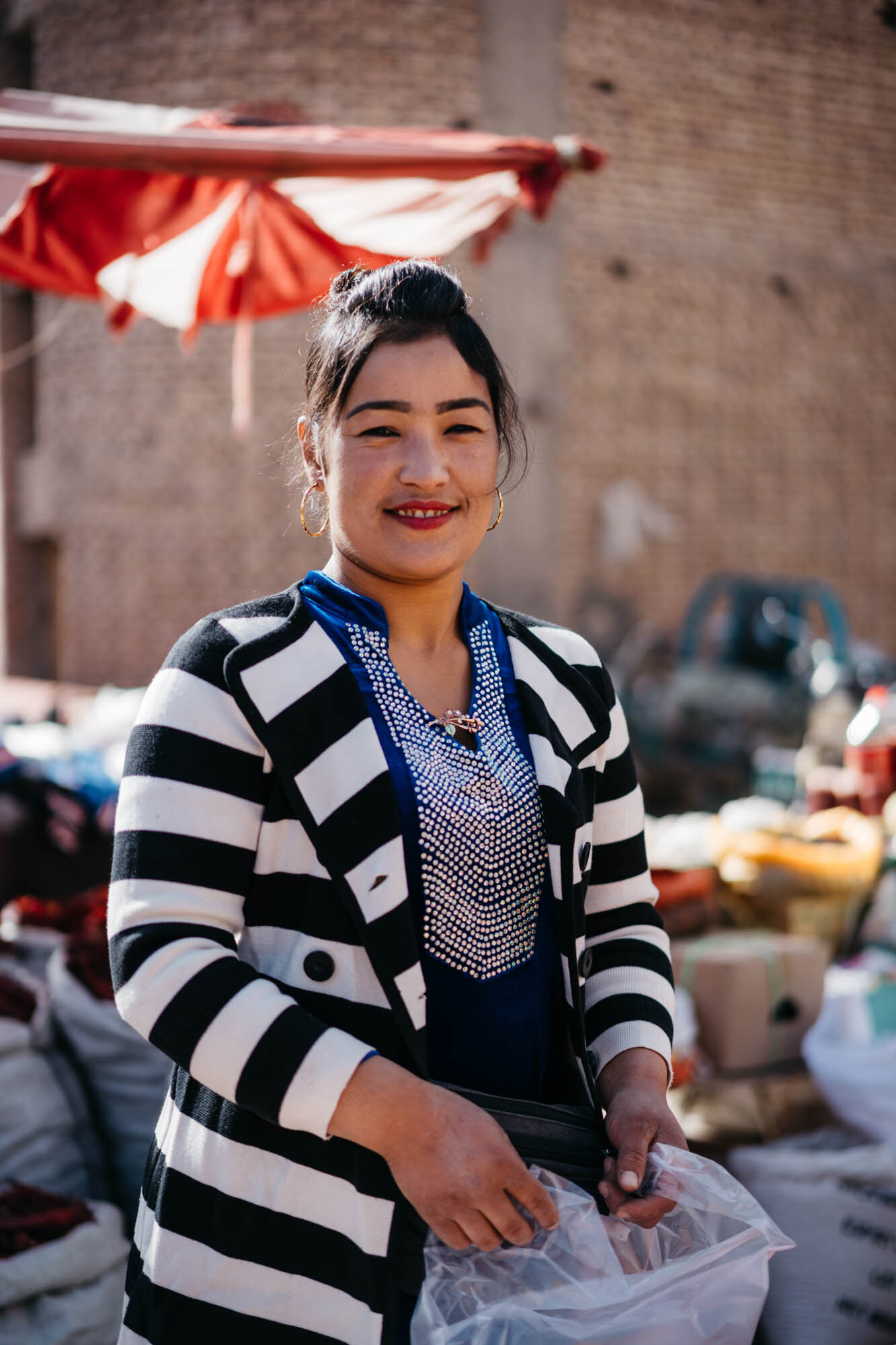
A Uyghur shopkeeper at the bazaar
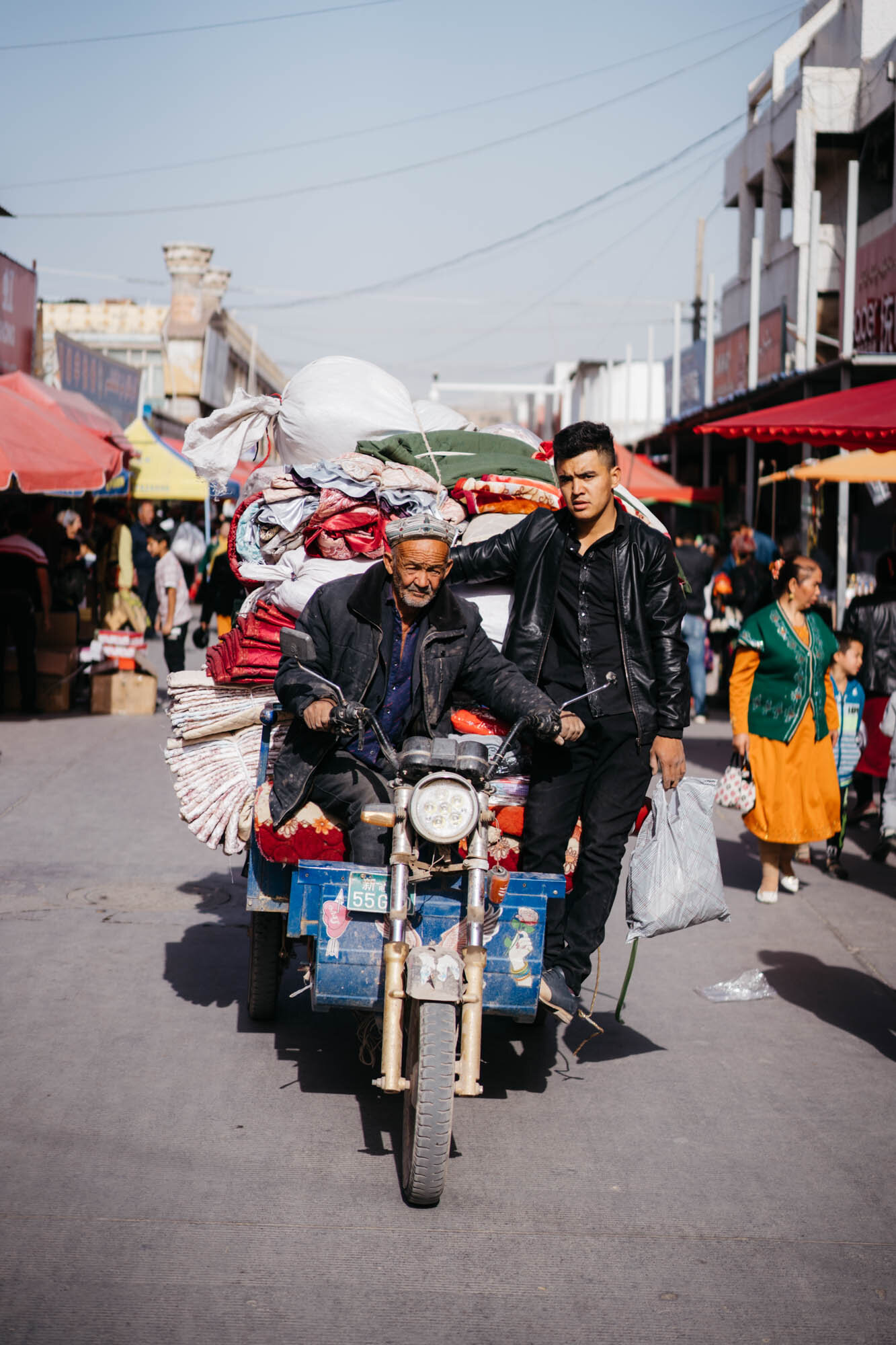
Uyghur men at the bazaar
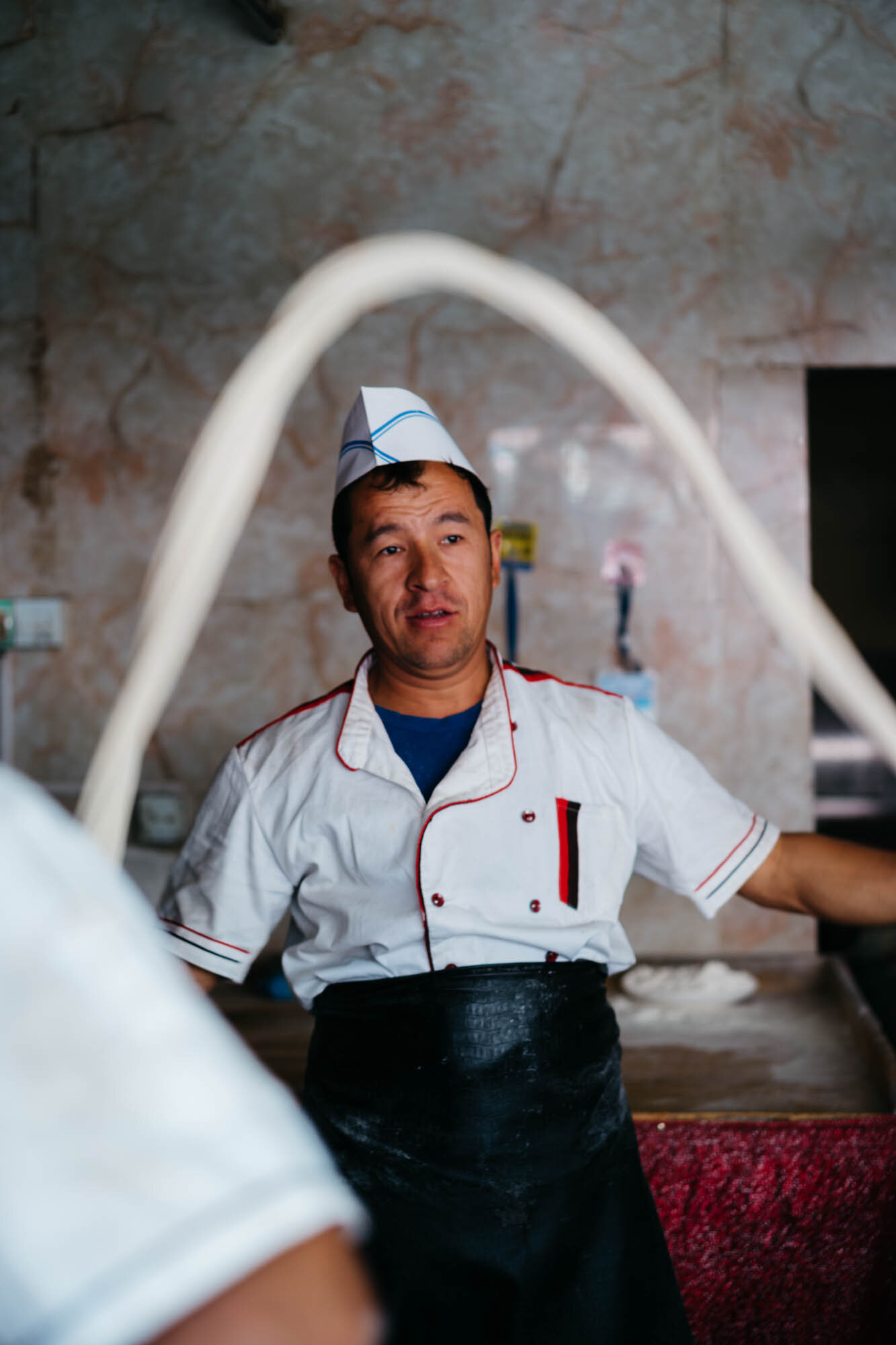
A cook making hand pulled noodles at the bazaar
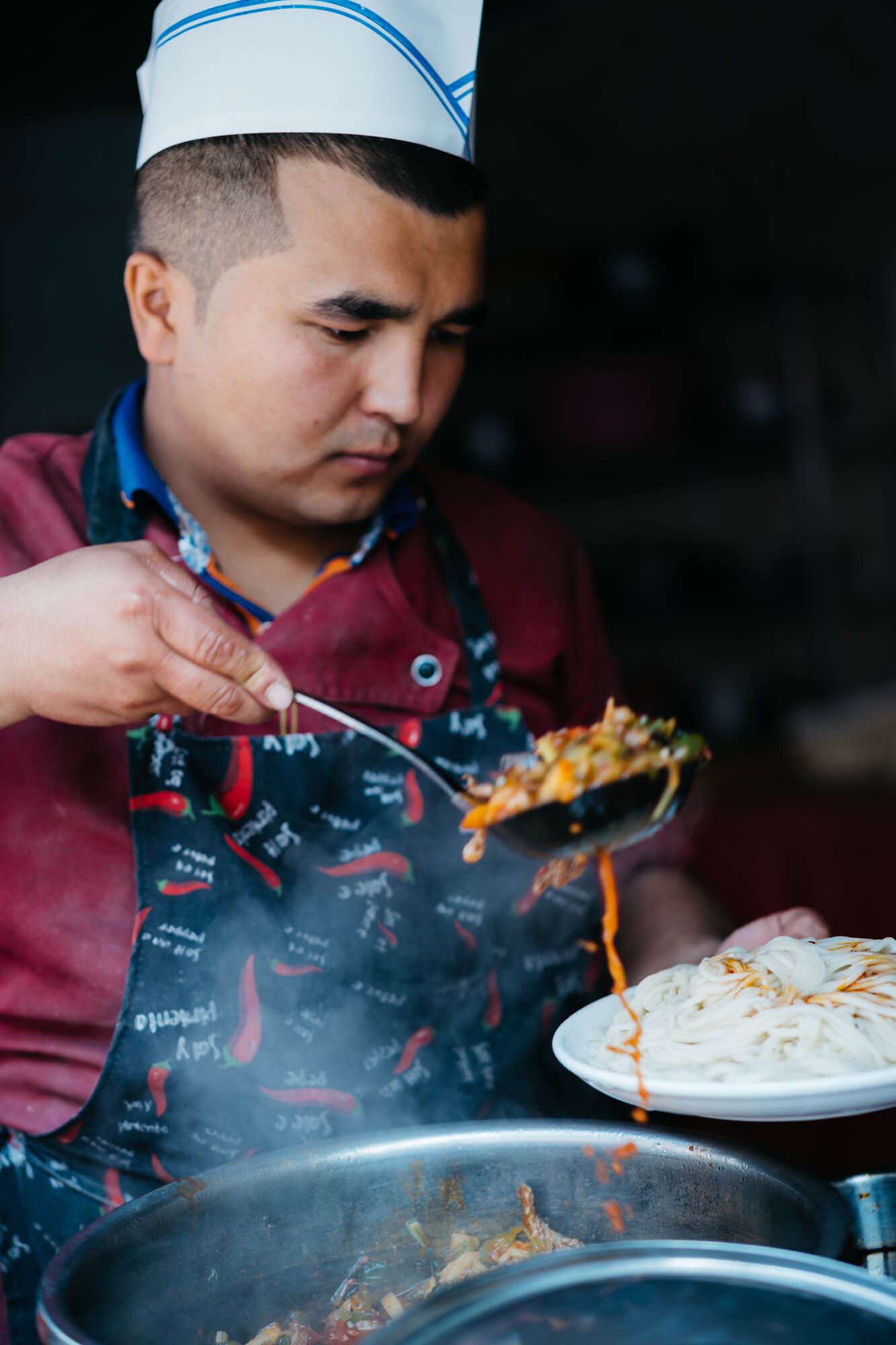
A cook serving Laghman at the bazaar. Laghman is a Central Asian dish of pulled noodles, meat and vegetables.
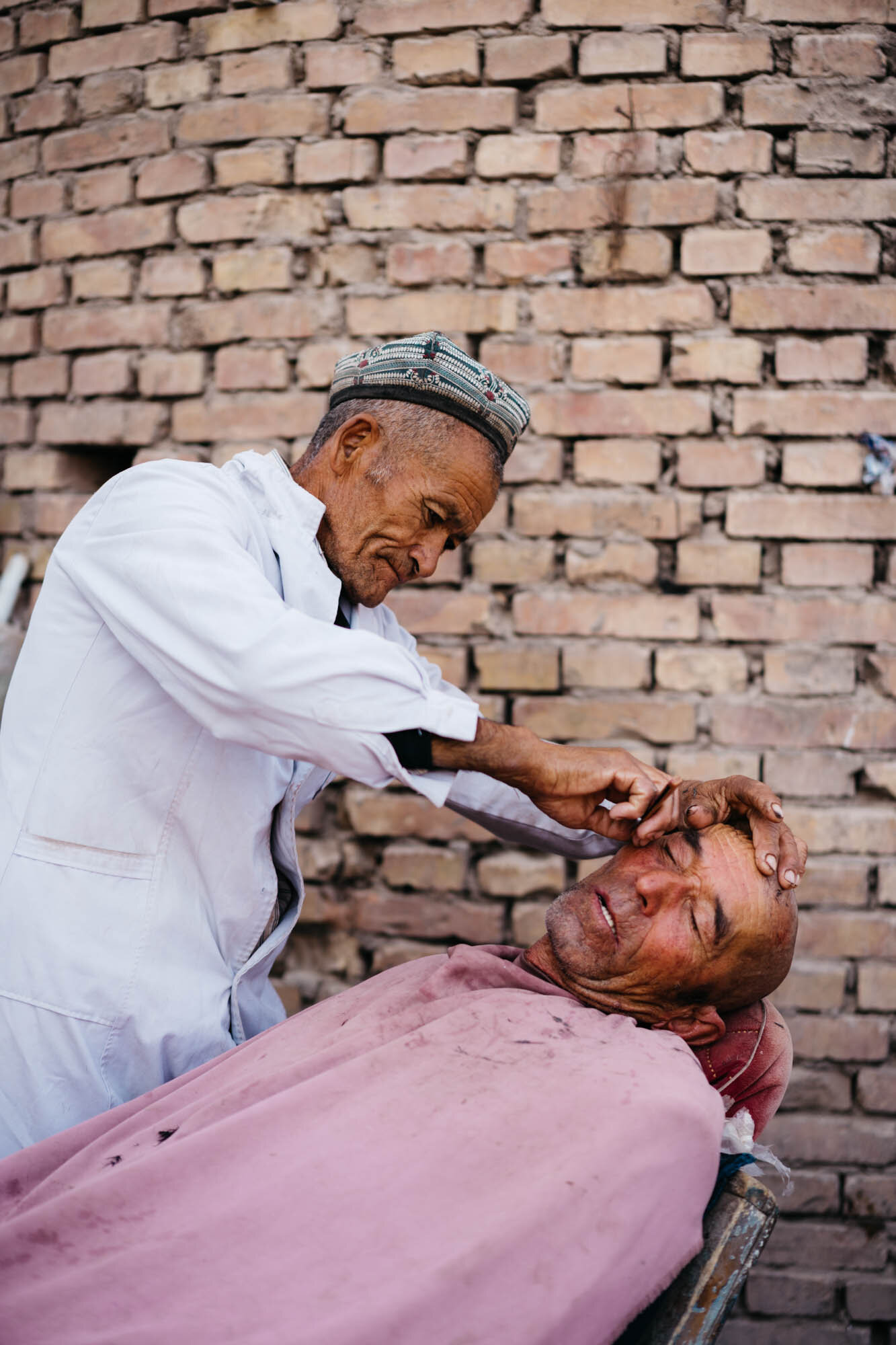
A barber at work in the bazaar
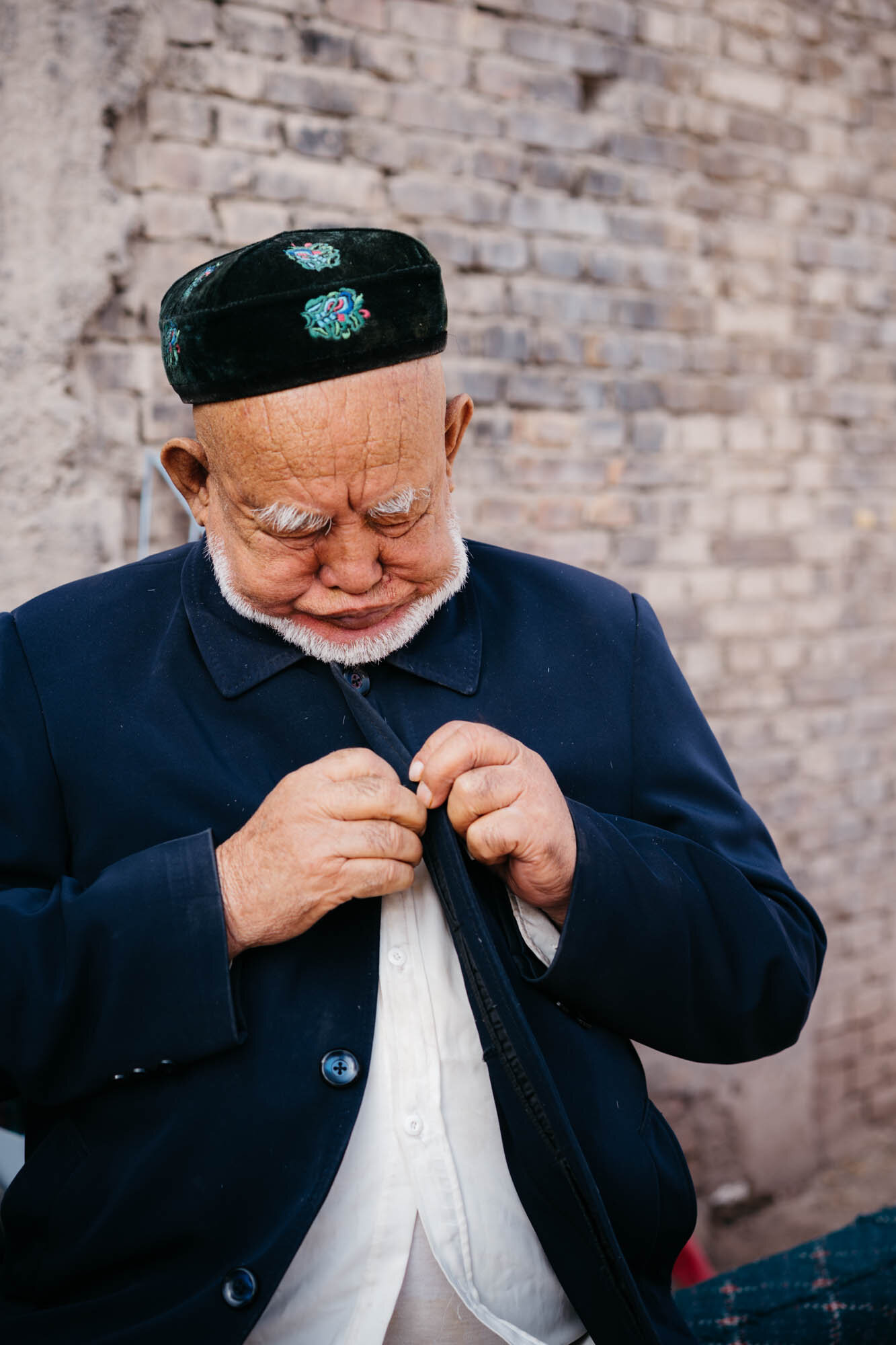
A shopkeeper at the bazaar
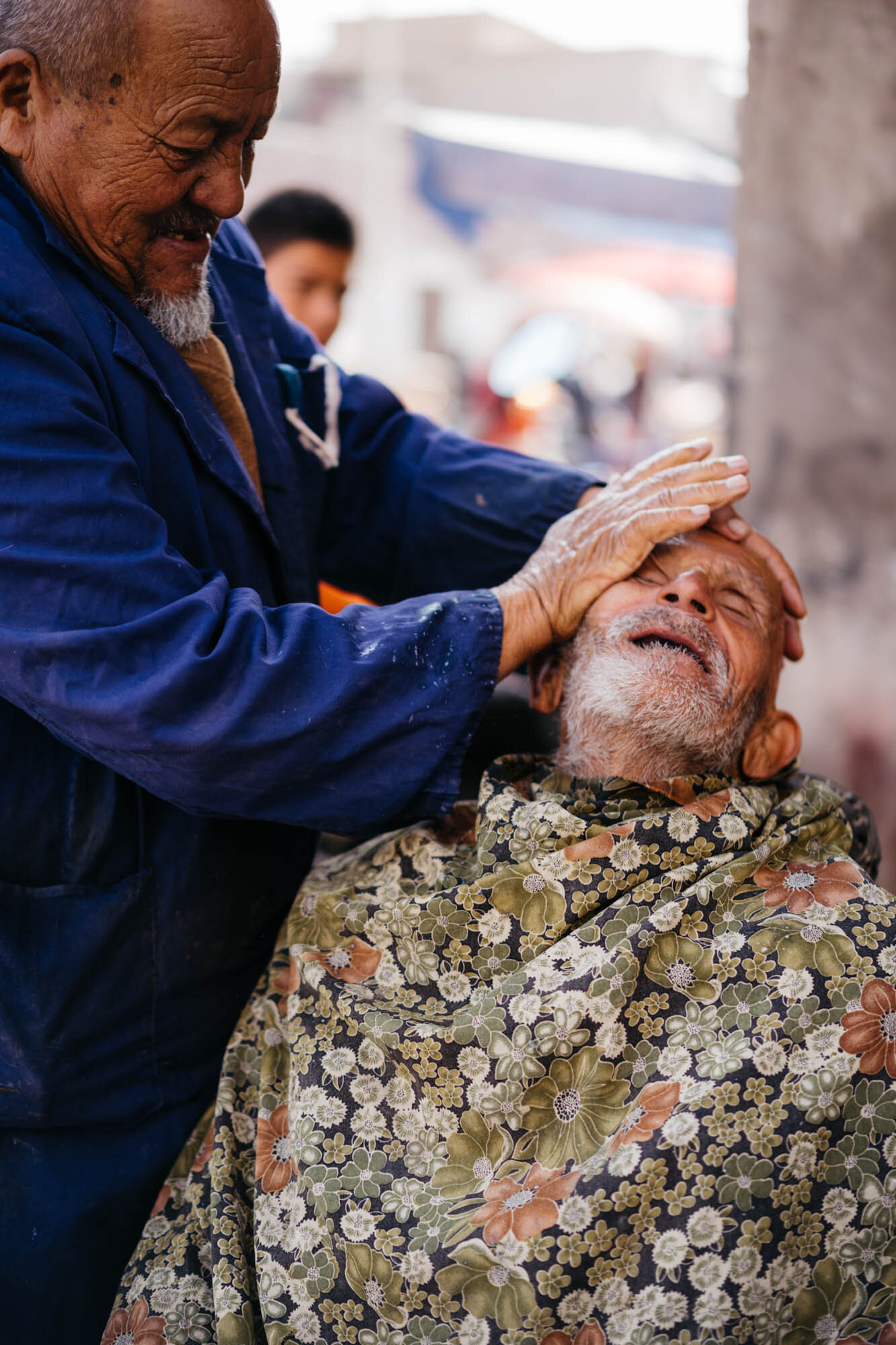
A barber giving face massage at the bazaar
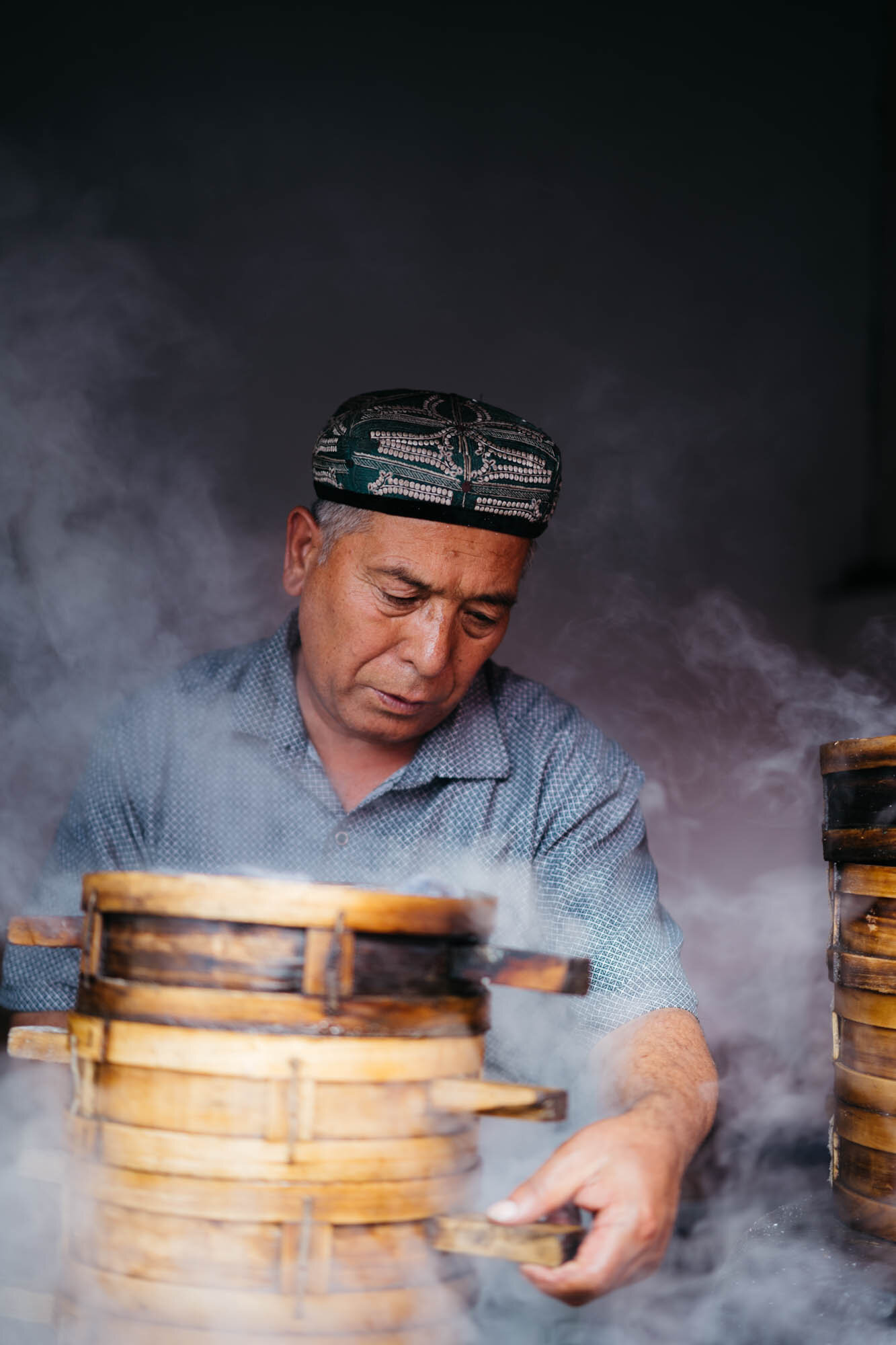
Preparing food at the bazaar
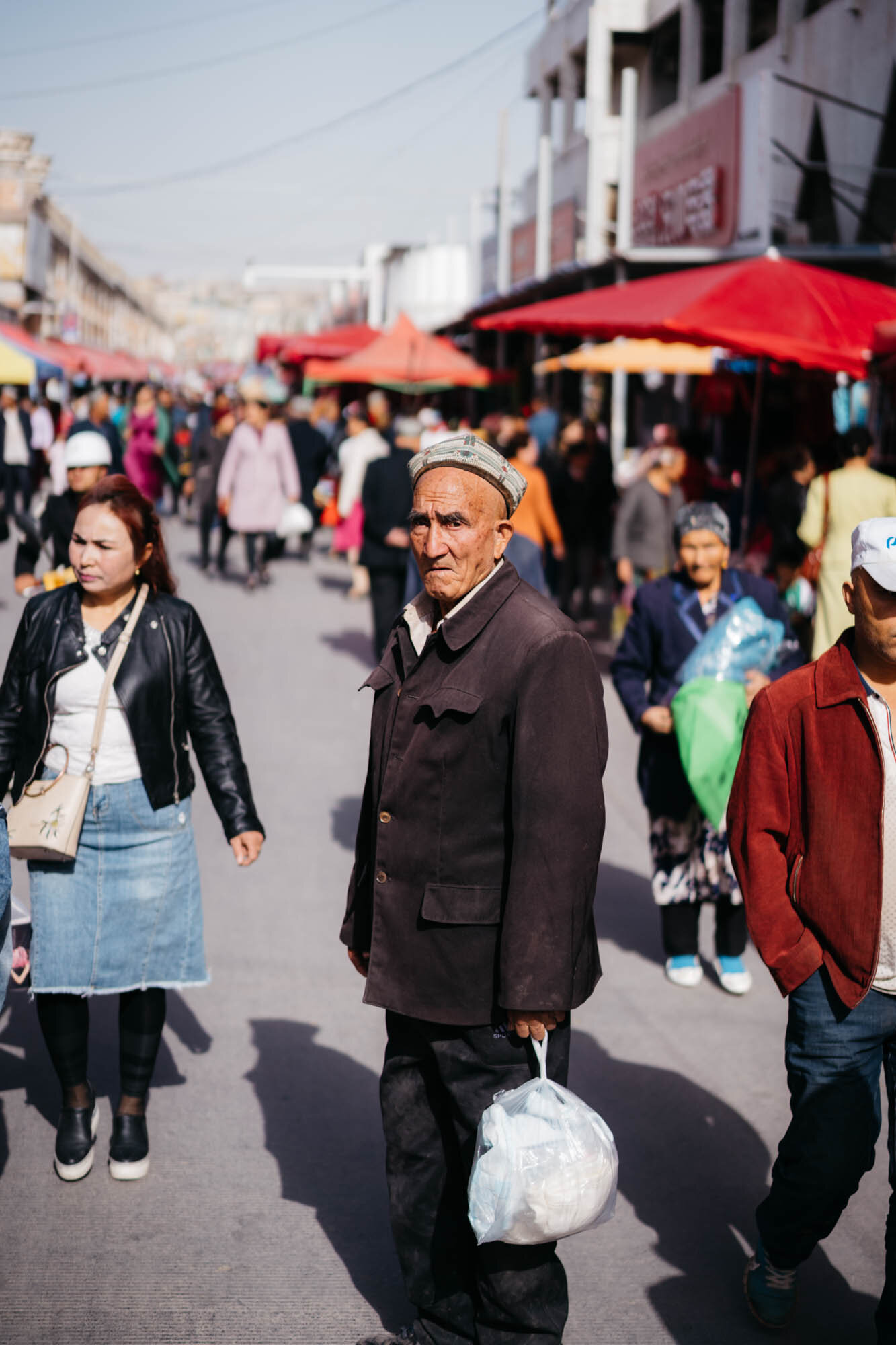
A Uyghur man at the bazaar
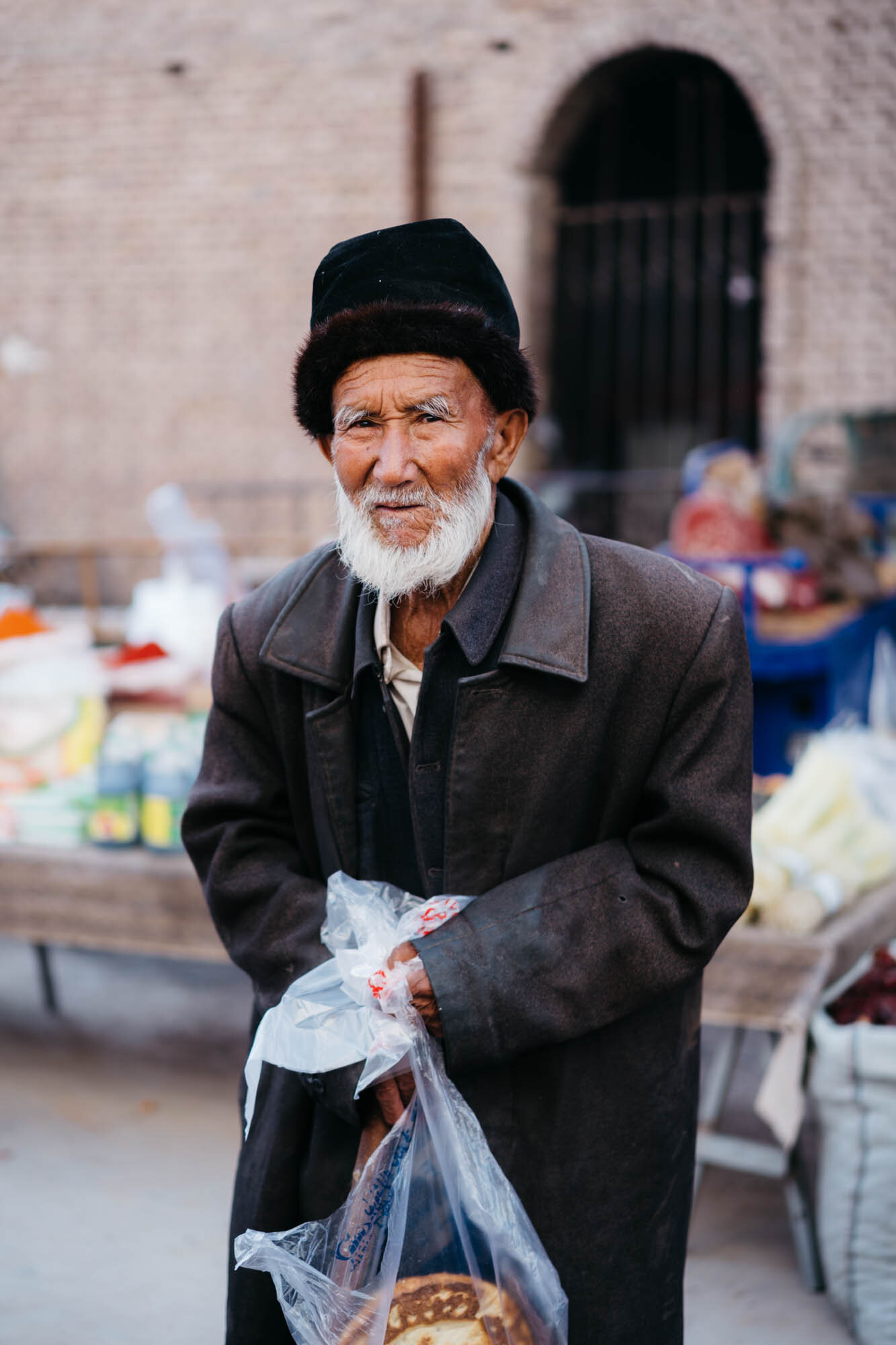
A Uyghur man in a traditional Kashgar hat at the bazaar
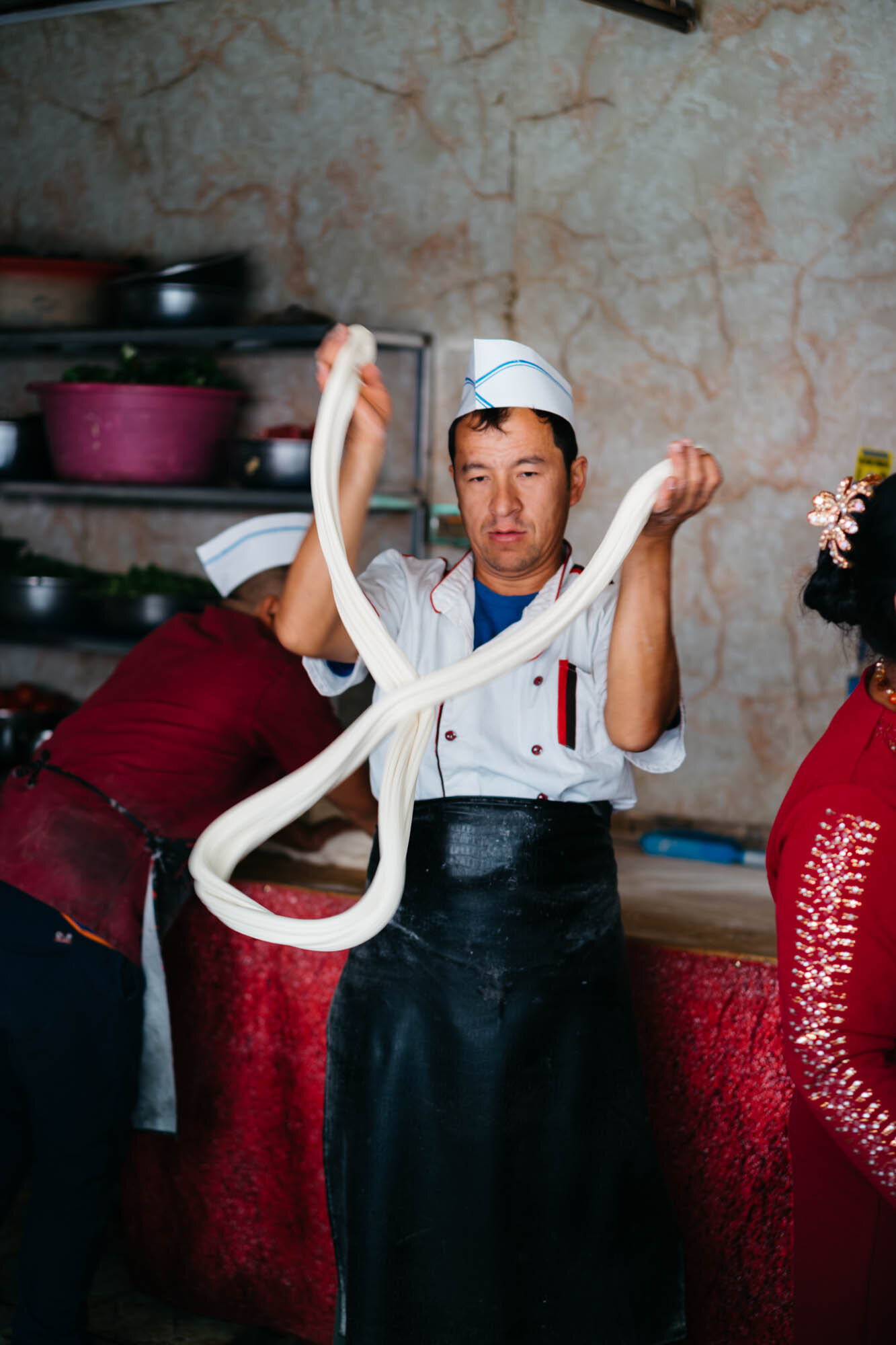
A cook making hand pulled noodles at the bazaar
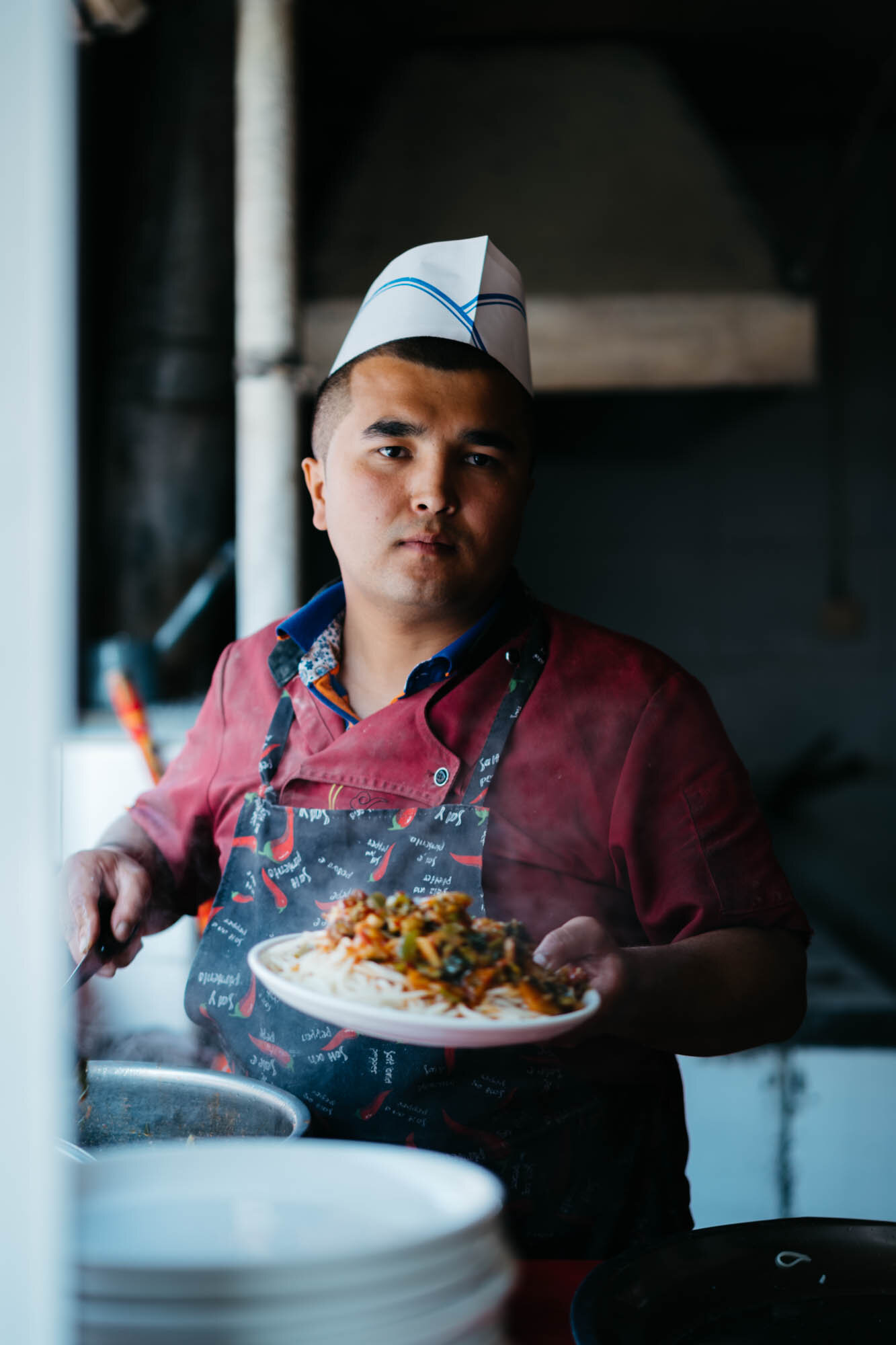
A cook serving Laghman at the bazaar. Laghman is a Central Asian dish of pulled noodles, meat and vegetables.
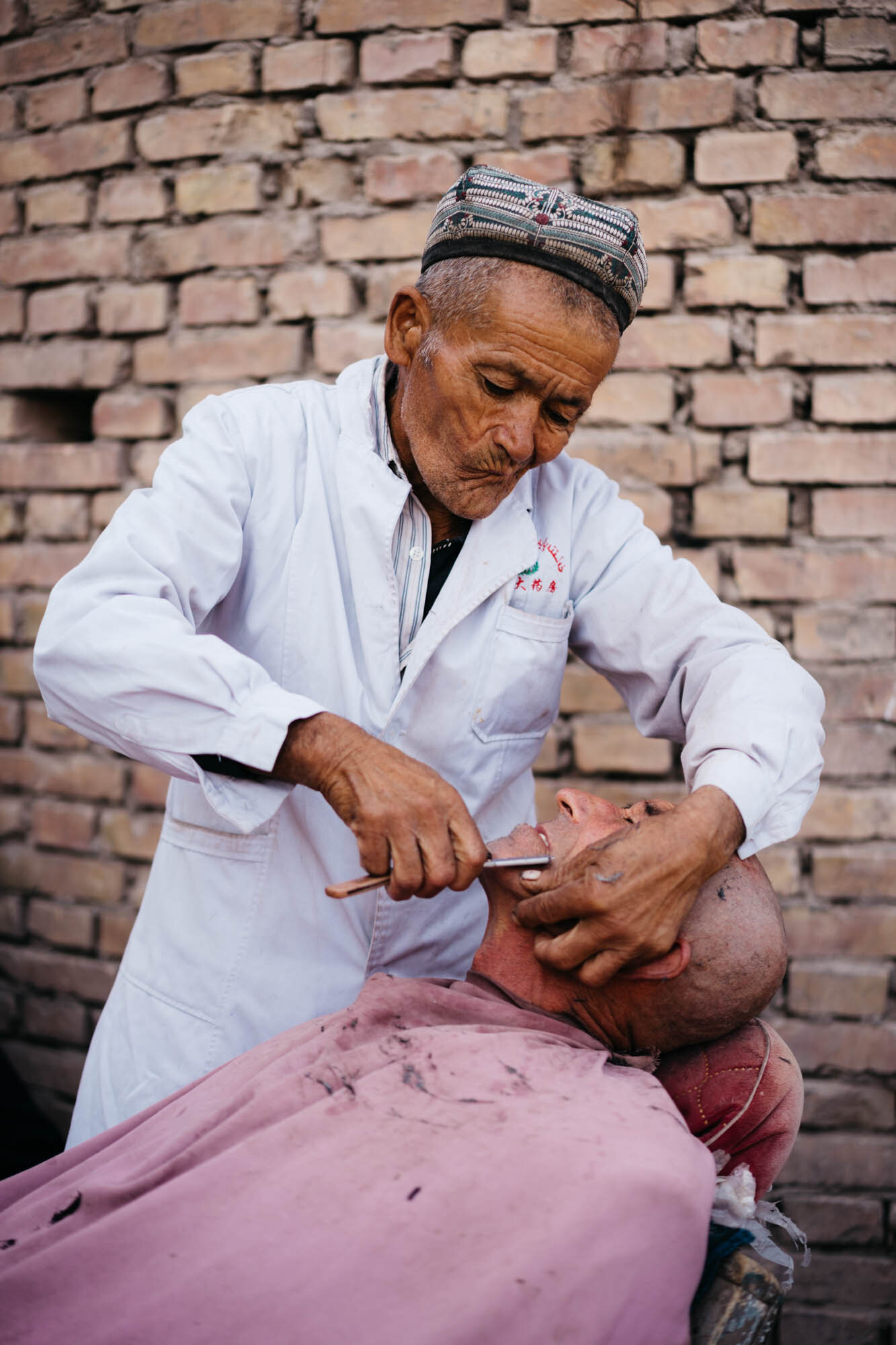
A barber at work in the bazaar
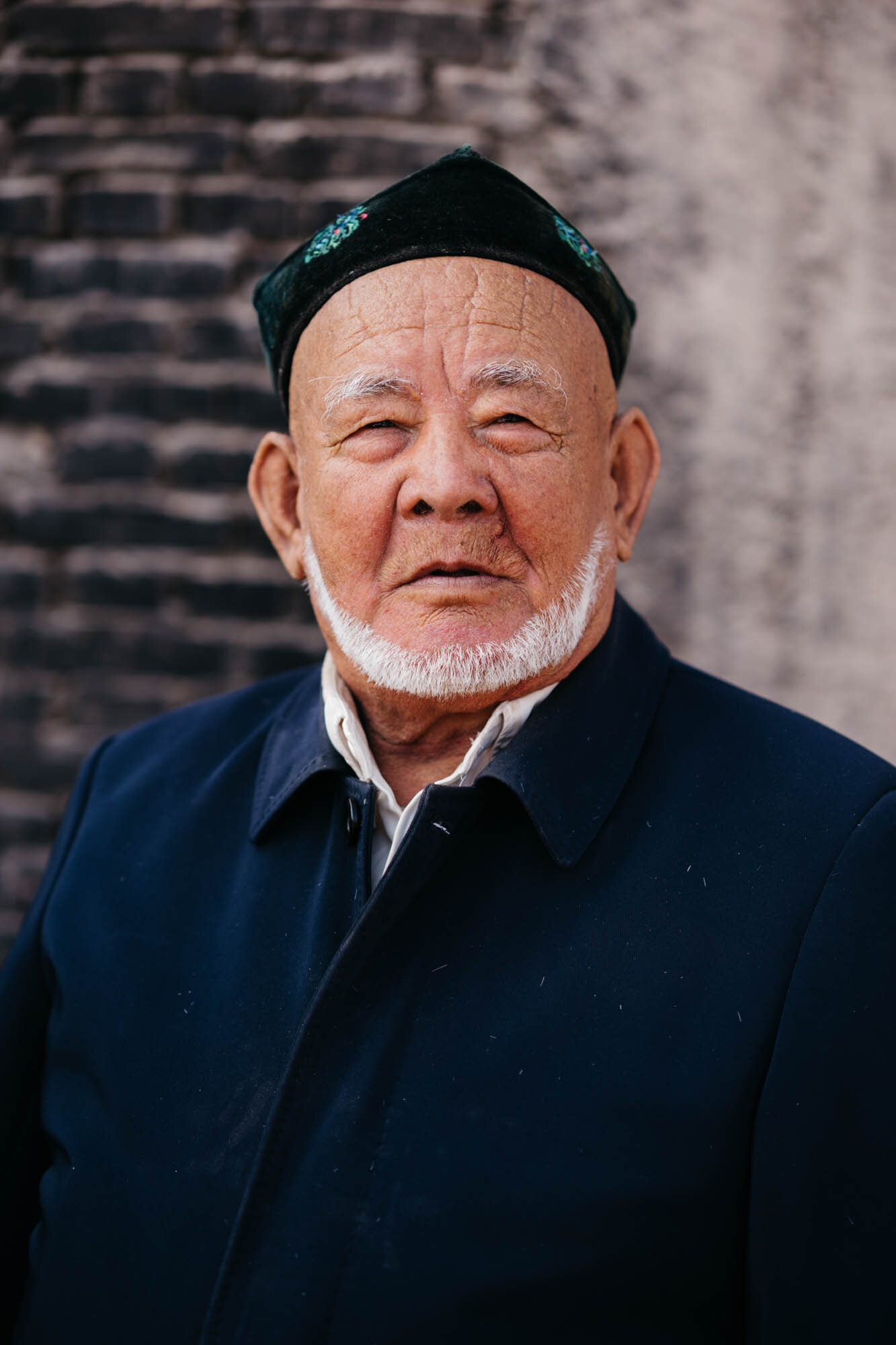
A shopkeeper at the bazaar
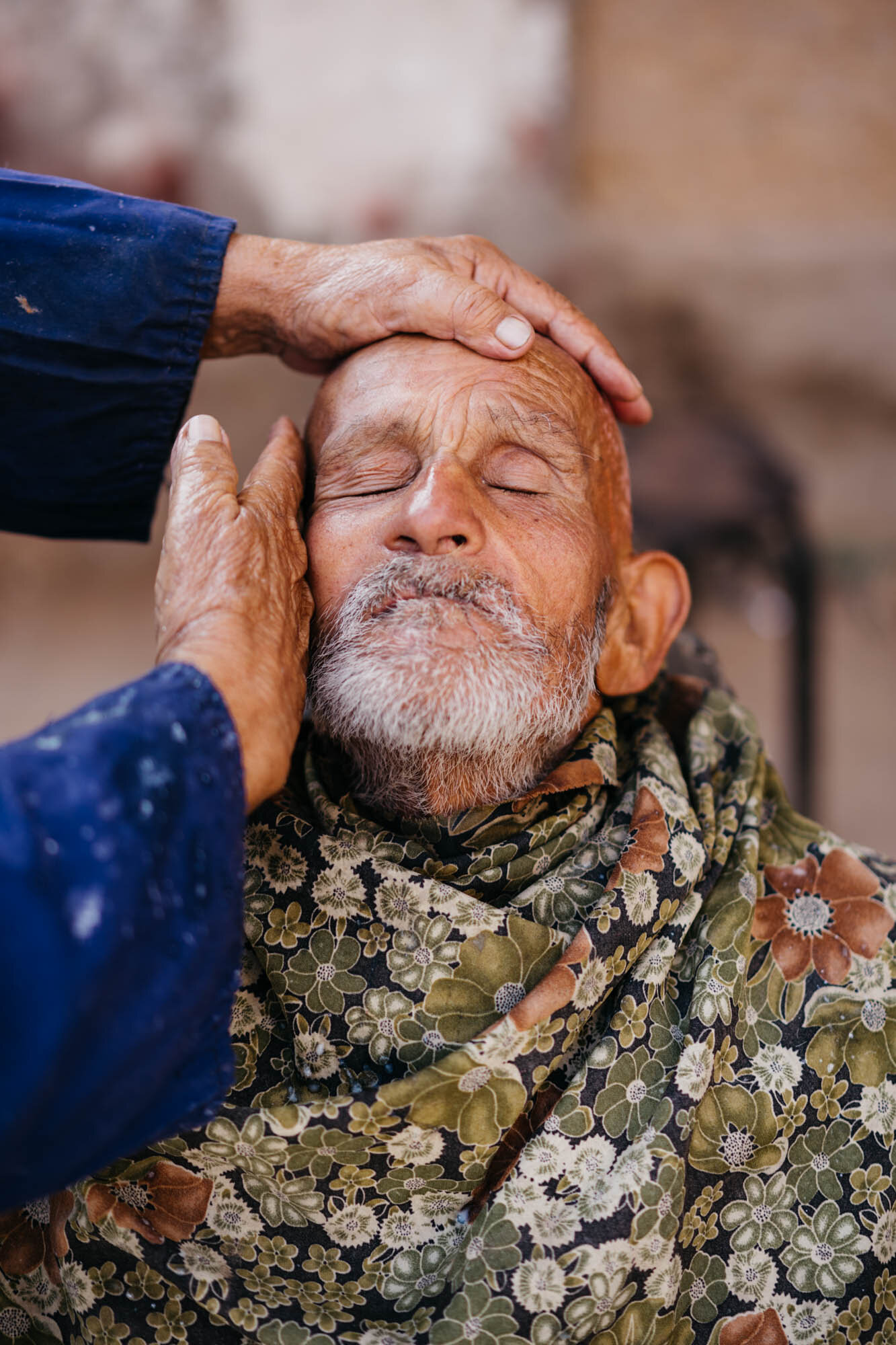
A barber giving face massage at the bazaar
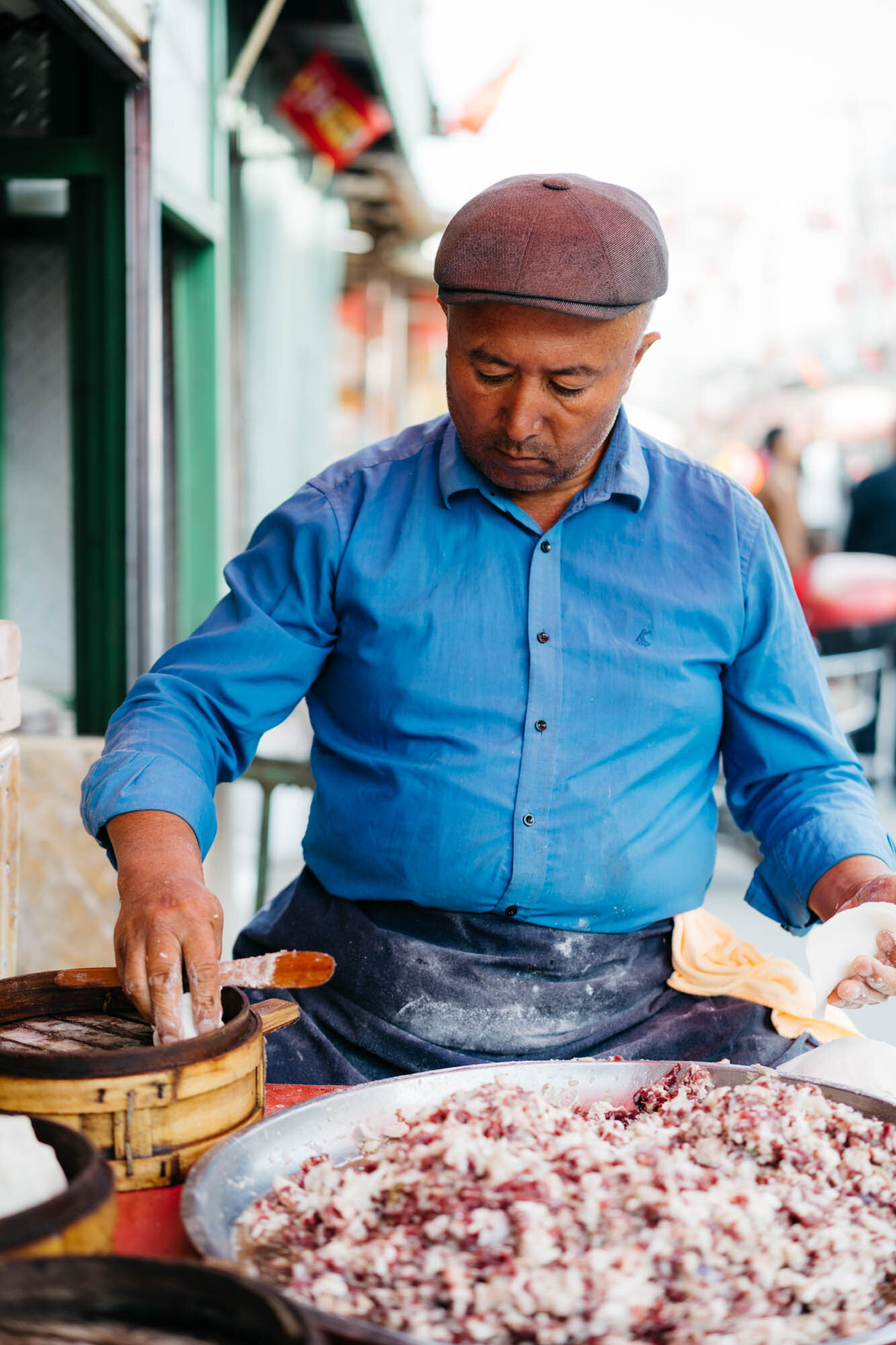
Preparing food at the bazaar
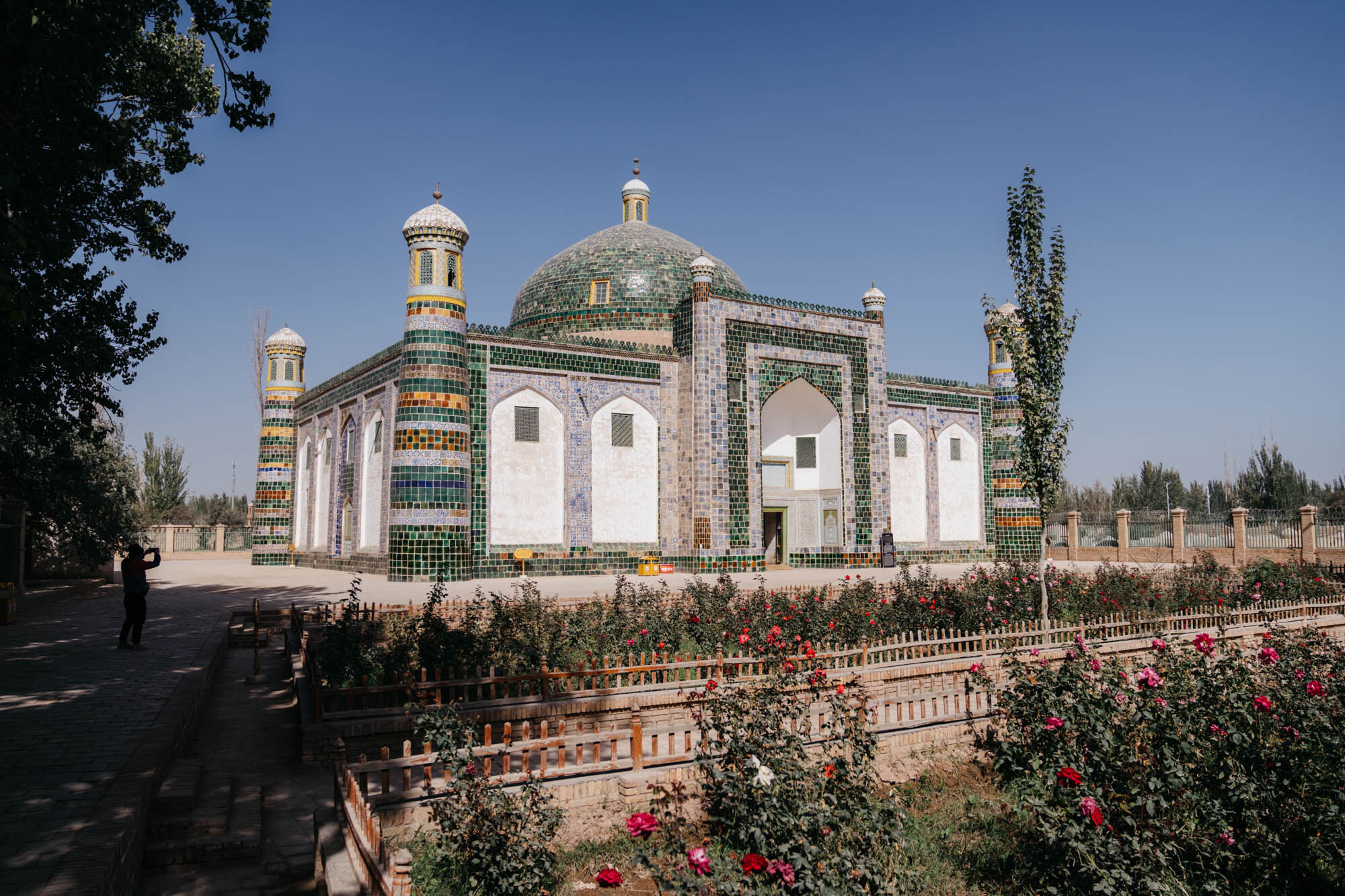
The Afāq Khoja Mausoleum. The mausoleum is one of the holiest Muslim sites in Kashgar.
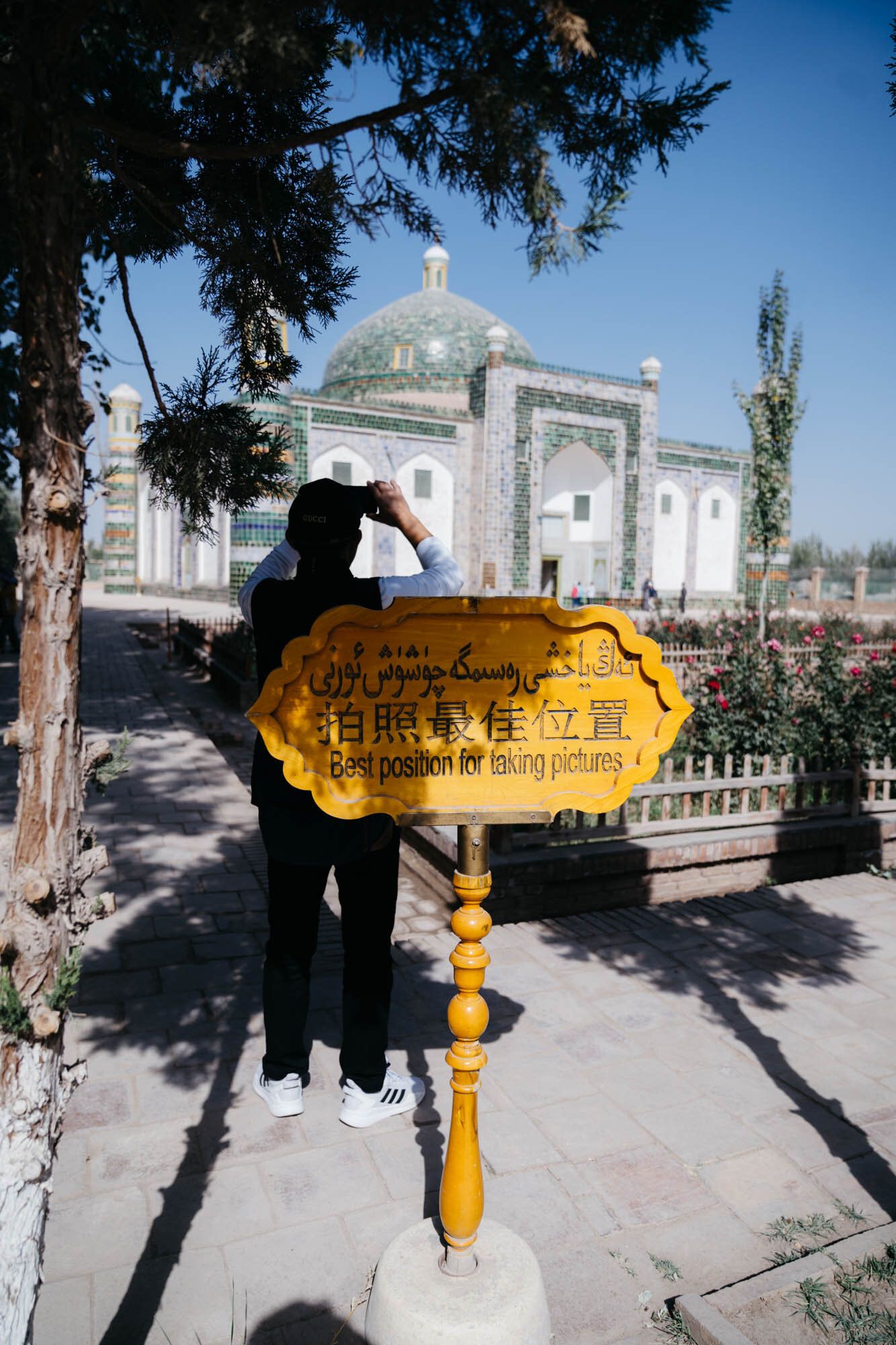
You’re not wrong.
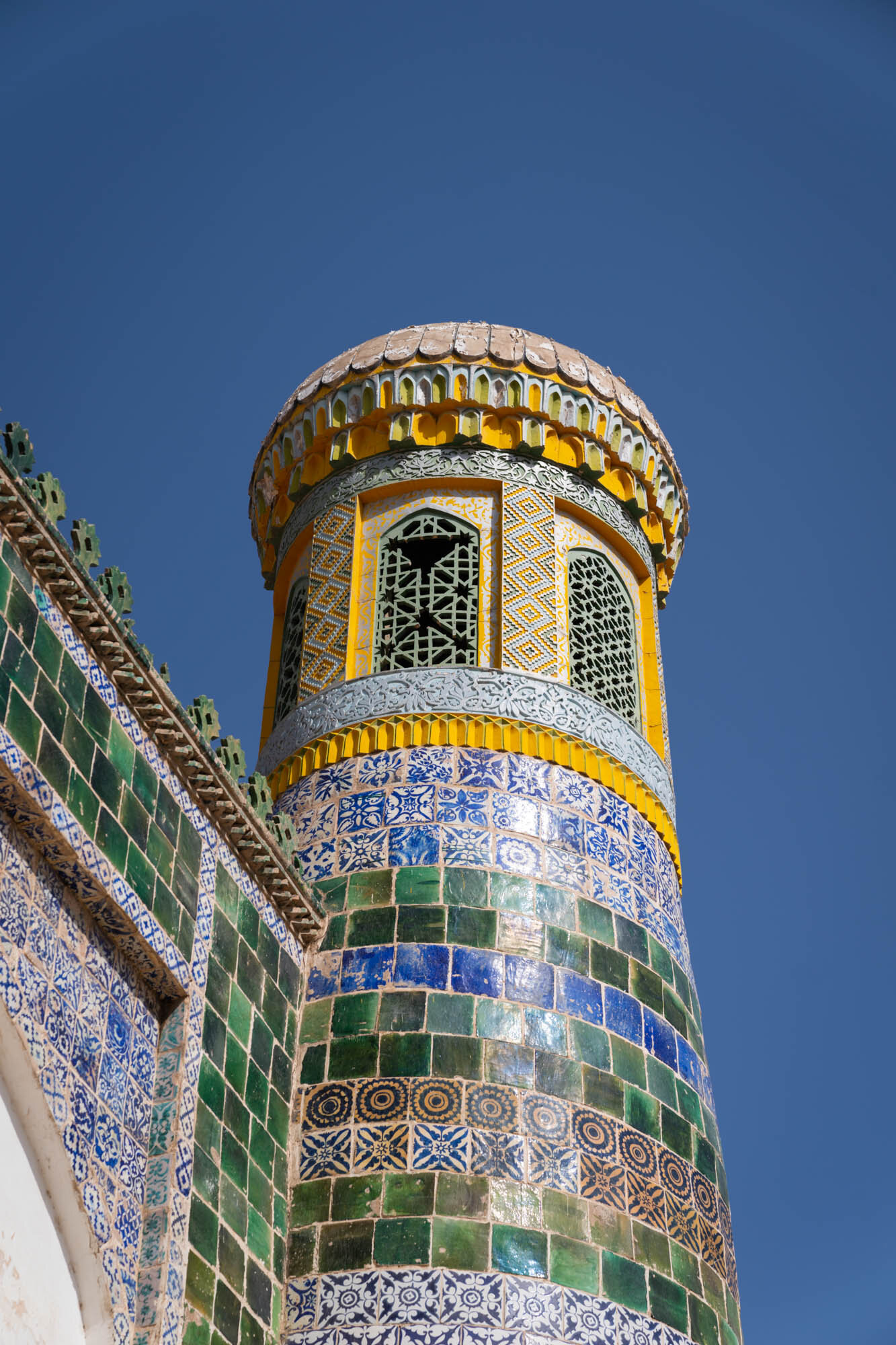
Architectural details from the Afāq Khoja Mausoleum.
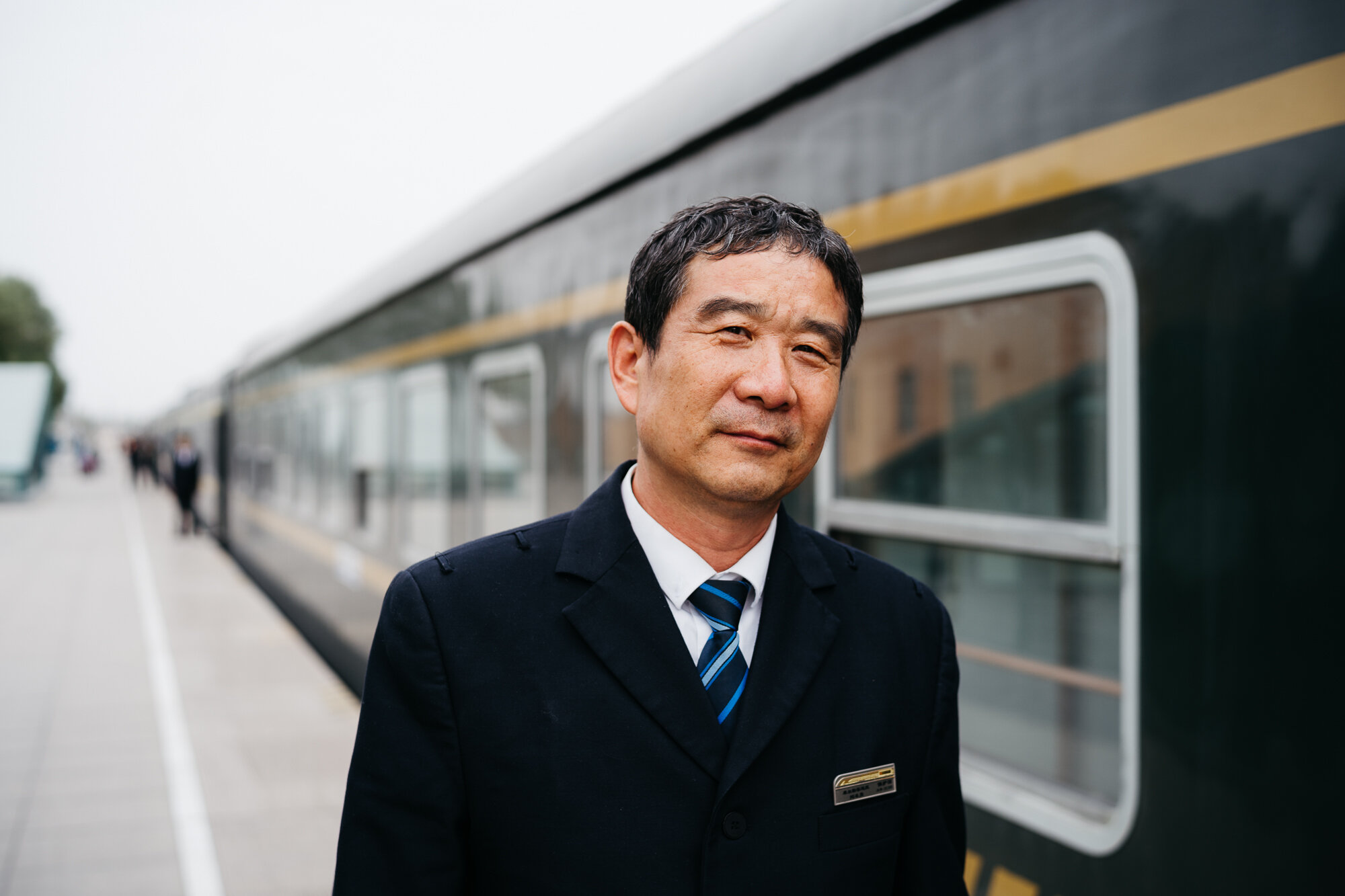
The train from Kashgar to Urumqi; an 18 hour journey along the northern rim of the Taklamakan desert.
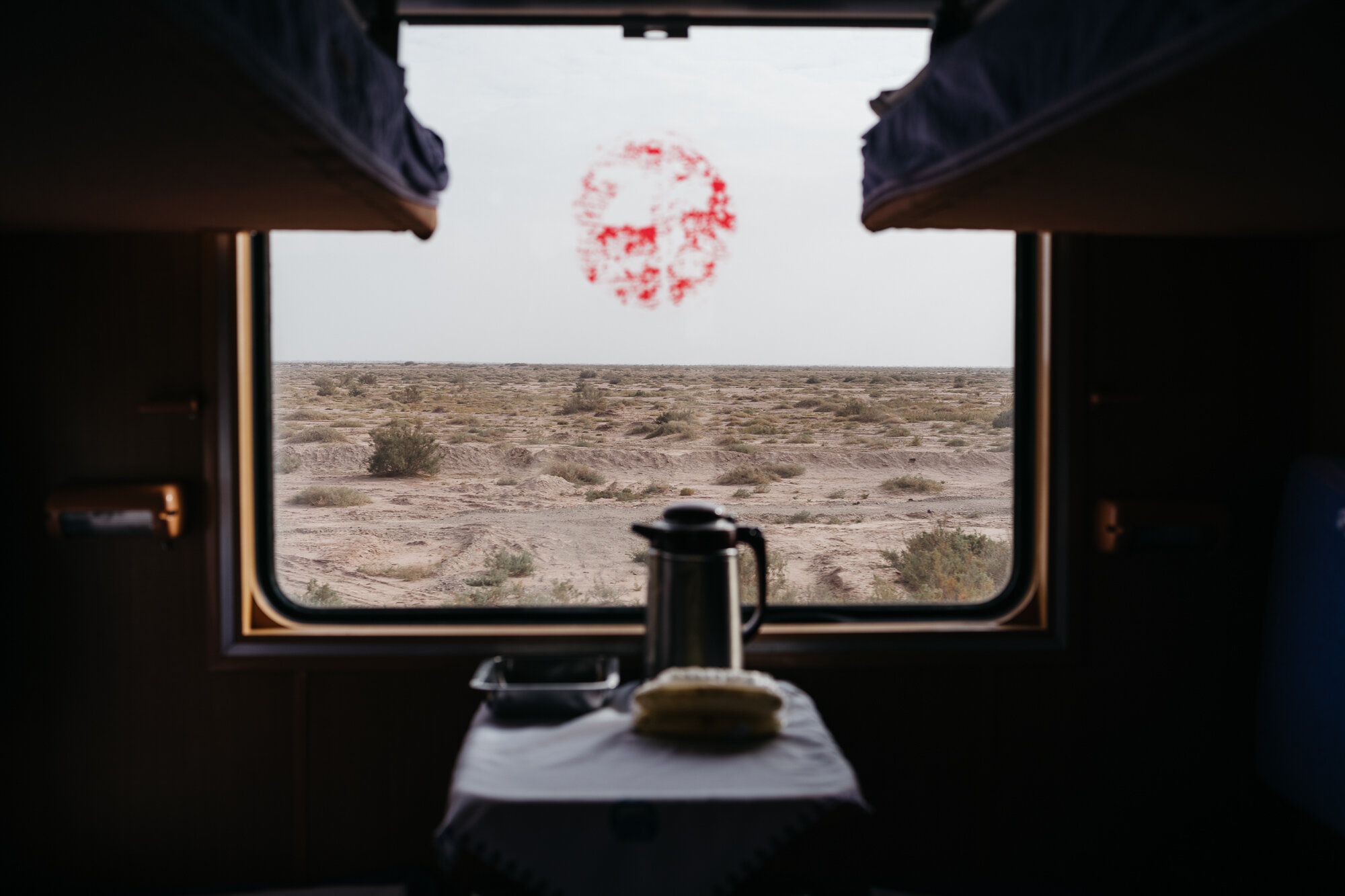
Looking out on the Taklamakan desert, the view for 18 hours.


